
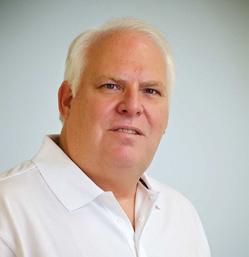






Vol. 15 1technation.com ADVANCING THE BIOMEDICAL / HTM PROFESSIONAL MARCH 2024 Taylor Dunbar PROFESSIONA Patrick Lynch L I FETIMEACH Keven Sun I SOEMPLOY E YE A R PAWAR D Bryant Hawkins Sr. I N D USTRYINFLUENCEROFTHEY E A R TECH CHOICE AWARDS 2024 The Wrenchies Sage Services O U TSTANDINGVENDOROFTHEY E A R Florida Biomedical Society ASSOCIATION OFTHEYEAR SPECIAL EDITION (The Wrenchies) PAGE 52




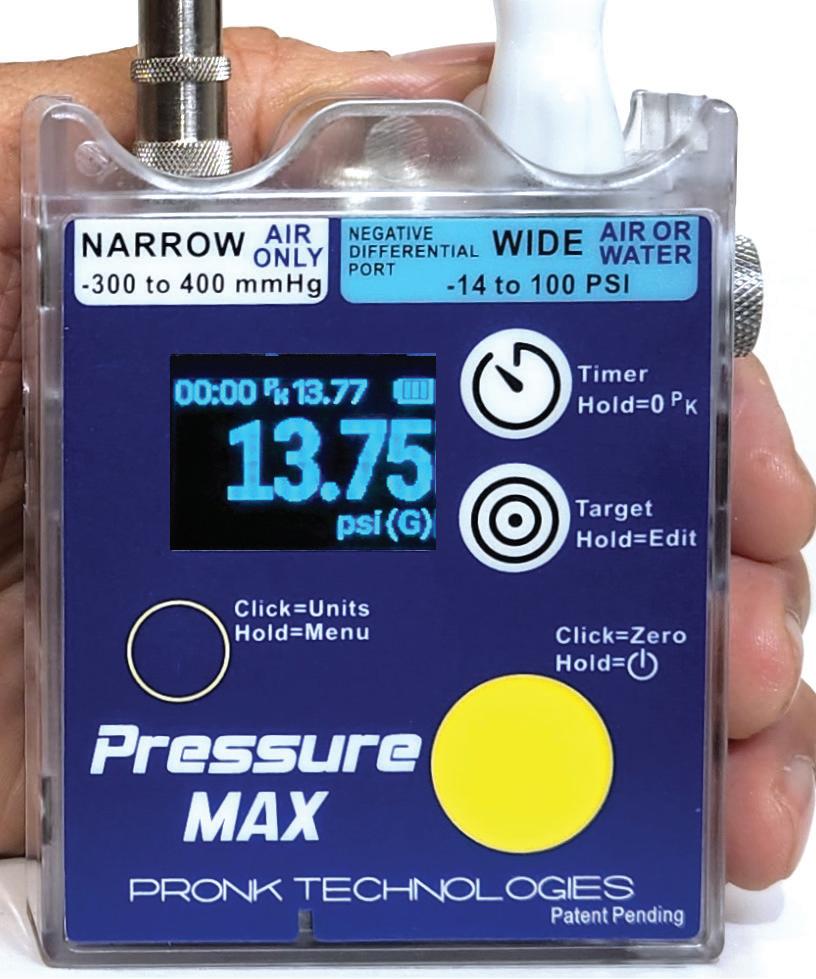









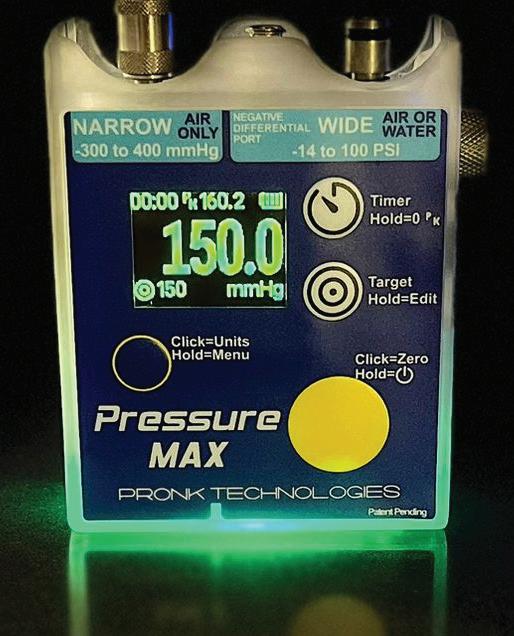




www.pronktech.com 800.609.9802 printsales@pronktech.com • • MADE IN USA NEW
The Insulation tester, Leak Tester Tester and Cable Continuity Tester are easy-to-use devices for verifying the functionality of equipment for safety
McGan Insulation Tester
Detect & locate defects such as pinholes, cracks and bare spots in the jacket or coating of laparoscopic and bi-polar electrosurgical instruments


Leak Tester Tester
Test the functionality of automated & handheld endoscope leakage testers with healthmark’s new Leak Tester Tester.
Cable Continuity Tester
Test the quality of monopolar and bipolar cords with this user-friendly, durable device. A green light notifies the user that the cable passed testing.

For
Healthmark’s
INTELLIGENT SOLUTIONS FOR INSTRUMENT CARE & INFECTION CONTROL HMARK.COM | 800.521.6224
care and infection control, visit HMARK.COM
more of
intelligent solutions for instrument
VERIFY THE INTEGRITY OF EQUIPMENT
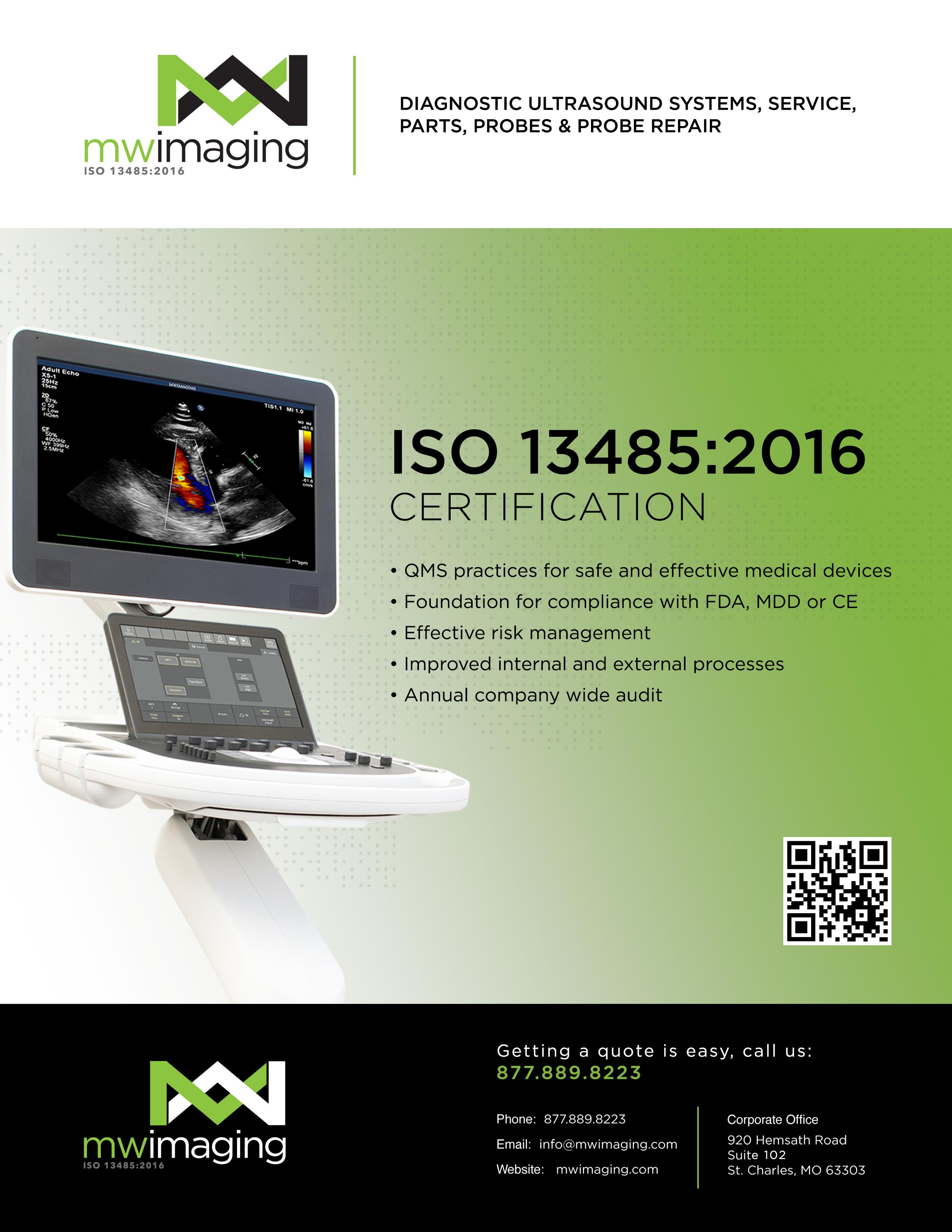
PROBO MEDICAL
PROBO MEDICAL
Your Ultrasound Partner
Your Ultrasound Partner
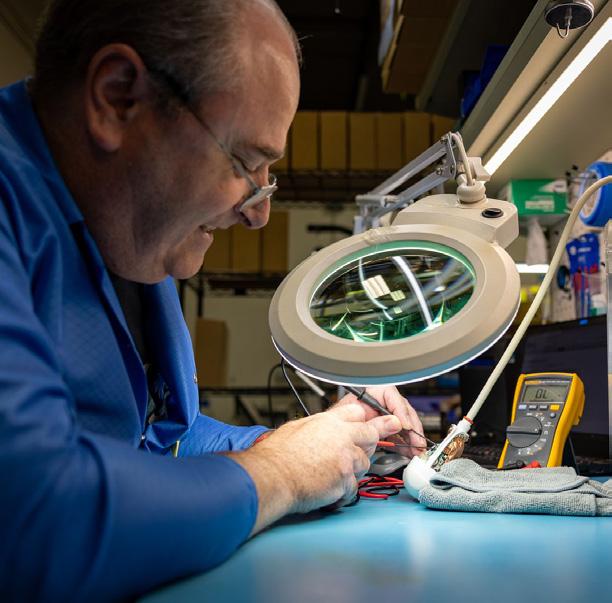

FREE TECH SUPPORT
FREE TECH SUPPORT
QUALITY, TESTED PARTS
QUALITY, TESTED PARTS
ULTRASOUND SERVICE TRAINING
ULTRASOUND SERVICE TRAINING
PROBE REPAIR WITH FREE LOANERS
PROBE REPAIR WITH FREE LOANERS
NEXT DAY RENTALS
NEXT DAY RENTALS
SERVICE ACROSS THE US
SERVICE ACROSS THE US
Mention this ad for 10% OFF your next part or repair.
Mention this ad for 10% OFF your next part or repair.
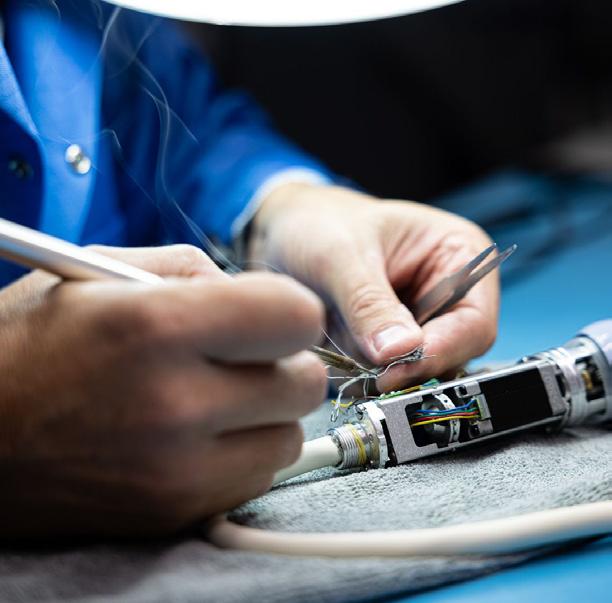

HAVING PROBLEMS WITH YOUR ULTRASOUND PROBE?
HAVING PROBLEMS WITH YOUR ULTRASOUND PROBE?
Scan the QR code and get an instant quote by using our free ultrasound probe evaluation tool.
Scan the QR code and get an instant quote by using our free ultrasound probe evaluation tool.
WWW.PROBOMEDICAL.COM
WWW.PROBOMEDICAL.COM
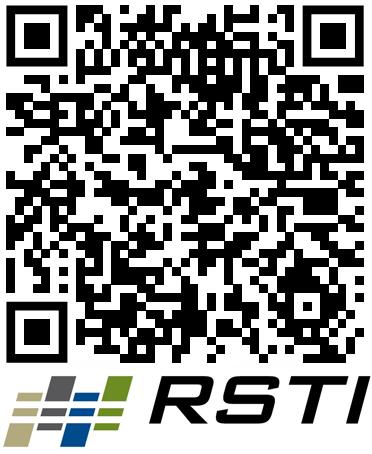
15 22 29 12 19 26 11 18 25 1 15 22 29 6 13 20 27 10 17 24 1 15 22 29 12 19 26 2 9 16 23 30 14 21 28 4 11 18 25 9 16 Principles of Servicing Diagnostic X-Ray Systems (Phase 1) Principles of Servicing Diagnostic X-Ray Systems (Phase 1) eLearning Advanced Radiographic Systems Maintenance (Phase 2) Advanced Digital Imaging Systems Maintenance (Phase 3) Advanced Diagnostic Imaging Systems Analysis (Phase 4) PACS Engineer/Administrator Certification (Phase 1) eLearning Sep PACS Engineer/Administrator Certification (Phase 2) eLearning PACS Troubleshooting (3 days) eLearning C.A.M. (Capital Asset Management) Intro to Diagnostic Imaging & PACS For Managers & Sales Professionals GE Optima/Discovery/Definium DR Family: Optima XR640/XR646, Discovery XR650/XR656, Definium 6000/8000 Sep Feb Aug Philips Easy Diagnost Eleva Philips Digital & Bucky Diagnost 22-26 26-30 Siemens Luminos Agile 2-5* 7-11 Shimadzu RADspeed/RADspeed Pro 5-9 7-11 Private Practice X-Ray Systems (CPI CMP200 & Quantum Odyssey HF) Jul 29-Aug 2 Injector Systems 11-15 GE AMX Portable (IV, IV+) Jul 29-Aug 2 GE Optima XR200/XR220/XR240, & Brivo XR285 Digital Portables 25-29 Sep 30-Oct 4 Shimadzu MobileDaRt Evolution Portables (Evolution EFX, MX7) 21-25 Canon RadPro Digital Oct 28-Nov Philips MobileDiagnost Digital Oct 28-Nov Fuji FDR Go & Go Plus 4-8 Multi-Product C-Arm OEC 9800/9900 OEC 9900 C-Arm Aug OEC Elite (CFD) Flat Panel C-Arm Aug Philips Veradius C-Arm Oct Philips BV Pulsera C-Arm Aug GE Innova/IGS/Optima Family (21/31/4100, 3XX/5XX/6XX) Philips Allura FD Family (FD10/FD20) Lorad Multicare Platinum Breast Biopsy System Aug GE Digital Mammography (1-week ESSENTIAL only) Hologic Selenia Digital Mammography Oct Hologic Dimensions 3D Tomo Digital Mammography Jan 29Hologic MG Products: Affirm, SecurView, R2, ATEC Sapphire Feb Oct Siemens Inspiration or Novation Nov Multi-Vendor Bone Densitometry Aug Dec Principles of Servicing US Systems (2.5 days) Mar Sep Dec Philips Epiq 5 & Epiq (2.5 days) Mar Sep Philips iU22/iE33 (2.5 days) Sep GE Logiq E9, Vivid E9 (2.5 days) Principles of Servicing Multivendor CT Systems GE Optima, Brivo, VCT, LS, BS CT Family GE Revolution & Discovery CT Philips Brilliance Family Siemens Sensation Family Siemens Definition Family Servicing Multivendor MRI Systems Siemens MRI Family (Aera, Skyra, Espree, Avanto) GE Excite & GEMS MRI Family (X) Principles of Servicing Nuclear Medicine Systems Mar 1 3-7 Sep 9-13 Siemens Symbia Family 10-14 CRES CERTIFICATION CRES Certification Prep Apr 22-26 Oct 28-Nov Oct 21-Nov Nov 4-15 Aug 19-30 Sep 9-20 Sep 9-20 Apr 8-19 Apr 15-26 May 13-24 MRI TRAINING COURSE TITLE EXHIBITS, PRESENTATIONS & NOTES WOMEN'S HEALTH NUCLEAR MEDICINE CT C-ARMS NETWORKING & DIGITAL INFO X-RAY CERTIFICATE SERIES MANAGEMENT PRODUCT SPECIFIC CARDIAC PORTABLES ULTRASOUND OCTOBER Jul 8-19 NOVEMBER DECEMBER JANUARY FEBRUARY MARCH APRIL MAY JUNE JULY AUGUST SEPTEMBER Dec 2-13 Dec 2-13 L A B O R D A Y T H A N K S G I V I N G May 6-17 Sep 23-Oct Sep 23-Oct Sep 30-Oct 11 Sep 30-Oct 11 Oct 14-25 Oct 14-25 Oct 7-18 Jan 8-19 Feb 5-16 Nov 4-15 Mar 4-15 Jun 3-14 Jun 17-28 Jun 3-14 Jan 22-Feb Aug 5-16 Mar 18-29 Mar 18-29 Jan 8-19 STATE OF OHIO REGISTRATION NO 93-09-1377T WWW.RSTI-TRAINING.COM/REGISTER CHECK OUT OUR COURSE CALENDAR! rsti-training.com | registration@rsti-training.com 2024 Course Schedule Register online at rsti-training.com/register or call 440-349-4700 Improving the quality of diagnostic imaging service through knowledge, education and Fully Engaged Hands-on Learning™. ISO 9001:2015 Certified (IQC Certificate No. Q-1158); State of Ohio Reg. No. 93-09-1377T
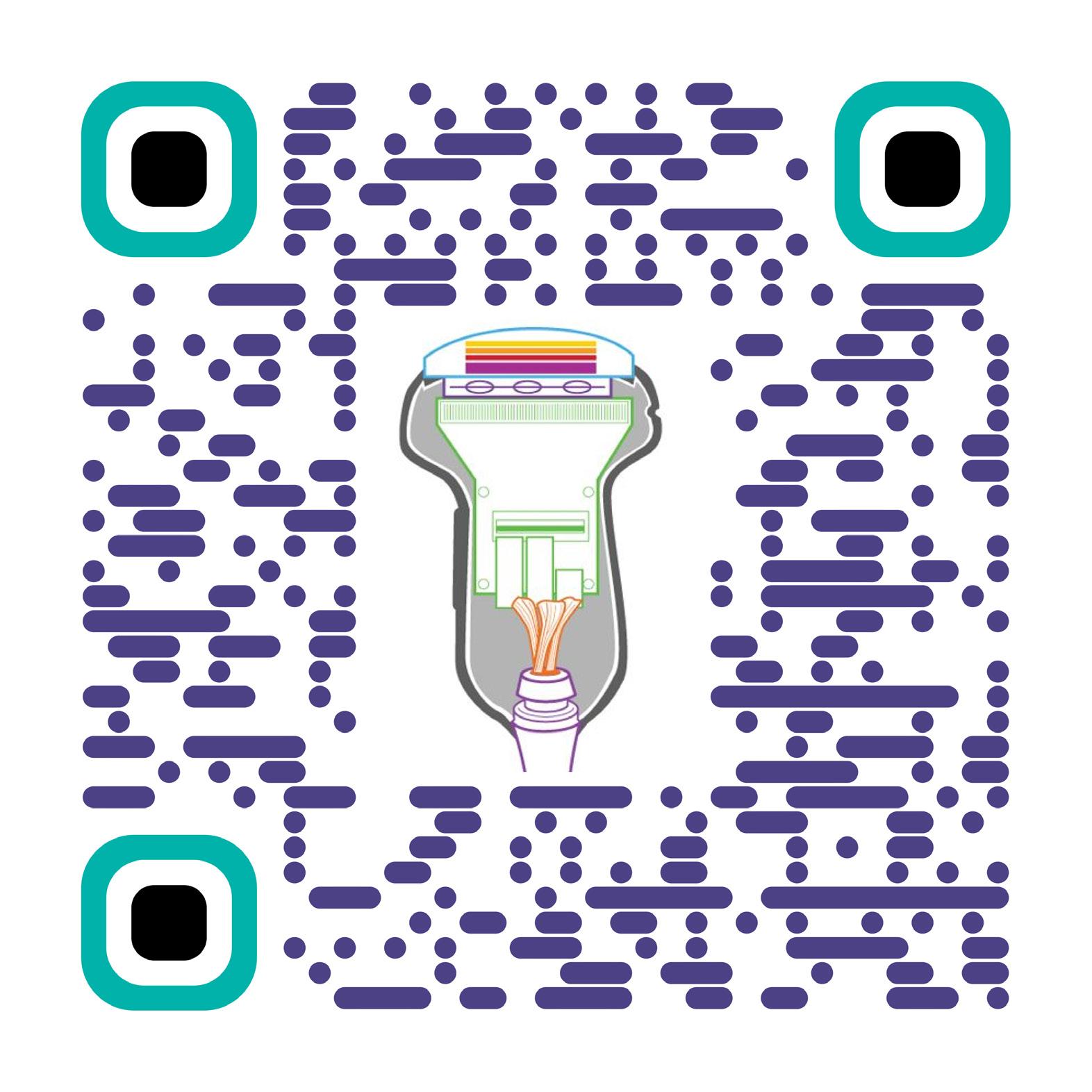
Centers of Excellence for Ultrasound Probe and MRI Coil Repair, and Design & Manufacturing Innovatus Imaging vs. XYZ Probe Repair Which is best for you, your patients, and your budget? Take the Probe Repair Challenge and find out! 844-687-5100 customercare@innovatusimaging.com Scan here to see how our clients are optimizing their uptime and budget with Innovatus Imaging. Visit us at booth 203 at MDExpo in Las Vegas April 7 - 9
CONTENTS
P.12 SPOTLIGHT
p.12 Department of the Month: Memorial Hospital of Sweetwater County Biomedical Engineering Department
p.14 Professional of the Month: Bryan Bailey, CBET, CLRT
p.16 Next Gen: Katelyn Reynolds
p.18 Shifting Gears: Serving the Underserved
P.21 INDUSTRY UPDATES
p.21 News & Notes
p.26 Ribbon Cutting: EzBizPortal
p.28 ECRI Update
p.31 Welcome to TechNation
p.32 AAMI Update
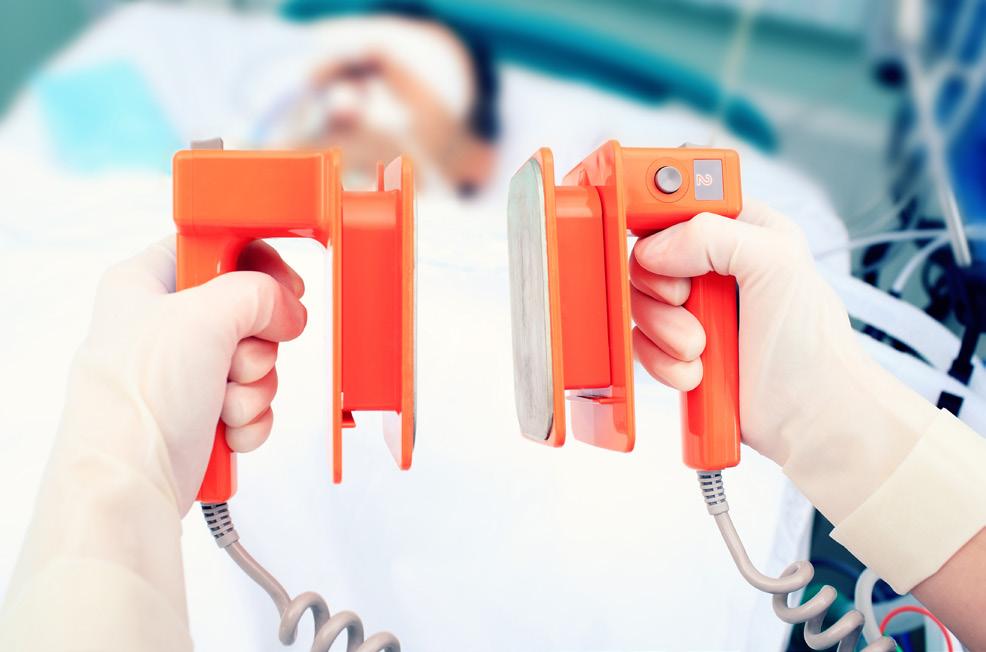

P.34 THE BENCH
p.34 Biomed 101
p.37 Tools of the Trade
p.39 Webinar Wednesday
P.41 FEATURE ARTICLES
p.41 Roundtable: AEDs & Defibrillators
p.48 Cover Story: Cybersecurity Update
p.52 Tech Choice Awards
P.62 EXPERT ADVICE
p.62 Career Center
p.64 SPONSORED: Innovatus Imaging
p.66 The Future
P.68 CONNECTED
p.68 Cybersecurity
p.70 HIMSS
p.72 Health-ISAC
p.74 Networking Notes
TechNation (Vol. 15, Issue #3) March 2024 is published monthly by MD Publishing, 1015 Tyrone Rd., Ste. 120, Tyrone, GA 30290. TechNation magazine is dedicated to providing medical equipment service professionals with comprehensive, reliable, information concerning medical equipment, parts, service and supplies. It is published monthly by MD Publishing, Inc. Subscriptions are available free of charge to qualified individuals within the United States. Publisher reserves the right to determine qualification for a free subscriptions. Every precaution is taken to ensure accuracy of content; however, the information, opinions, and statements expressed in the articles and advertisements herein are those of the writer and/or advertiser, and not necessarily those of the publisher. ©2024
48 41
March 2024 | TechNation 9
PUBLISHER John M. Krieg
VICE PRESIDENT Kristin Leavoy
VICE PRESIDENT Jayme McKelvey OF SALES
EDITORIAL
CONTRIBUTORS
ACCOUNT
EXECUTIVES
John Wallace
Roger Bowles
K. Richard Douglas
Jim Fedele
Joie Marhefka
Manny Roman
Steven J. Yelton
Megan Cabot
Emily Hise
ART DEPARTMENT Karlee Gower
Taylor Hayes
Kameryn Johnson
DIGITAL SERVICES
Cindy Galindo
Kennedy Krieg
Haley Wells
EVENTS
Kristin Leavoy
WEBINARS Linda Hasluem
HTMJOBS.COM
ACCOUNTING
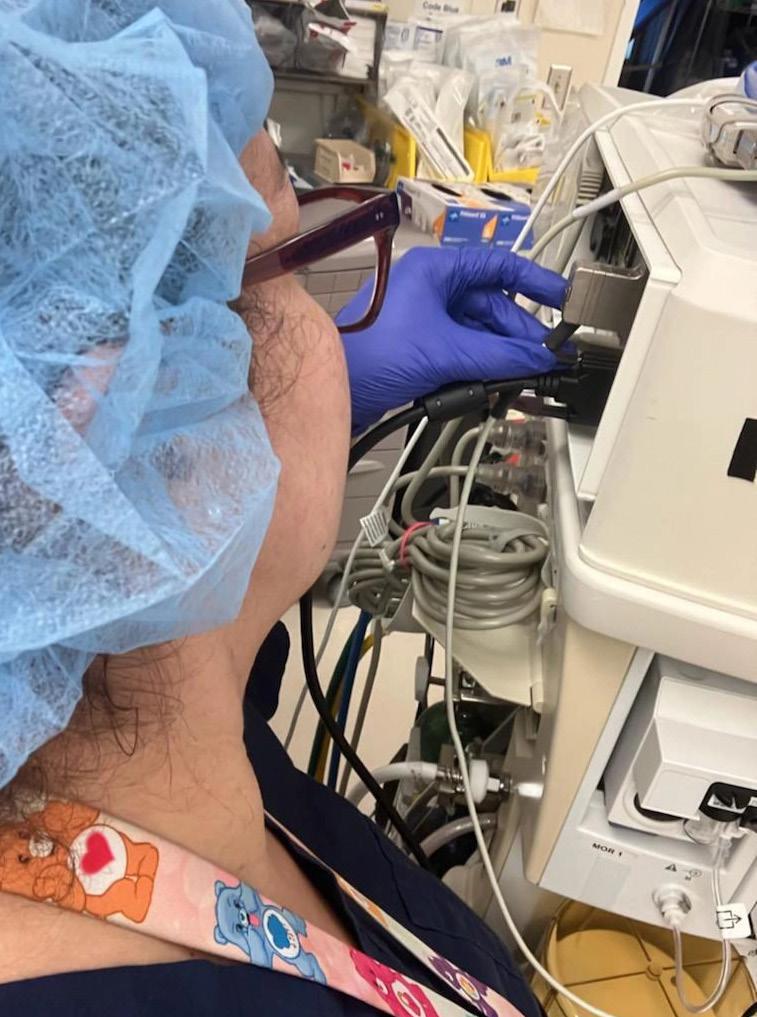
Kristen Register
Sydney Krieg
Diane Costea
CIRCULATION Joanna Manjarrez
EDITORIAL BOARD
Rob Bundick, Director HTM & Biomedical Engineering, ProHealth Care
Carol Davis-Smith, CCE, FACCE, AAMIF, Owner/ President of Carol Davis-Smith & Associates, LLC
Jim Fedele, CBET, Senior Director of Clinical Engineering, UPMC
Bryant Hawkins Sr., Site Manager, Children’s Hospital of New Orleans
Benjamin Scoggin, MBA, MMCi, Director, Clinical Engineering | Biomedical Operations, Equipment Distribution, Clinical IT, DHTS, Duke Health Technology Solutions
Allison Woollford, Biomedical Equipment Specialist at Duke University Health System

Bryant Hawkins Sr., HTM on the Line, Trimedx Site Manager at Children’s of New Orleans
Dr. Brian Bell, HTM Workshop, Faculty Biomedical Engineering at St. Petersburg College in St. Petersburg, Florida
Carlos Villafane, BMET Latino, Certified Biomedical Engineering Technician III, Baycare Health Systems
Chace Torres, Bearded Biomed, Lead Technician SPBS, Dallas-Fort Worth Metroplex
MD Publishing / TechNation Magazine 1015 Tyrone Rd., Ste. 120, Tyrone, GA 30290 800.906.3373 • Fax: 770.632.9090 Email: info@mdpublishing.com www.mdpublishing.com Proud supporters of
P.76 BREAKROOM p.76 [Contest] What’s on Your Bench? p.77 TechNation Poll p.78 Bulletin Board Sponsored by MedWrench p.79 Biomed Brainbuster p.81 CMIA Scrapbook p.86 #ShowUsYourShop p.82 Service Index p.85 Alphabetical Index 86 Like us on Facebook, facebook.com/TechNationMag Follow us on LinkedIn, linkedin.com/company/iamtechnation Subscribe to TechNation TV, youtube.com/@TechNation_TV
DIGITAL ADVISORY BOARD
10 TechNation | March 2024
With a focus on biomedical equipment, imaging, compliance, and IT/Cybersecurity training, our programs provide practical and specialized education to equip professionals with the skills necessary for success. Whether you are looking to advance your career or enter the HTM industry, our flexible and accessible courses ensure that you can effectively balance your work commitments while pursuing your education. Join us to gain the expertise needed in these critical areas of healthcare technology and unlock new opportunities for professional growth.


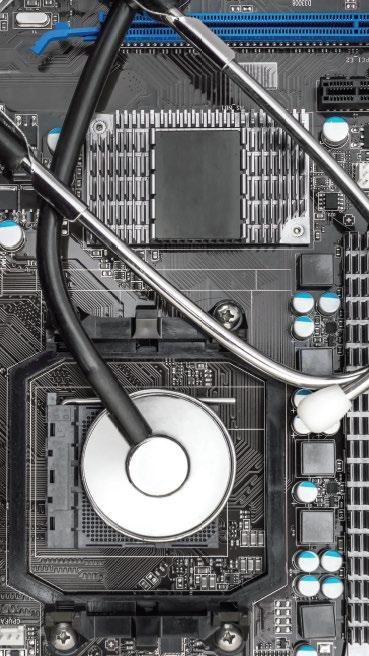





210.233.1102 www.cbet.edu Take the next step in your Professional Journey
Terms every 6-Weeks
speak
call
at 210.233.1102 or visit www.cbet.edu/apply-now. Certification CompTIA DoD Approved Veterans Training VR Labs Fully Integrated
New
To
with an Academic or Career Counselor
us
DEPARTMENT OF THE MONTH
Memorial Hospital of Sweetwater County Biomedical Engineering Department
BY K. RICHARD DOUGLAS
Scenic drives and an old-west museum are just two attractions in Rock Springs, Wyoming. The western city was home to coal mining during the cowboy days and was known as the city of “56 nationalities” because the coal mines attracted workers from all over the world.
The local hospital has roots that go back more than 130 years.
On December 2, 1893, dedication ceremonies were held for the construction of the new Miner’s Hospital. Two years later, the hospital’s name was changed to Wyoming General Hospital. On the first day of 1948, ownership of the hospital was transferred to Sweetwater County and the hospital was renamed Memorial Hospital of Sweetwater County.
The original hospital eventually closed and a new, more modern facility opened its doors in 1978. Additional expansion projects in 1986 and 2010 further improved and added to the hospital. In 2014, a new building was added to house the many clinics that were affiliated with the hospital. Additional facilities were added in 2017 and 2020.
The HTM team that manages the hospital’s medical equipment consists of only two members: Jody Butler, biomedical equipment technician with four years of experience, and Mark St. Marie, biomedical engineering manager, with 26 years of experience.
“We’re a two-man shop that manages 1,600 assets,” Butler says.
With only two members, the Memorial Hospital of Sweetwater County Biomedical Engineering Department has to be efficient.
“Though Mark and I are first response, we have service contracts for equipment in our medical imaging department and our OR. Our service techs from those manufacturers can be hours away, most are based out of Salt Lake City, Denver or other parts of Wyoming. We work closely with techs from those manufacturers to see if there’s anything we can do to keep malfunctioning equipment up in the event of road closures, limited parts availability or long travel time,” Butler says.
With only two members, the team has to split up coverage while also needing a comprehensive knowledge of everything in the facility’s medical equipment inventory.
St. Marie handles the dialysis unit and Butler handles patient monitors.
“Mainly because each of us has attended manufacturer training for those. We do what we can to help each other out in all areas though. It’s hard to say ‘this is your area, this is mine’ when there’s only two of us for the whole facility,” Butler says.
The team uses its CMMS system to review asset histories through PMs and work orders to evaluate equipment and discover trends to determine if new equipment is needed.
“Whether that’s because a piece of equipment costs more to maintain than buying a new one, it’s going end of life or anything in between,” Butler says.
“We work closely with IT to make sure any devices the staff need can be supported by both departments. Whether that’s as simple as connecting devices to the network, security or working to make sure a device is talking to an IT-managed server. We help each other out wherever we can,” Butler adds.
BEING THE FLOAT SENSOR
Device integration was a recent project for the small team, but a necessary innovation.
SPOTLIGHT
12 TechNation | March 2024
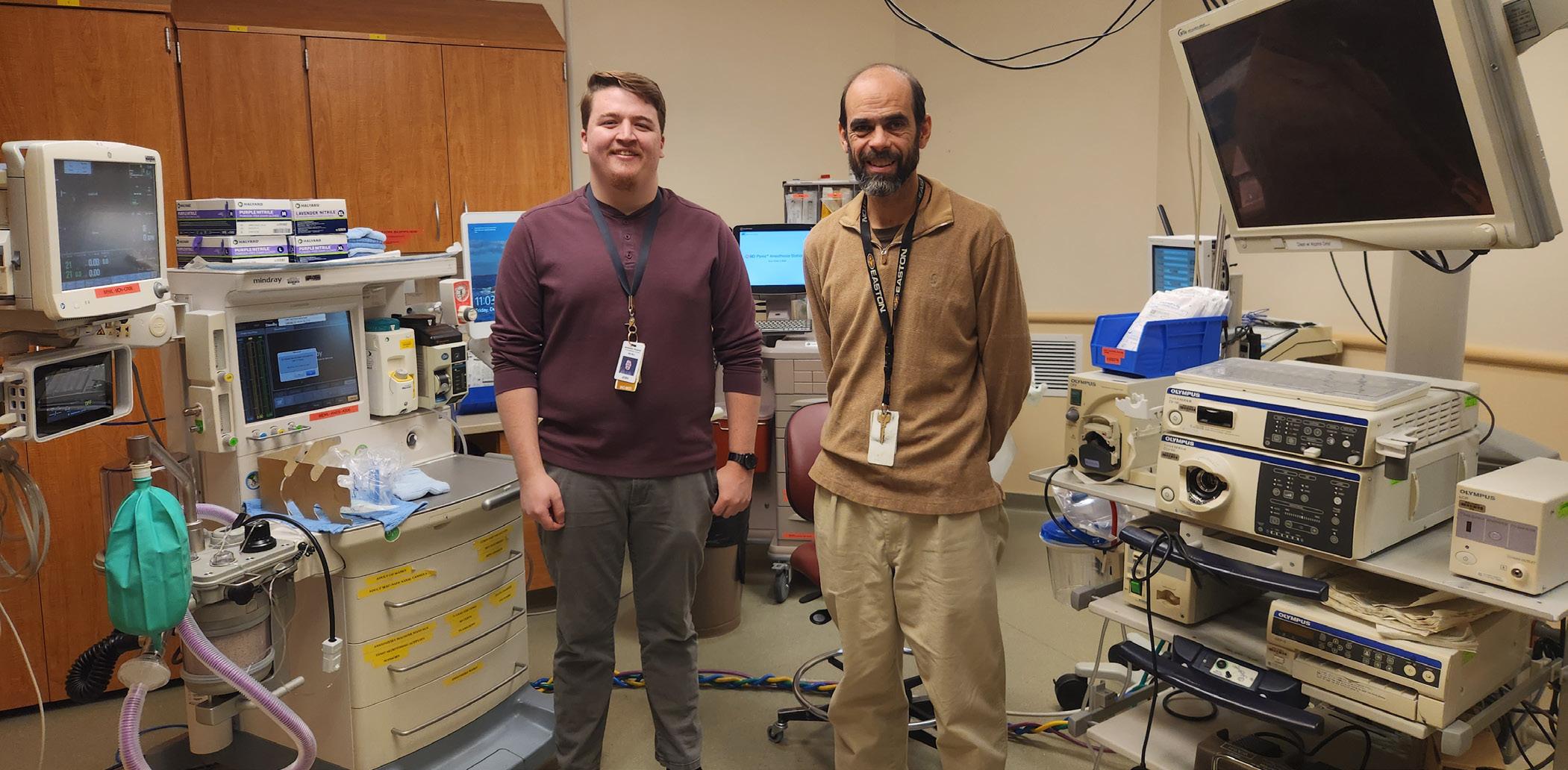
“Having medical devices that send all their data to our electronic medical record (EMR) is new to our facility. In early 2022, we helped IT and nursing informatics in getting all our devices integrated into our new EMR. This included installing all new patient monitors that can interface with our EMR housewide,” Butler says.
He says that they also connected the existing anesthesia machines.
“This was a big undertaking for Mark and me. While this was all happening, we were getting ready for a new CMMS system; where I had to manually import our years of existing assets/records using Excel sheets,” Butler says.
He says that before the project, their old monitors only communicated with a central station.
“Most departments were still manually charting all patient vitals. Getting new monitors was lumped into getting a whole new EMR, so our nurses could spend more time taking care of patients, rather than manually charting at a computer,” Butler explains.
“It was a busy time. We had to come in on a few weekends to keep up. But I believe we handled it well,” Butler says.
In addition to the big projects, the two-man team has also addressed a real challenge using resourceful thinking.
“Our dialysis unit has an RO system that circulates water for all the machines. One day a float sensor in the RO tank went out. That float sensor was responsible for opening a valve that introduces new water into the recirculation loop. Without that float, the valve doesn’t open. Thus, not supplying water, and shutting down our dialysis unit,” Butler says.
“We’re a two-man shop that manages 1,600 assets”
- Jody Butler
He says that this turned out to be a yearlong process involving the nursing informatics, IT and biomed departments.
“We would work with IT to develop and test the patient monitoring network on a separate VLAN that would allow the monitors to communicate with the EMR. Nursing informatics had us simulating every parameter the monitors were capable of, to verify the data would flow into the EMR under the correct label. Then, to get ready for our EMR go-live, we had to check in all the new monitors (150-plus devices) and install them with some help from the manufacturer,” Butler adds.
He says that meanwhile, the biomed team had to keep up with its normal duties such as PMs and everyday work orders.
He says that the new sensor could be overnighted, but they could not shut down the unit.
“Those patients would have to drive three hours to Salt Lake City, Utah, to receive treatment. So, Mark and I took shifts being the float sensor. We would stand in the RO room, watch the tank, and manually open the valve when the water level was low. We had to do this for two days. Day 1 we ordered the part; it arrived on Day 2. But we couldn’t shut down the system while patients were receiving treatment. So, we waited till after hours on Day 2 to shut the system down and replace the float,” Butler says.
In addition to their work duties, the team finds the time to broaden their knowledge and contacts.
St. Marie is an AAMI member and has been to a few conferences. Butler plans on taking the CBET test. Never underestimate a small biomed department because the team at Memorial Hospital of Sweetwater County is getting the job done and reflecting well on the profession.
March 2024 | TechNation 13
Jody Butler and Mark St. Marie make up the two-man biomedical engineering department at Memorial Hospital of Sweetwater County.
PROFESSIONAL OF THE MONTH Bringing Value to the Position
Bryan Bailey, CBET, CLRT
BY K. RICHARD DOUGLAS
It takes real tenacity and drive to enter the biomed profession 13 years after starting the journey.
That was the case for Bryan Bailey, senior medical systems engineering technologist (senior MSET). Bailey works in the Healthcare Technology Management (HTM) Department at Northwest Texas Healthcare System (NWTHS) in Amarillo, Texas.
Bailey’s preparation to land a biomed job took a circuitous route. He gathered a lot of relevant experience along the way.
“After getting out of the Navy I was searching for my purpose and found, with my skill set and military training, that it would be a natural fit; I then began the journey of getting to the point where I got an opportunity to become a biomed. It took 13 years to get there; but I did,” he says.
Bailey did not start out with biomed-specific training. He took the route that some biomeds undertake by getting trained in electronics first. Much of his education was also hands-on experience.
“No, I did not go through a formal program. I enlisted in the Navy in February 2000 as an Interior Communication Electrician, after I completed a Common Core Program, Electronics Core Program, my ’A School’ (IC School) and my ’C School’ (SITE Television), I arrived at my first command in July 2001. From there I
learned through on-hands training and self-teaching, through technical manuals and tech support,” he says.
He says that during this time, he learned that with the right resources it is possible to excel at anything if you put your mind to it.
“After that I held a job at the Red Cross doing emergency messaging for the U.S. military, then I worked for a military contractor fixing training weapons for the U.S. Army, which led to me becoming a repair technician repairing ATMs, cash registers and self-checkout machines,” Bailey says.
Since becoming a biomed in 2019, Bailey has held positions as a medical systems technician (MST), medical systems engineering technologist II (MSET II) and his current position as a senior medical systems engineering technologist (Senior MSET).
BRINGING VALUE TO THE POSITION
When met with a challenge, Bailey’s resourcefulness kept him busy and essential. This was particularly relevant at the beginning of the COVID-19 pandemic.
“Being new to the industry, I had no specialization. Knowing that at times like this, cuts would be made, I expected to be let go. My director at the time kept the shop whole and fought to keep me in the department. At that point, I realized that I needed to make sure to find a way to make myself indispensable to my department and my facility,” Bailey says.
He says that he began to learn how to work on hospital beds as they would be the biggest asset
SPOTLIGHT
14 TechNation | March 2024
needed throughout the pandemic.
“By doing this, I was able to stand up a bed shop, get the right tools and equipment needed to provide full service on our beds and stretchers. I focused heavily on this and was able to show my director my willingness to learn. He then allowed me to learn new systems; he encouraged me to grow as a technician,” Bailey says.
Bailey adds that showing his director how he reacted to those hardships began to have his director entrust him with additional projects including work with higher level of care devices, which then led to working on respiratory equipment and anesthesia.
“Since that time, I have had a new director come in, and because of my willingness to teach myself and learn. I was able to help my new director step into his role at my facility and he has helped me continue to grow in the same way; that I am assisting in an MRI installation project, a monitoring upgrade project, and future planned projects and installations,” Bailey says.
When not working, Bailey has been a scuba diver since the early 1990s. He also enjoys spending time with family.
“My mom and dad raised me with a strong work ethic. I like to take time off to spend with my sister, two brothers and my two nieces and nephew. My family is why I do what I do. I want to make sure that if they ever need any medical equipment, that it’s up to standards, and by proxy, everyone that comes to a facility I work in gets treated with the same standard that I would expect my family to be treated with,” Bailey says.
It was a long time in coming, but Bailey’s experience and background have paid off for himself, the biomed profession and his department. It is the attitude of growth that will continue to provide benefits.

BIOMETRICS
FAVORITE BOOK:
“Digital Fortress” by Dan Brown
FAVORITE MOVIE:
The greatest action comedy of all time “Commando” with Arnold Schwarzenegger; it is the epitome of the ’80s!
HIDDEN TALENT:
Finding a way to make people laugh at something silly when they are stressed out and then helping them through that rough moment.
FAVORITE FOOD:
BBQ or pizza
FAVORITE PART OF BEING A BIOMED?
My favorite part of being a biomed is that I always will have something to learn. Any day I don’t learn something new is a wasted day to me.
WHAT’S ON MY BENCH?
The five things I have on my bench that I use to get through my day:
1. A picture of my niece and nephew in the Bahamas to remind me why I do this if the day gets rough.
2. A water bottle given to me by my respiratory department from Respiratory Therapist Week, as they feel I am part of the department because of the support I provide them.
3. My Wiha toolset for all my quick response calls.
4. My GI Joe Shipwreck Funko Pop.
5. A model replica of the ship I served on while I was in the Navy.
March 2024 | TechNation 15
NEXT GEN
POWERED BY YP AT MD
Katelyn Reynolds
TechNation recently found out about an Alabama biomed who has already impressed her director.
“Katelyn Reynolds is a young tech level II who would be great for this Next Gen article,” Children’s of Alabama Director of Biomedical Engineering Kelvin Knight wrote in an email.
Reynolds received her post-secondary education at Shelton State Community College, Jefferson State Community College and The University of Alabama at Birmingham where she earned an Associate of Applied Science and a Bachelor’s of Science. She currently serves as a Biomedical Equipment Technician II at Children’s of Alabama.
Q: WHERE DID YOU GROW UP?
A: Birmingham, Alabama
Q: WHERE DID YOU RECEIVE YOUR HTM TRAINING/ EDUCATION?
A: Jefferson State Community College
Q: HOW DID YOU FIRST DISCOVER HTM?
A: After transferring from Shelton State Community College in the summer of 2018, I saw a brochure at Jefferson State Community College.
Q: HOW DID YOU CHOOSE TO GET INTO THIS FIELD?
A: I always wanted to be in the health care field. After I tried nursing, I came across HTM and was very interested to learn more about it and pursuing it.
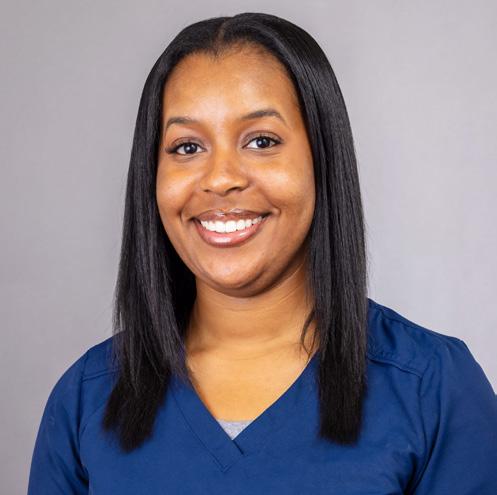
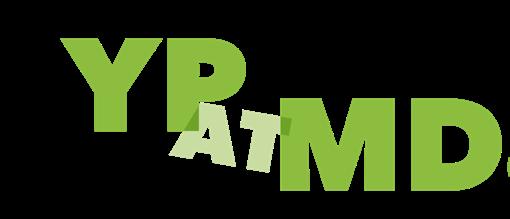
Q: WHAT DO YOU LIKE MOST ABOUT YOUR POSITION?
A: Being able to put a smile on my customers’ or patients’ faces and make a difference.
Q: WHAT INTERESTS YOU THE MOST ABOUT HTM?
A: I enjoy challenges – everyday there is something new to learn about and you never know what could possibly go on in that day.
Q: WHAT HAS BEEN YOUR GREATEST ACCOMPLISHMENT IN YOUR FIELD THUS FAR?
A: Recently, during our HTM Week, I received an award for biomed of the year, this made me feel very special to get this recognition.
Q: WHAT GOALS DO YOU HAVE FOR YOURSELF IN THE NEXT 5 YEARS?
A: I plan on getting more experience in the field as a Biomedical Equipment Technician II and going back to school to receive my master’s in healthcare quality and safety, to one day become a director of a department.
FUN FACTS
FAVORITE HOBBY: Traveling/trying new restaurants
FAVORITE SHOW OR MOVIE: “Shrek”
FAVORITE MEAL: Salmon
WHAT WOULD YOUR SUPERPOWER BE? To read another person’s mind
1 THING ON YOUR BUCKET LIST: To jump out of helicopter/plane.
SPOTLIGHT
16 TechNation | March 2024
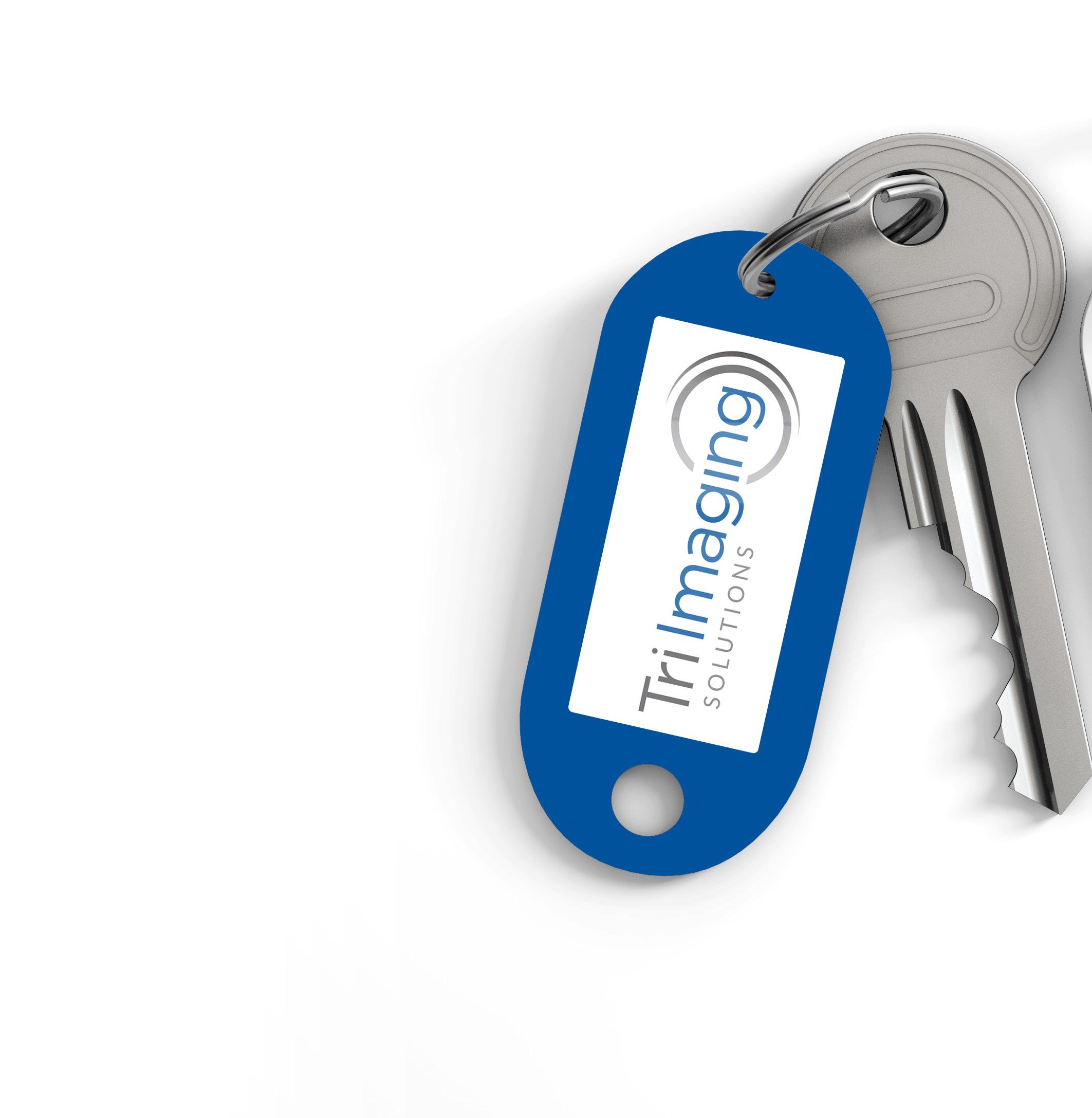

SOLUTIONS We have the key to your success. ISO 13485:2016 certified Become an Imaging Engineer. Start an exciting career as a Medical Imaging Service Engineer with the Apprentice Program at Tri-Imaging! We have a world-class hands on training facility at our facility in Madison, TN. 2 WEEKS BMET to Imaging 1 training 2 WEEKS BMET to Imaging 2 training 8 WEEKS Technical Services 12 WEEK APPRENTICE PROGRAM Visit triimaging.com/training/training-program.html to see our Training Calendar! 855.401.4888 Located in Nashville, TN
SHIFTING GEARS
Serving the Underserved
BY K. RICHARD DOUGLAS
Doctors, nurses and biomeds all have skills that they can provide to people in developing countries to improve health, longevity and quality of life. Much like the people in churches, who travel to poor areas of the world to build irrigation systems, health clinics and homes, the willingness of all these volunteers to help fellow humans is a gift. In some regards, it might be considered a sacrifice because these efforts most often involve travel, a commitment of time and energy and less than favorable conditions.
One thing that the people who make this type of commitment have in common is that they do not complain about any of these things. They are focused on the mission; to help, render service and improve quality of life.
One HTM professional who has volunteered his time to help people in underserved communities is Brian Gore, EP engineering specialist in Cardiovascular Services at Duke University Health System in Durham, North Carolina. Gore has been on several mission trips.
“The first thing that I can say about going on missions overseas is that it is a humbling, eye-opening experience. I have been on six missions. Three to Kampala, Uganda and three to Tegucigalpa, Honduras; beginning from 2017. Working in a medical facility with unlimited resources, you tend to become accustomed to quick fixes, calling technical support or just having the luxury of shipping a device off for repair. Those things do not exist in thirdworld countries. Having critical thinking skills and sound technical troubleshooting skills is paramount,” Gore says.
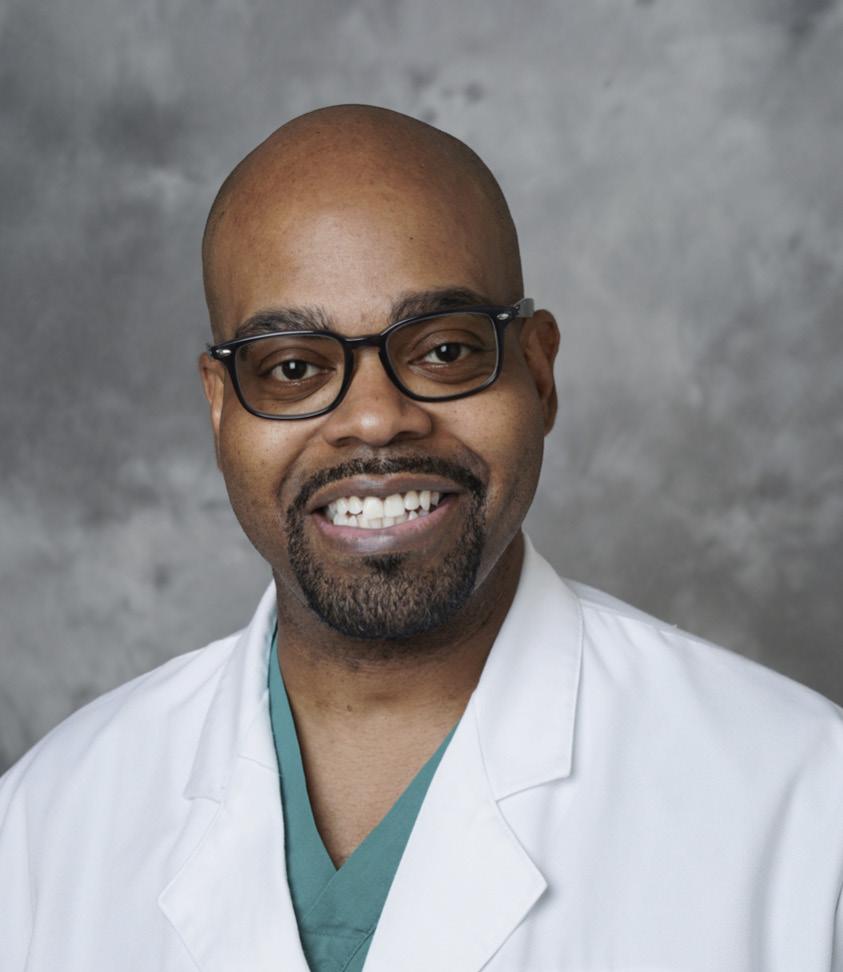
Many clinicians and support professionals from Duke Health have made these trips several times. In addition to volunteering their time and skills, they have also provided medical equipment and entire ORs.
In Gore’s case, he enjoys the opportunity to be a part of the teams that make these trips. He enjoys helping the people who benefit from the team’s interventions.
“I love going on these trips. I would like to thank Duke University Global Health for giving me this opportunity to give my time, energy and expertise to the unfortunate. These missions are one-week long and consist of very long work days usually 10+ hours a day,” Gore says.
He says that it is a lot of work while the team is at the location, but the self-discovery and camaraderie is worthwhile.
“Just the simple fact that we are saving a life, or bettering the quality of life for someone who would not normally have this opportunity, makes it all worth it. I am so inspired from the teams that I travel with. The teams are not the same from trip to trip, nor are the experiences the same. I always learn something different about myself from every trip,” Gore adds.
ASSISTING AS NEEDED
In a 2013 article on the Duke Raleigh Hospital blog, Dr. Michael Haglund explained that the Duke Global Health Plus program was started in 2007. By 2013, the program had already delivered more than 42 tons of new and used medical equipment.
The program’s value to patients in developing countries extends beyond the expertise offered by world-class clinical volunteers. There are also the medical devices and other medical supplies that are provided along with the expertise of an HTM professional.
In a 2019 article in DukeMed Alumni News, the work of a Duke team in Honduras highlighted an incredible
SPOTLIGHT
18 TechNation | March 2024
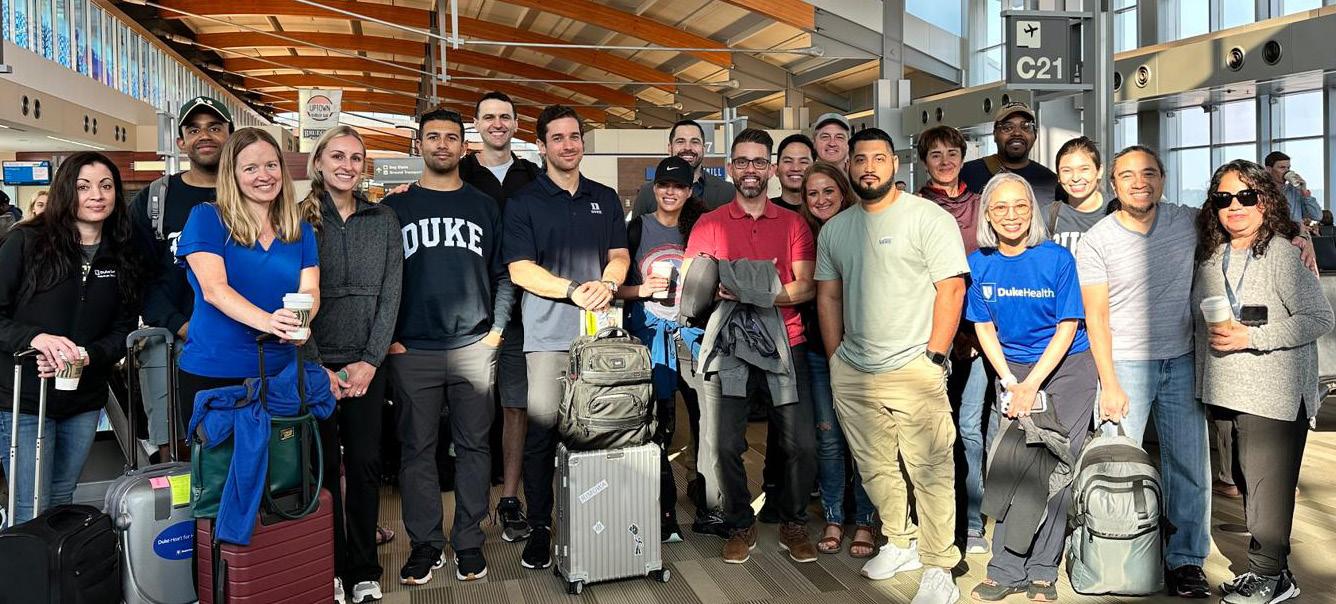
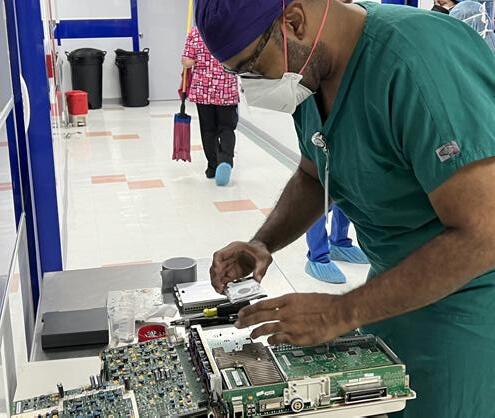
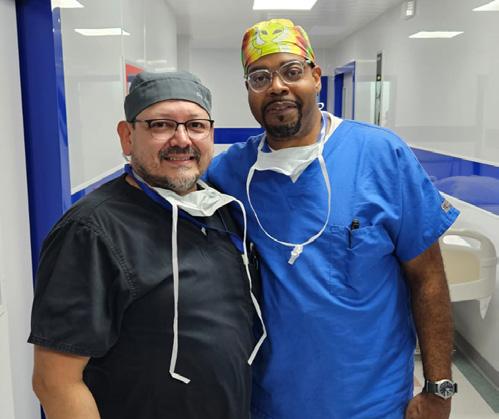
reality facing Honduran patients at that time. If the patient received a diagnosis that their heart required a valve replacement, then the burden was on the patient to gather all of the supplies required for the surgery; including the heart valve and an oxygenator.
While the Duke teams remove this enormous hurdle for the Honduran patients, they also supplement the local biomeds knowledge with the experience of an HTM professional like Gore.
“My role on these trips is explained simply; to keep all devices running properly and safe to use on patients and safe for providers to use. Being the engineer for the camp, the OR is not the only area that has devices; PACU, ICU, sterilization devices, etcetera. These facilities have their own biomed teams, so working with these individuals is very important. Establishing and knowing boundaries of what I work on and repair is crucial. But the objective in a mission camp is to know your role and also assist where needed. If there is help needed positioning a patient, I would step in and assist,” Gore explains.
Gore’s role during the trips was not only to support the efforts of clinical staff, but to also work with the local biomeds and provide insights and experience.
“The mission trips I have been on are teaching and learning opportunities. We would work closely with the native staff. I would work closely with the biomed team and we would bounce ideas off each other. I would show them my techniques and they show me theirs. Modesty goes a long way when interacting with them. In order for it to work, I cannot come across as arrogant [or] condescending. I learn just as much from them as I teach them,” Gore says.
Most of the volunteers in health care who travel to underserved communities to offer their skills feel personal reward and satisfaction from the experience. While physicians and nurses are needed to provide live-saving surgeries, there are also biomeds who play an integral role in these trips, who are enriched as well.
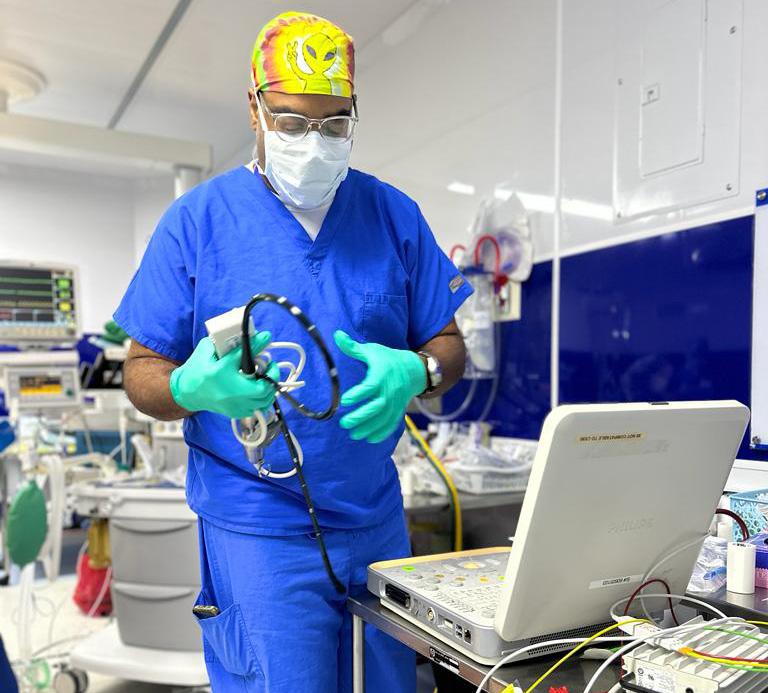


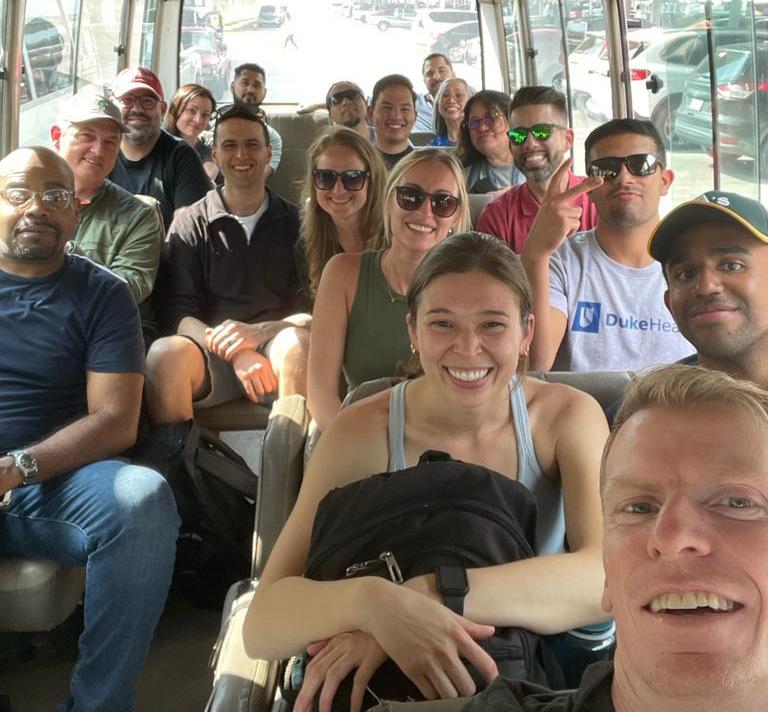
March 2024 | TechNation 19
NEWS & NOTES
Updates from the HTM Industry
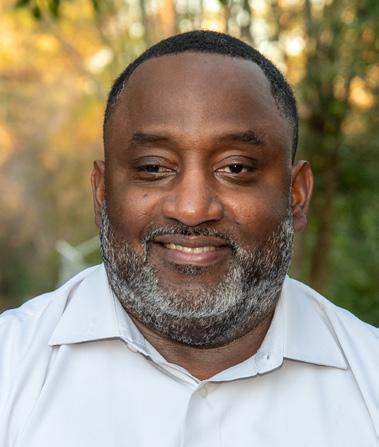

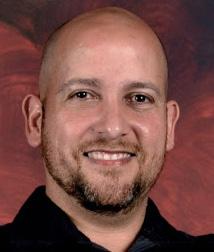
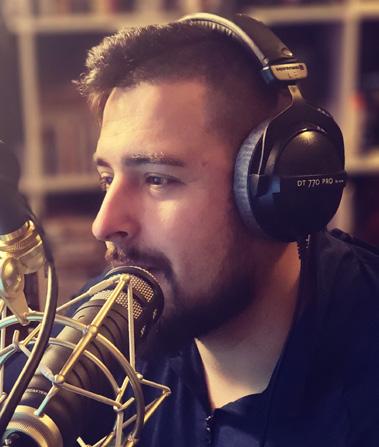
TECHNATION TAPS DIGITAL ADVISORY BOARD
TechNation has announced the new Digital Advisory Board (DAB). This partnership is designed to maximize the efforts of everyone involved to empower biomeds and elevate the HTM industry.
MD Publishing President and Founder John Krieg said he is excited about working with the DAB to find additional avenues to reach and serve the HTM community.
“We believe we have hand-picked some of the most influential, diverse and thought-leading candidates in the industry,” he said.
Members will share news on social media, network at industry events, report on HTM conferences, author articles and provide advice to the TechNation team. Additional members may be added in the future.
The inaugural members of the DAB are:
• Bryant Hawkins Sr., HTM on the Line, Trimedx Site Manager at Children’s of New Orleans : “I became a member of DAB to further my goal of raising awareness and inspiring the healthcare technology management industry through digital marketing and social media influence,” Hawkins said.
• Dr. Brian Bell, HTM Workshop, Faculty Biomedical Engineering at St. Petersburg College in St.
Petersburg, Florida: “I look forward to working collectively with the Digital Advisory Board to increase awareness of the HTM community, amplify the work of great technicians and help create a community of practice that helps the next generation of biomeds,” Bell said.
• Carlos Villafane, BMET Latino, Certified Biomedical Engineering Technician III, Baycare Health Systems: “I’m thrilled I received an invitation to participate in the TechNation Digital Advisory Board. It is an amazing opportunity to promote the HTM field and explain the critical importance of our work in health care to the community. As a team, we’ll have the privilege to use social media and other means to influence and motivate the newer generations to join this exciting field,” said Villafane.
• Chace Torres, Bearded Biomed, Lead Technician SPBS, Dallas-Fort Worth Metroplex: “I wanted to join this board because I see this as another collaboration to inspire, mentor and inform others while promoting the profession with some bearded flair!” Torres said.
INDUSTRY UPDATES
Dr. Brian Bell HTM Workshop
Carlos Villafane BMET Latino
Bryant Hawkins, Sr. HTM on the Line
March 2024 | TechNation 21
Chace Torress Bearded Biomed
CROTHALL HTS SNAPS UP TECHNICAL PROSPECTS’ FIELD SERVICE DIVISION
Crothall Healthcare has acquired the field service division of Technical Prospects, a DirectMed Imaging company.
A news release states that Crothall Healthcare Technology Solutions (HTS) is excited about the acquisition as it broadens the company’s footprint in the Northeast, upper Midwest, and Western regions, while enhancing its imaging equipment technical expertise.
“This acquisition supports our strategy of being the full-service medical equipment service company of choice as well as the number one alternative in the marketplace to the OEM,” said Crothall HTS Division President Jim Cheek.
Crothall relies on companies like Technical Prospects for its parts procurement, technical support and engineer training. Both companies look forward to continuing that partnership. DirectMed recently made the strategic decision to exit the equipment service business to focus on
its core capabilities in parts, system sales and training.
Jeremy Probst, Technical Prospect’s president, turned to Crothall because of their companies’ long working relationship and his confidence in Crothall to take care of its service employees and customers.
“This team of engineers and customers is a very welcome addition,” said Crothall HTS Vice President of Imaging Services Geoffrey Hunt. “We plan to leverage the team’s comprehensive knowledge of latest generation Siemens equipment for our clients. It will further deepen our diagnostic imaging support across all major OEMs.”
Crothall Healthcare Technology Solutions (HTS) currently serves over 150 health care clients, ensuring all their healthcare technology management (HTM) needs are covered under one cost-effective, customized solution.
TENACORE ADDS NEW DIRECTOR OF CORPORATE ACCOUNTS
Tenacore LLC, a leader in healthcare technology management and service, has announced the addition of Rodgerick Williams as its new director of corporate accounts.
Williams brings a wealth of experience and expertise in healthcare technology management, capital administration, sales and procurement, according to a news release.
“Williams is poised to make significant contributions to our corporate and national account strategy,” the release states.
Williams joins Tenacore LLC from Houston Methodist, where he was director of capital equipment management. His background in HTM – including his work with Tenet Healthcare, CHS and Advent Health – makes him ideally suited for solutions-based and consultative-oriented selling into the health care administration channel, the release adds.
“We are thrilled to have Rodgerick join our team,” said Riley Van Hofwegen, president of Tenacore. “His keen knowledge of medical devices and life cycle maintenance will be invaluable as we continue to expand our footprint within major hospital systems and independent delivery networks. His ability to navigate the often murky waters of health care supply chain and materials management will allow Tenacore a broader approach with our commercial efforts, ultimately allowing hospitals to make more empowered and informative decisions.”
In his new role, Williams will be responsible for growing Tenacore’s commercial strategy as it relates to larger hospital systems and health care administrative decision making. He is expected to play a crucial role in developing brand awareness and shedding light on areas for improved purchasing channels with hospital leadership. This aligns closely with the
company’s strategy, to connect Tenacore’s offerings with the needs of health care facilities on a broader scale.
“I am excited to partner with a strong organization such as Tenacore LLC,” said Williams. “During these trying financial times with lower reimbursement rates, record inflation and supply cost increases, I look forward to bringing my experience and knowledge in providing effective solutions; and also connecting health care leaders with effective cost savings and cost avoidance products and services.”
Williams holds a master’s degree in health and healthcare administration/management from the University of Alabama at Birmingham.
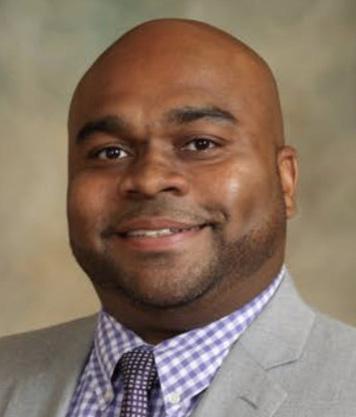
INDUSTRY UPDATES 22 TechNation | March 2024
Rodgerick Williams













































TECHNATION ANNOUNCES HTM WEEK CONTEST
Healthcare Technology Management (HTM) Week is set for May 19-25, 2024. It is a week that promotes awareness and appreciation of professionals who manage and maintain a variety of medical devices and health technology in hospitals, clinics and throughout health care systems.
TechNation celebrates HTM professionals every day, but the magazine announced something special for HTM Week. Each weekday one lucky biomed will win a $100 gift card via a new contest sponsored by Healthmark Industries.
How does one win? It’s simple. Go to 1technation.com/htm-week-contest and fill out the form for entry.
Each day the winner will be announced on social media so follow TechNation on Facebook and LinkedIn to see if you win.
To enter visit 1technation.com/htm-week-contest.


















































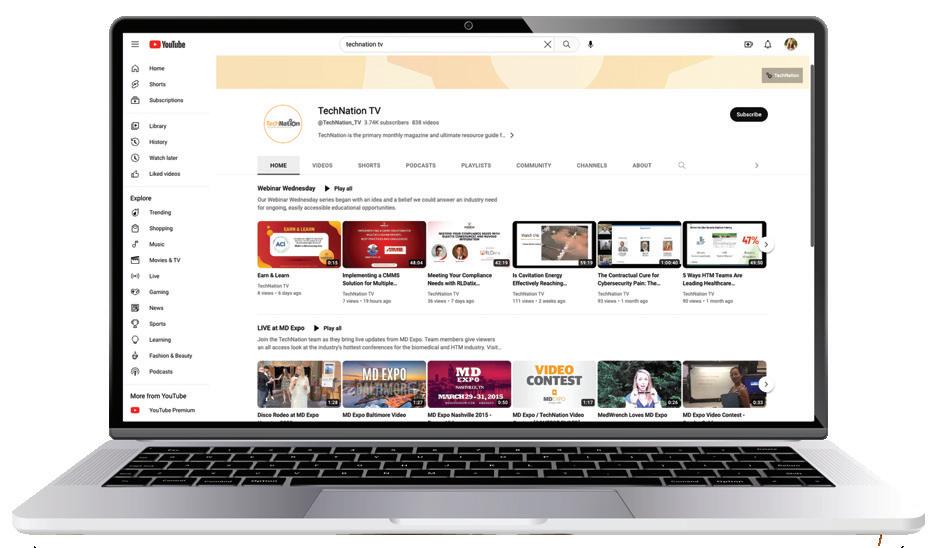











EQ2 HEMS: 30 Years of Innovation
Focused Exclusively on Hospital Needs
• Use just a few clicks to close a work order or to easily upload equipment
• Reporting: hundreds of reports included plus EQ2 can provide custom reports plus you can create your own to meet any planning or regulatory compliance requirement
• Requires no third-party platform, yet integrates with numerous other applications including with the top cybersecurity applications
• 100% US based support team
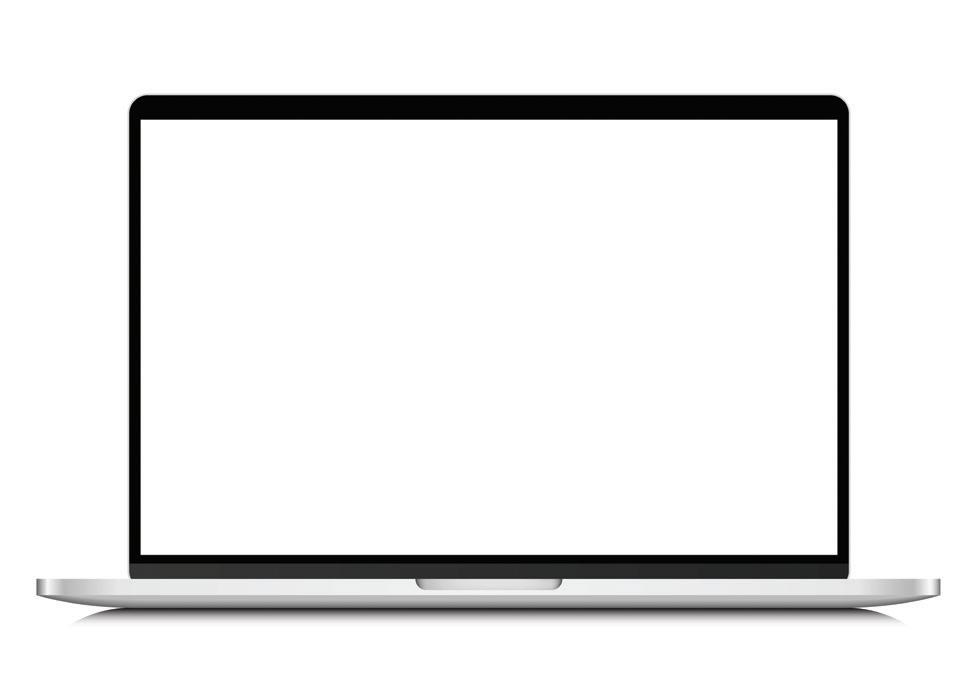
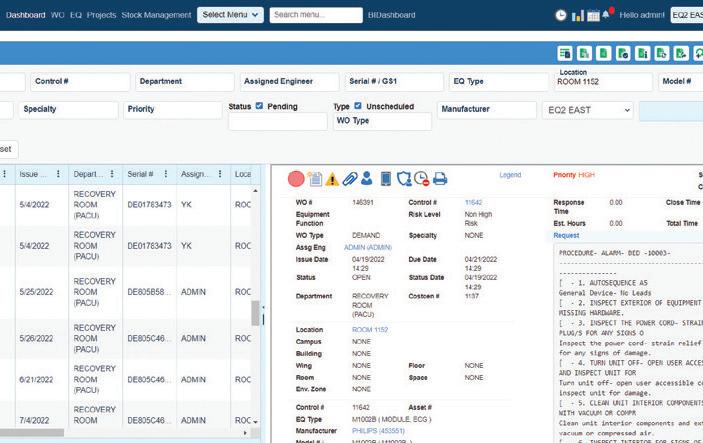
TV ANNOUNCING THE LAUNCH OF Check out our Youtube channel for more information and exclusive content! March 2024 | TechNation 23
LET OUR CMMS STREAMLINE “HEMS One” empowers HTM and Biomed teams to do their best work! Schedule your demo of HEMS today: 888-312-4367 or EQ2LLC.com applications including top cybersecurity applications 100% US based support team “HEMS One” empowers HTM and Biomed teams to do their best work! Schedule your demo of HEMS today: 888-312-4367 or EQ2LLC.com OF INNOVATIO N Years
ARMY MEDICAL MAINTENANCE FACILITY OFFERS PROFESSIONAL DEVELOPMENT
On a sprawling base in northern Utah, there’s a large warehouse and medical maintenance shop that U.S. Army Staff Sgt. Nora Martinez has grown to love.
She said she enjoys her work as a biomedical equipment specialist, but it’s the career development opportunities that really stand out as she grows in her military career.
Martinez, then a private first class, arrived at the U.S. Army Medical Materiel Agency’s Medical Maintenance Operations Division at Hill Air Force Base, known as MMOD-UT, in 2018. It was her first experience in sustainment-level medical maintenance.
“I’ve gotten to experience different sections within the MMOD and go on a lot of missions extending throughout the USAMMA and Army Medical Logistics Command footprint,” Martinez said. “It’s been a great opportunity to learn and train.”
In the past five years, MMOD-UT has immersed Martinez into the Army’s medical maintenance enterprise, providing valuable experience and training that’s propelled her to the rank of staff sergeant and the facility’s maintenance chief.
Along the way, she’s supported missions in numerous overseas countries, including deployments with USAMMA’s Forward Repair Activity-Medical (FRAM) team, which are deployable subject-matter experts who augment unit-level personnel in forward locations with direct maintenance and training support.
“You get to wear many different types of hats when sent out on our missions – not only being able to operate as a biomedical technician, but also participate in logistics tasks during equipment fieldings during real-world events in Poland, working alongside foreign partners and other U.S. military branches on deployments, like in the diplomatic support center in Iraq,” Martinez said. “It’s made me incredibly passionate about our bigger picture medical logistics mission, not just maintenance.”
It’s not uncommon to find several former service members on the roster of civilian and contract technicians at MMOD-UT, where employees said they enjoy the workplace culture, family atmosphere and, of course, vast career development opportunities.
Iyana Smith spent four years at MMOD-UT in uniform before getting out. She returned in August as a civilian supply technician.
“It could have ended when I was a soldier, but then what? This place presents opportunity for new skills and career growth in an exciting field,” she said. “It’s nice to work alongside soldiers, even though I’m not one anymore. I miss it sometimes, and here I still feel like I’m part of it without being in it.”
The soldier experience at MMOD-UT is quite different from USAMMA’s other two stateside maintenance divisions, specifically in that there is no uniformed military presence at
the other locations in Pennsylvania and California.
Over the years, MMOD-UT has benefitted by retaining a good portion of its expertise from military technicians who often continue to serve as civilians or contractors. It creates built-in mentors and a knowledge base for junior technicians to quickly learn, grow and contribute to the team’s fastpaced mission.
“This is a great place for professional development, whether you plan on staying in the military for 20 years or transitioning to the civilian sector,” MMOD-UT Director Jose Vasquez said.
Vasquez said the facility provides support to a wide range of medical devices in a high operational tempo environment, serving as the “first touch” on many new medical materiel acquisitions that are fielded to the force.
“This gives our technicians an opportunity to work on very large quantities of new equipment and work through issues, such as validation of original equipment manufacturer, or OEM, service literature, developing testing procedures and kits, startup lists and more,” Vasquez said.
This exposure, combined with OEM training opportunities and an environment that emphasizes the importance of teamwork, provides technicians with a great foundation for growth in the medical maintenance field, according to team members.
“We’re very intertwined and there’s lots of technical knowledge that gets passed on very well here,” Martinez said.
Hatim Rockssi, a 14-year civilian technician, said each group – military, civilian and contractors – brings a unique strength to the table.
“Whether it’s to stay here to complete more work orders, go out on the road missions or engage with other military personnel, this team has a lot of skills it can leverage by working together,” he said.
Two additional former soldiers, Kayla Colfax and Joe Tincher, joined Smith in recent years, also choosing to stay with the organization after hanging up their boots.
“Being able to come in and work with someone with such a large amount of knowledge was really, really useful,” Colfax said, reflecting on her time spent in uniform working at MMOD-UT. “I learned a lot from the civilians who were here and are still here now. As a soldier, it’s helpful to work with people who tend to stay put and really know what they’re doing.”
Added Chief of Operations Michael Burger, “It’s great to know that they want to make MMOD-UT their home and continue their careers here. And it makes us stronger as a work family as we keep experienced technicians with the organization who are knowledgeable with the military systems already.”
INDUSTRY
UPDATES
24 TechNation | March 2024
PROBO MEDICAL TO ACQUIRE ALPHA SOURCE GROUP
Probo Medical, a leading global provider of medical imaging equipment, parts, repair and service, has signed a definitive purchase agreement to acquire Alpha Source Group in a deal that significantly expands Probo’s diagnostic imaging solutions platform. Alpha Source Group is comprised of its subsidiaries, Alpha Source Biomed Solutions, BC Technical Imaging Solutions and Medical Optics Surgical Solutions.
Alpha Source, founded in 1986, delivers technical field service, depot repair, equipment refurbishment and resale, and parts distribution solutions to the North American health care market. Its expertise and capabilities are utilized across a broad customer base that includes OEMs, ISOs, asset managers, hospitals, distributors and resellers. With more than 100 field-based engineers, Alpha Source is one of the largest field service organizations for diagnostic imaging equipment in North America. The field service organization is supported by in-house expertise at four Centers of Excellence in Salt Lake City, Utah; Jeffersonville, Indiana; Tamarac, Florida; and Milwaukee, Wisconsin. These centers specialize in repair, refurbishment, parts harvesting and distribution of multi-modality medical equipment, including nuclear medicine, PET, CT, MRI, PET/CT, ultrasound, bone mineral density, medical batteries and biomedical equipment.
“This acquisition is transformational in nature for both Probo
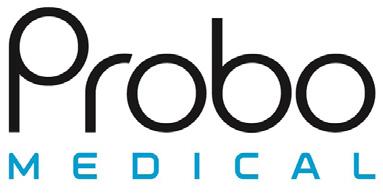
Medical and Alpha Source,” said Michael Asmer, CEO of Probo. “Probo has built a scalable platform in the ultrasound market in North America, capable of supporting customers with ultrasound system sales, repairs, service, applications training, and spare parts at a quality and value level that leads the market. Alpha Source’s capabilities, team and relationships provide us with the ability to extend that platform wider and deeper into new imaging modalities like nuclear medicine, CT and PET/CT. For Alpha Source, there are multiple commercial and growth opportunities that will come as being a part of the Probo platform. Probo is a global leader in system procurement across the aforementioned modalities. Integrating that proficiency with Alpha Source’s technical capabilities will quickly allow us to expand parts harvest and distribution, scale system refurbishment and resale, and optimize our ability to deliver best-in-class field service with a global team of over 350 field service engineers. Combining all of that with Probo’s capabilities around the logistics, storage and installation of diagnostic imaging systems makes this a combination that we are tremendously excited about.
Probo Medical is backed by Avista Capital Partners, a leading private equity firm focused exclusively on health care with over $8 billion invested in more than 45 growth-oriented health care businesses globally.



For further details: Contact us at +1 (626) 357-7921 • sales@radcal.com or www.radcal.com Accu-Gold 3 New X-ray QA SOFTWARE Visit us at MD Expo Las Vegas, Booth #106, 4/7-4/9 • Optimize Work Time – Machine Specific Profiles – Favorites Folder – Advanced Mamography: Single Exposure Combo-mode – Advanced CBCT Dental: Simultaneous DAP, kV and Dose • More Values Displayed vc_TechNation_Clr Ad_7x4.5_24Jan24_rev.pdf 1 1/26/24 1:02 PM
March 2024 | TechNation 25
RIBBON CUTTING
EzBizPortal
EzBizPortal offers a versatile and innovative CMMS platform. CEO and Founder Jonathan Gregory recently made some time to share details about the business and its offerings with TechNation magazine.
Q: WHAT ARE SOME OF THE SERVICES AND PRODUCTS YOU OFFER?
A: EzBizPortal is a value-driven, comprehensive cloudbased CMMS and operations platform specializing in biomedical equipment organizations, including independent service organizations, manufacturers, and hospitals but robust enough to accelerate operations for many industries. Our platform efficiently optimizes a range of operational tasks, including rental tracking, invoice generation, inventory management and compliance documentation. A standout feature is our sophisticated integrated RMA process, along with smart automated rental invoicing, significantly improving logistics between medical facilities, manufacturers and vendors. Our marketplace, completely free of commission for both vendors and hospitals, underscores our commitment to superior accessibility and user-friendly experiences.
Q: HOW DOES YOUR COMPANY STAND OUT IN THE MEDICAL EQUIPMENT FIELD?
A: EzBizPortal is transforming the field by offering an all-in-one solution for invoicing, preventative maintenance and shipping label generation – all within a single platform. We excel in securing optimal rates and providing seamless integrations with major carriers like UPS and FedEx. Our integrated marketplace automatically imports repair orders from hospitals into our CMMS system, greatly simplifying the order process. Hospitals are enthusiastic about how easy it is to place orders and instantly receive prepaid shipping labels quickly and effortlessly, anytime day or night, to send their equipment to your nearest available repair location. Addition -


ally, our platform aids in rapidly achieving compliance with standards like ISO 9001 and ISO 13485.
Q: WHAT IS ON THE HORIZON FOR YOUR COMPANY?
A: Our medical device repair marketplace is experiencing rapid growth, currently used by over 350 medical facilities to process over 100,000 pieces of medical equipment. We are eagerly anticipating the launch of our new medical device records portal, envisioned as a “CarFax for medical devices,” launching in spring 2024, which will provide unprecedented access to maintenance records, repair schedules and invoices. The unique feature is that if you sell or rent your devices, the PM records can be seamlessly transferred to other companies on the platform! Hospitals are thrilled to access the PM records for all their vendors in one centralized location.
We are also actively integrating with test equipment manufacturers for up-to-the-minute maintenance data and synchronizing with accounting platforms like NetSuite and QuickBooks. Additionally, we are pioneering innovative AI features, such as AI-Powered Chat Support, Automated Documentation, and Predictive Maintenance Insights.
Q: IS THERE ANYTHING ELSE YOU WOULD LIKE OUR READERS TO KNOW?
A: We’re excited to announce a special, limited time offer: a complimentary extended free trial period, with no requirement for long-term contracts. This offer includes our premium white-glove service, which encompasses unlimited training, comprehensive data import and cleaning, and access to our commission-free marketplace. This unique opportunity has been made possible through the generous support of several grants from esteemed organizations like Microsoft, Digital Health KC, Digital Sandbox and more. These collaborations reflect our shared commitment to advancing the medical device management industry and providing exceptional value to our clients.
For more information, visit EzBizPortal.com/learn.
INDUSTRY UPDATES
26 TechNation | March 2024



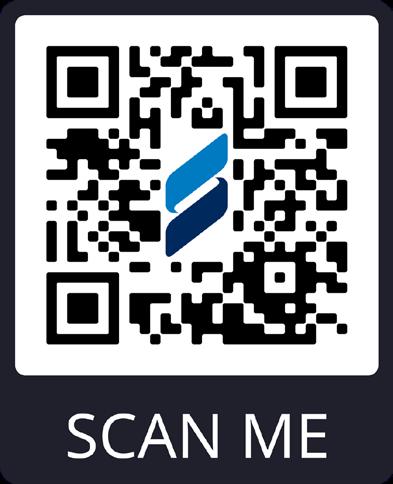

No-Risk Transducer Repair Services If your ultrasound transducer is deemed beyond repair at any point, you will not be charged for the repair attempt. www.mysummitimaging.com
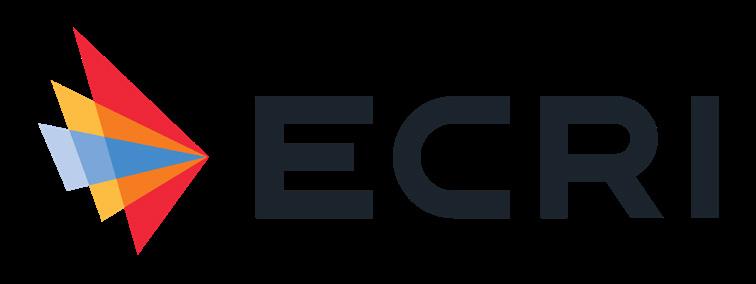
ECRI UPDATE
Don’t Let ‘Hidden’ IT-Related Costs Derail the Medical Device Procurement Process
Procuring and implementing networked medical devices often comes with a host of IT-related costs—some obvious, some less so. Identifying and considering IT costs during the procurement process will allow you to avoid surprise expenses that can stretch budgets, strain relationships, and delay project timelines.
“The last thing a health care facility needs when implementing a clinical system is to have department leaders butting heads and pointing fingers. But we’ve seen it happen,” notes Chad Waters, senior cybersecurity engineer in ECRI’s device evaluation group. To avoid interdepartmental battles and budget-busting surprises, ECRI stresses the value of anticipating IT costs up-front, collaborating with the various stakeholders impacted by the project, and investigating (and budgeting for) the specific costs associated with the device or system under consideration.
ANTICIPATE
Implementing networked medical devices may require expenditures related to the purchase and installation of network equipment, the implementation of security controls, yearly or monthly software licensing fees, and added personnel, to name a few. These costs can represent a significant portion of the total cost, and they come at all stages of the procurement cycle. While some expenses are obvious from the outset, others may be less so. Unexpected costs can overstretch budgets and delay project timelines.
To reduce the number of surprise costs, an organization must identify as many of the IT requirements as soon as possible in the procurement and planning process. “And don’t forget about dependencies,” advises Waters. “Costs associated with other systems on which the new device will rely can easily be overlooked.”
It’s important to account for all the capital expenses, operational expenses and administrative/support expenses associated with installing, connecting and supporting the
device. Specific examples are outlined below. Anticipating all such costs will allow you to more accurately gauge (and budget for) the total costs of the system.
COLLABORATE
Getting the most accurate estimate of IT costs will require the involvement of the project management team, the purchasing team, the application owner (e.g., IT clinical systems analyst), the clinical leaders requesting the system, health technology management (HTM) staff, the IT networking team and IT security personnel. Effective communication among these groups is needed to clearly outline the system requirements, necessary infrastructure modifications, clinical needs and workflows that require support, and any dependencies with other applications (e.g., integrating a physiologic monitoring system with the clinical communications system).
The purchasing department should consult with IT to see what resources will be needed before making a purchase. Additionally, the HTM and IT/security departments must be on the same page as early in the process as possible. Furthermore, all stakeholder groups should discuss and come to agreement on the budgeting process for IT costs – specifically, whose budget IT costs will come out of? This can vary from one facility to the next and can lead to interdepartmental conflict if expectations aren’t established up-front.
Finally, communication with the medical equipment vendor is critical. Asking the right questions can help identify certain costs the vendor might not otherwise bring up.
INVESTIGATE
Review the four areas outlined below during the procurement process to help capture applicable IT-related costs.
1. Infrastructure. Infrastructure encompasses the computing and networking hardware and software necessary to support the prospective device or system and to facilitate its integration with other applications. Considerations include:
• Bandwidth – High-bandwidth systems like imaging modalities or video systems may require adding more bandwidth within the network. Having sufficient bandwidth is important for critical clinical systems.
• Wireless – If the system is dependent on Wi-Fi, the wireless
INDUSTRY UPDATES
28 TechNation | March 2024

signals in the required band (2.4 GHz versus 5 GHz) must be adequate in the areas where the system is used; this may require Wi-Fi coverage to be improved in certain areas. A wireless network survey measuring signal strength in the building may need to be conducted to identify dead spots and possible signal interference. Recognize that expanding the coverage could require adding wireless access points that, in turn, require cabling and sufficient network switchport capacity, as outlined below. Additionally, some projects may require wireless system settings reconfiguration or software upgrades, which could affect the entire organization.
• Cabling – For example, a device may need a network jack and cabling to the nearest network closet.
• Electrical power – If the room does not already contain enough electrical outlets, or if available outlets do not provide the appropriate voltage and amperage, new outlets and wiring may need to be installed.
• Network switchport capacity – Each network jack in use requires an available port to plug into on the network switch. If the switches in the closet are at capacity, more will have to be installed to accommodate the project. Similarly, if devices run on PoE (Power over Ethernet), the switches must be able to handle the wattage for the project. And if the entire network closet is at physical capacity, a new closet will have to be built.
• Data storage – Systems that produce a large amount of data could require the installation of more storage in the data center, both for the systems in service (i.e., production systems) and for their backups.
2. Staffing and Support. Adequate staffing, either in-house or contracted, is necessary for:
• Installation – IT staff will be required to install any infrastructure hardware identified above, as well as any servers or workstations that support the project. This could include IP address allocation and user account or certificate creation.
• Application support – IT staff must work with the supplier to implement the solution and ensure that it communicates reliably with other systems. For example, staff will need to verify proper integration of the system with relevant information systems, verify proper system configuration, support troubleshooting and manage downtime.
• Administration/maintenance – Any IT system that is installed will need to be maintained. This includes updating the software, scheduling backups, transitioning from legacy operating system platforms over time, and modifying settings and user accounts as needed.
3. Security Controls. Any system will need to be monitored for and protected from IT security threats, and these security controls need to be properly resourced. A risk assessment by the IT security team will determine the appropriate risk mitigation measures, such as firewalls and network segmentation, virtual private networks (VPNs), multifactor authentication, and antimalware/antivirus software.
4. Licensing. The system or dependencies may include recurring licensing fees. Various licensing models exist, including a flat annual fee, charges based on revenue, and fees per study, per user, per patient, or per bed. As such, licensing can represent a significant portion of the total cost of ownership for the system over time.
TO LEARN MORE
This article is adapted from the ECRI Guidance Article “During Medical Device Procurement, Be Aware of These ‘Hidden’ IT-Related Costs“ (Device Evaluation 2023 Nov 22). Members of ECRI’s Capital Guide, Device Evaluation, and associated programs can access the complete article, along with guidance on similar topics.
To learn more about membership, visit https://www.ecri. org/solutions/device-evaluations, or contact ECRI by telephone at (610) 825-6000, ext. 5891, or by e-mail at clientservices@ecri.org.
March 2024 | TechNation 29
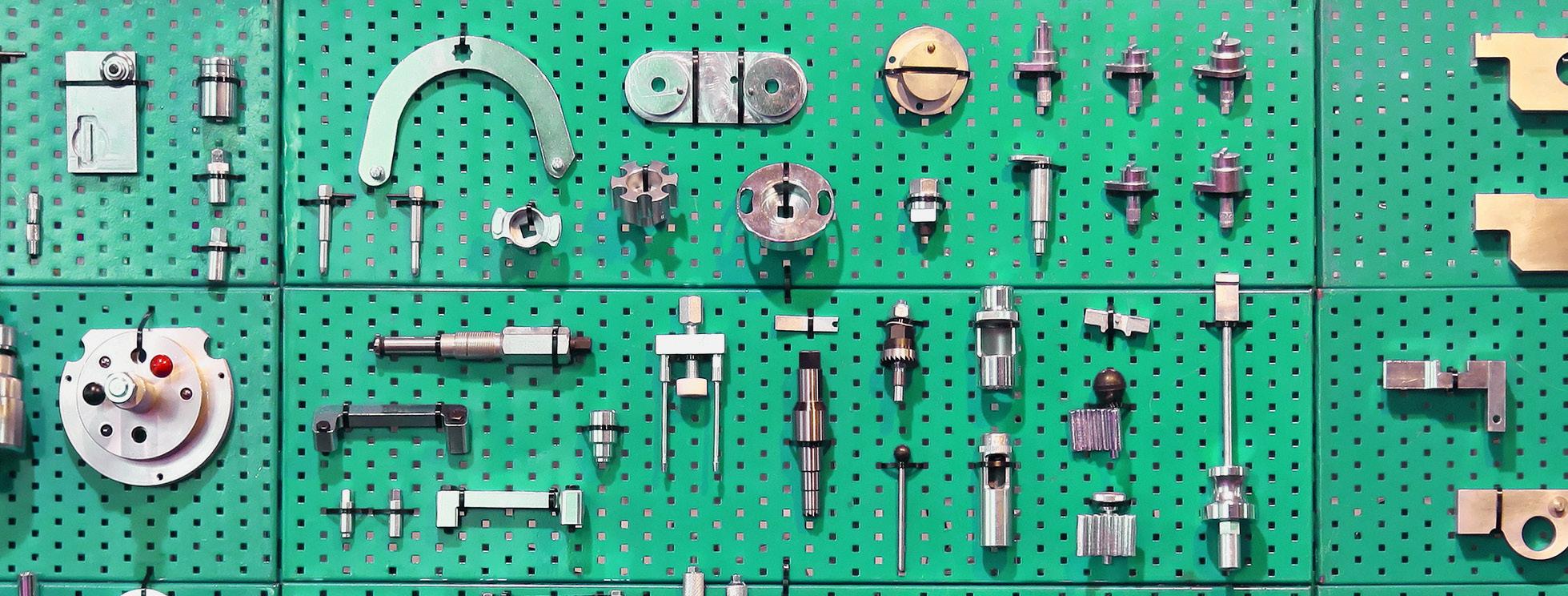
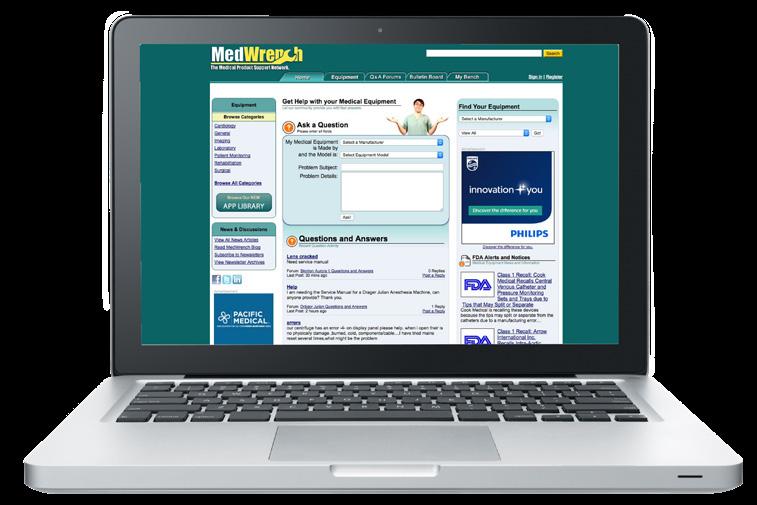

2.



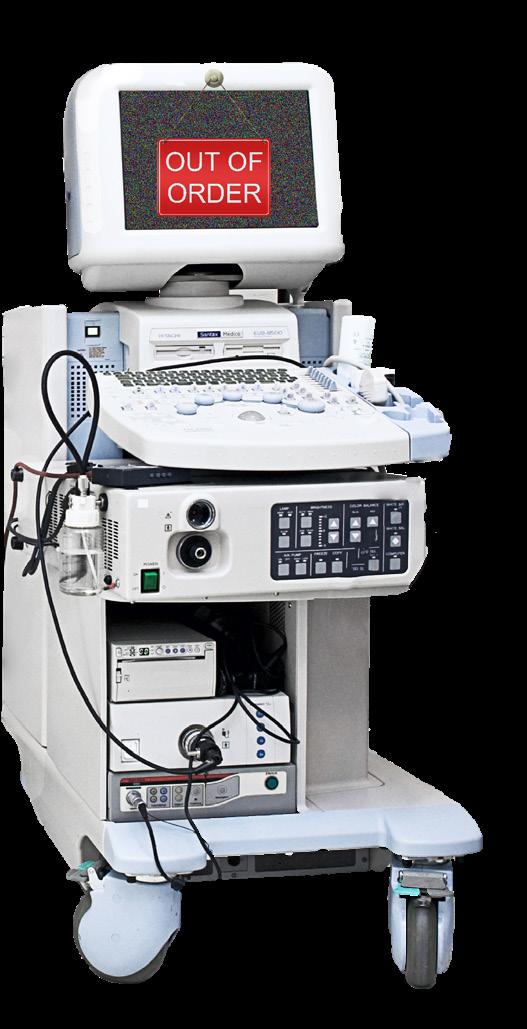
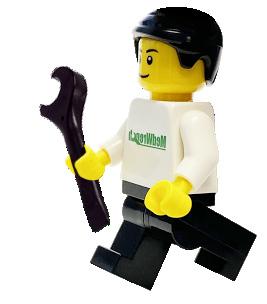
Create your FREE account today at medwrench.com HOW TO USE IN 4 EASY STEPS POST TO THE COMMUNITY JOIN MEDWRENCH
BUILD YOUR BENCH STAY CONNECTED
MedWrenchers have access to tons of industry resources from solving medical device problems to purchasing! Stay up to date on industry news, events, FDA alerts, and more! This will give you direct access to discussions, manuals, videos, and more. Ask tough medical equipment repair questions & help solve problems by sharing your expertise.
1.
WELCOME TO THE TECHNATION COMMUNITY!
SUMMIT
IMAGING, INC.

Q: WHAT PRODUCT, SERVICE, OR SOLUTIONS DOES YOUR COMPANY PROVIDE TO THE INDUSTRY?
RSA / Summit Imaging is a technology-enabled service organization that repairs and supports Ultrasound and medical linear accelerator (“LINACS”) equipment. A unique combination of electronic component level hardware expertise, service software development and an extraordinary team allows the organization to lower total cost of ownership for healthcare facilities in a regulatory compliant way that preserves the safety and performance of the medical devices we repair and support. Taking care of our employees and empowering them to focus on customer care has earned our organization an
• Siemens = Artiste, Oncor-K / Oncor-M, Primus-K / Primus-M
• Ultrasound
• Philips = all ultrasound platforms
• GE = all ultrasound platforms
• Siemens = all ultrasound platforms
• Mammography
• Hologic = Selenia Dimensions (2D and 3D)
• Software


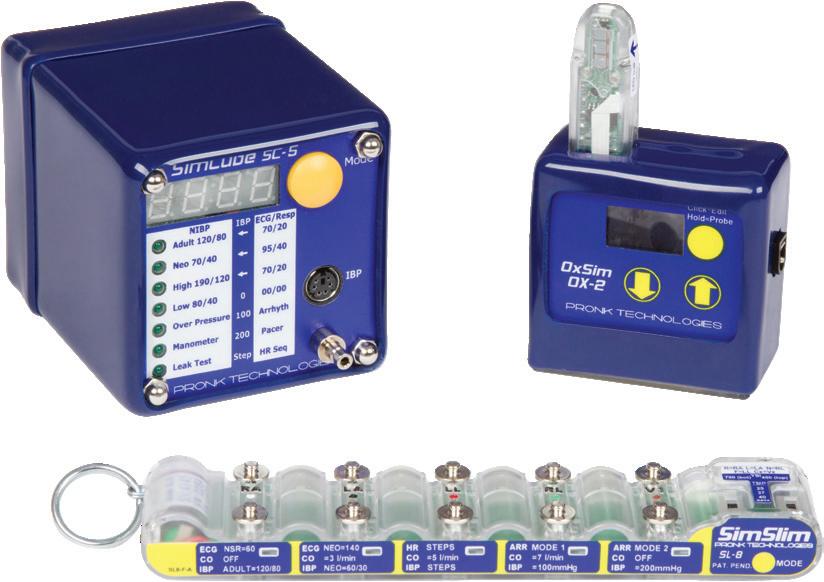
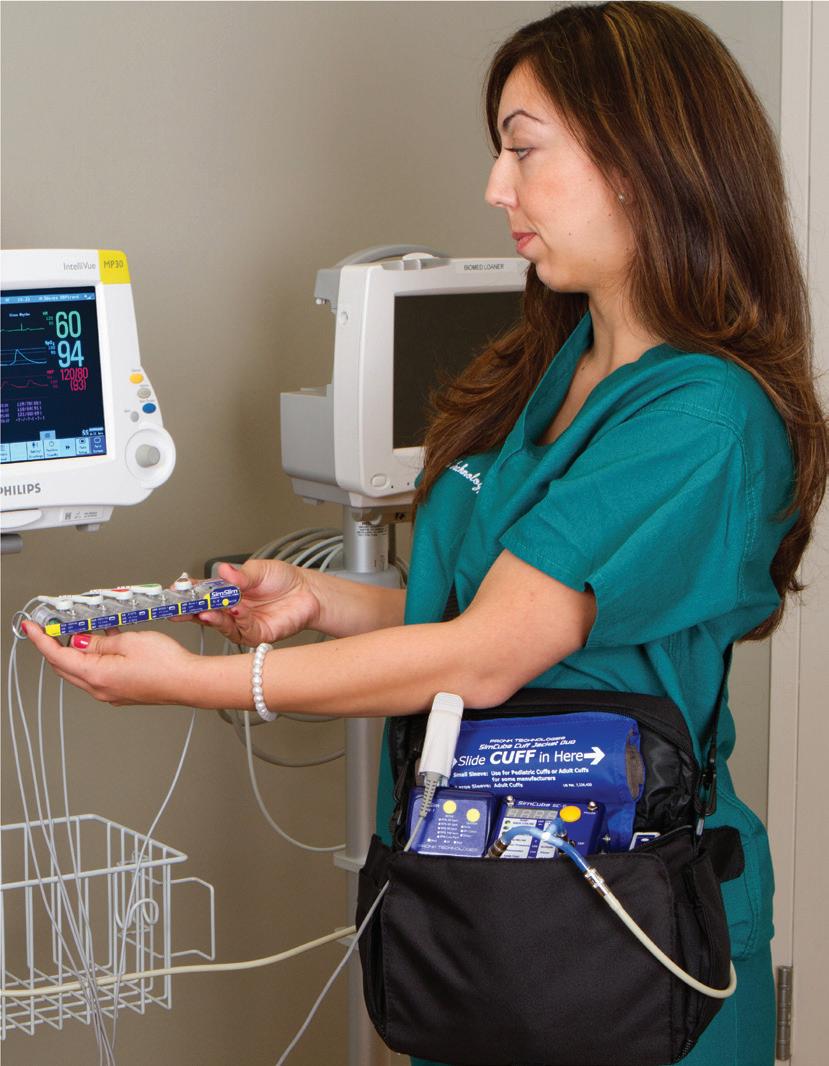
INDUSTRY UPDATES SEE OUR AD ON PAGE 27 March 2024 | TechNation 31
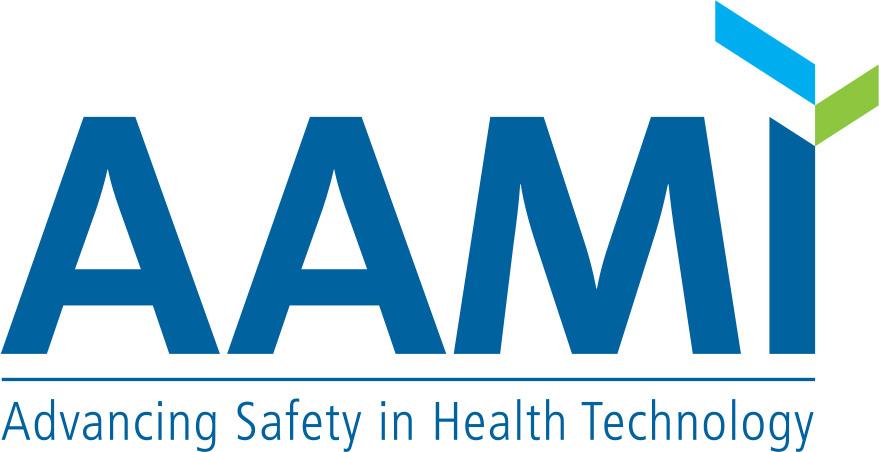
AAMI UPDATE
Danger in 13 Pixels: ML-Enabled Cyberthreats Inspire Incoming AAMI Consensus Report
As artificial intelligence (AI) continues to dominate the public eye and regulators increasingly look to get involved, there’s new work afoot at AAMI.
In late 2023, AAMI hosted its Machine Learning Cyber Threat Taxonomy Consensus Report Workshop at its Arlington office. The goal? To jointly identify, understand and define machine learning (ML) enabled cyber threats. After a full day of collaborative sessions, Pat Baird, senior regulatory specialist at Philips and co-chair of AAMI’s AI Committee, stepped into the AAMI Studio to discuss the goals and outcomes from the workshop.
What necessitates an AAMI Consensus Report document, or CR, on this issue? Baird shared that cybersecurity is a “very, very hot topic lately” and attention on AI has also “really exploded.” But as these new tools are developed and adopted, “there’s new kinds of threats and new kinds of vulnerabilities when it comes to artificial intelligence systems that are a little different than what we’re used to in health care.”
Some of the new vulnerabilities are to be expected, others are shocking. Machine learning already relies on a massive amount of data, and Baird said, “that data is touched by multiple people form multiple organizations before it goes into the products for
either training or testing.”
The sheer amount of data, the need for transfer and its private contents all make these kinds of databases very attractive targets for malign actors. Specifically, Baird noted the possibility of outside actors tampering with datasets in ways that result in ML-enabled tools producing dramatically incorrect outputs. He cited a case he observed at a conference several years ago, where researchers presented an ML-enabled tool that could correctly identify a picture of a cat. However, “they changed 13 pixels on the photo, and now with an even higher confidence level, the software said, ‘that’s a picture of a toaster.’ ”
This was Baird’s tipping point. Although the anecdote is amusing, it shows the danger of data poisoning, or the introduction of new data into a model to intentionally derail an AI or ML-enabled tool’s ability to generate an accurate output. While the medical device industry already has controls for more traditional issues with ML-enabled tools, Baird and his colleagues are concerned with new threats that won’t just be used to turn cats into toasters.
Thus, the Machine Learning Cyber Threat Taxonomy Consensus Report Workshop was convened at AAMI to provide the first step toward drafting forthcoming AI-related consensus-based resources. Establishing common language and goals, including a shared taxonomy between medical device stakeholders, will be essential.
“As much as possible I want to take and reuse what we already know and what we already call
INDUSTRY UPDATES
32 TechNation | March 2024
things in medical device security,” Baird added. Because existing knowledge from other fields is not universally known in the medical device industry, “we need to move quickly.” The experts involved at the workshop included members of the AAMI Cybersecurity Committee, and AI experts from the AAMI AI Committee in order to bring in different types of expertise and avoid siloing.
What’s next? The workshop’s resulting CR is well on its way, and AAMI volunteers have already signed up to draft sections, review the academic literature and adjust the project’s scope. In the long term, the new consensus report will likely follow the route of AAMI CR34971:2022, Guidance on the Application of ISO 14971 to Artificial Intelligence and Machine Learning, which was recognized by the U.S. Food and Drug Administration in January, 2023. CR34971 was followed by AAMI TIR14971, Application of ISO 14971 to machine learning in artificial intelligence—Guide, published as a dual logo document that is both an AAMI Standard and British Standard via the British Standards Institution.
But for now, speed is of the essence. The new cyber threat consensus report will eventually be succeeded by a TIR and be used in international harmonization efforts, but Baird’s primary goal is to establish a foundation for additional documentation and expert consensus as quickly as possible.
For more information & to watch a video of this interview, visit AAMI’s YouTube channel @aamiconnect.
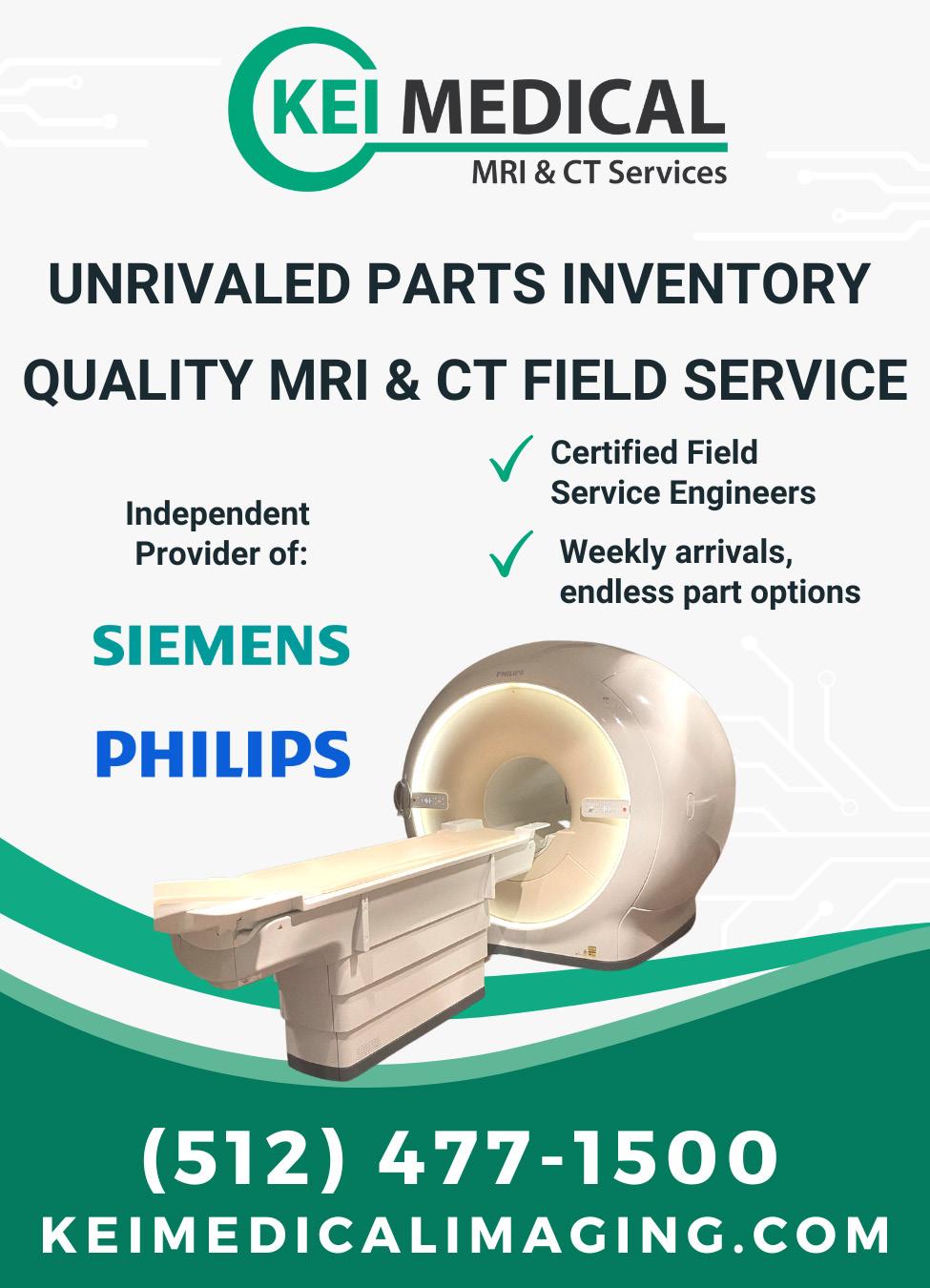


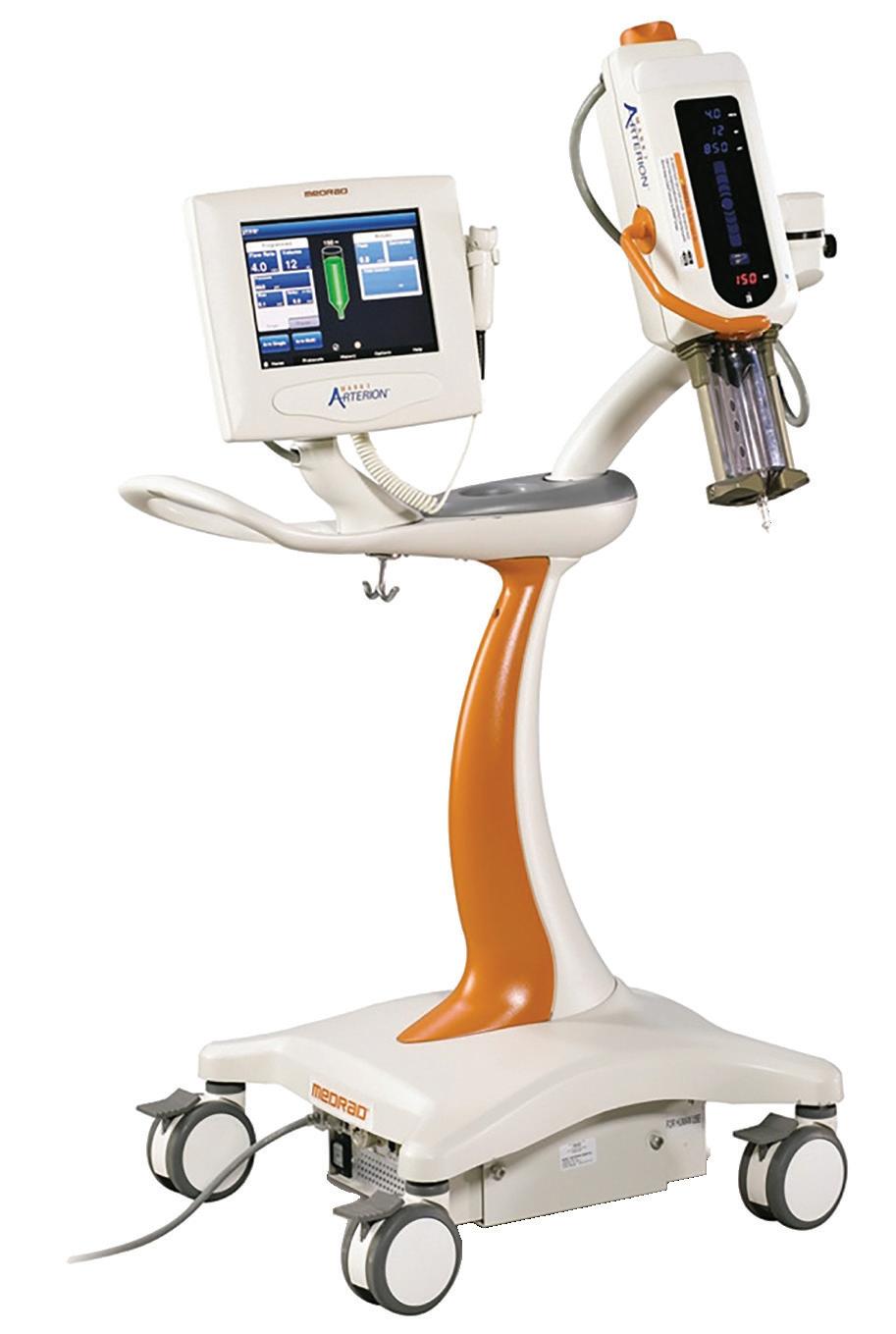
March 2024 | TechNation 33 Contrast Injector Training • 100s of Error Codes not found in OEM Lit • Online and Onsite Training Available • Training BMETs since 2008 • Up to $5,500 in FREE Parts, PM Kits and Service • Massive Troubleshooting Library WWW.MAULLBIOMEDICAL.COM | 440-724-7511 | STEVE@MAULLBIOMEDICAL.COM ON-SITE AVAILABLE

BIOMED 101 What vs. Why – Capitalizing on Learning and Experience
BY DALLAS SUTTON
It goes without saying that, as an industry, we are suffering from a dwindling workforce. A consequence of this is a commensurate dwindling of “unique knowledge,” typically possessed by a more seasoned workforce.
In a 2018 article on knowledge loss from HR Daily Advisor by James David (Knowledge Loss: Turnover Means Losing More Than EmployeesHR Daily Advisor (blr.com)), it was identified, “that on average, 42% of the skills and expertise required to capably perform in a given position will be known only by the person currently in that position. In other words, should that person leave, their remaining colleagues won’t be able to do 42% of their work, and someone hired into that role will need to learn 42% of it from scratch.” While this figure might not be 100% applicable to all HTM departments, you can see the correlation and potential impact of the departure of one of your two anesthesia (or vent or MR or CT, etc.) trained technicians. If the departing technician happens to be the more seasoned, the impact can be much greater as they take years of troubleshooting experience with them.
Efforts to maintain/gain experience can take several forms such as continuing technical training, and retention, but most neglect more tangible tools such as formalized local knowledge bases, mentorship programs and detailed documentation of unique troubleshooting experiences. The aforementioned article suggests that, on average, a new hire will spend 200 hours “reinventing the wheel” in an effort to duplicate the experience of their predecessor, but I’m sure we can all agree that filling a technical vacancy can be much more time consuming than many administrative roles. According to research, “a firm with 1,000 employees can expect to lose $2.4 million in productivity annually due to these day-to-day
inefficiencies.” Although there are no 1,000-technician HTM shops, some system programs, third-party providers and OEMs are working towards that number, making the costs associated with the loss of experience very real.
As referenced earlier, “unique knowledge” is that knowledge drawn from professional experience over the course of a career. This knowledge is self-taught though the process of learning on the job and developing ways to be more efficient and/or effective and in some ways is a product of individual motivation to get the job done. While research suggests that unique knowledge is 42% of the total knowledge that an average employee uses to fulfill their current role, it has also been identified as the hardest type of expertise to replace. So, how do you develop experience or minimize the impact of its loss?
DOCUMENTATION
While not a substitute for personal experience (living though a task), an effective documentation program can go a long way to closing the problem-resolution gap for a lot of troubleshooting events. We cannot always control the description of work required as submitted by the clinical user of a device, sometimes as cryptic as “broke,” we can definitely control the documentation of the resolution beyond simply “fixed.”
I am making a presumption that most reading this are using some sort of computerized maintenance management system (CMMS), so no one out there is physically putting pen to paper. Documentation is not overly complicated or difficult, its real cost is in the time it takes to create it. Conversely, its benefit is the time it saves during the next service event. Beyond actual content, effective documentation programs are characterized by two key elements – participation and consistency.
Participation in documentation is probably not an issue, I mean everyone knows they need to document their work
THE BENCH
34 TechNation | March 2024
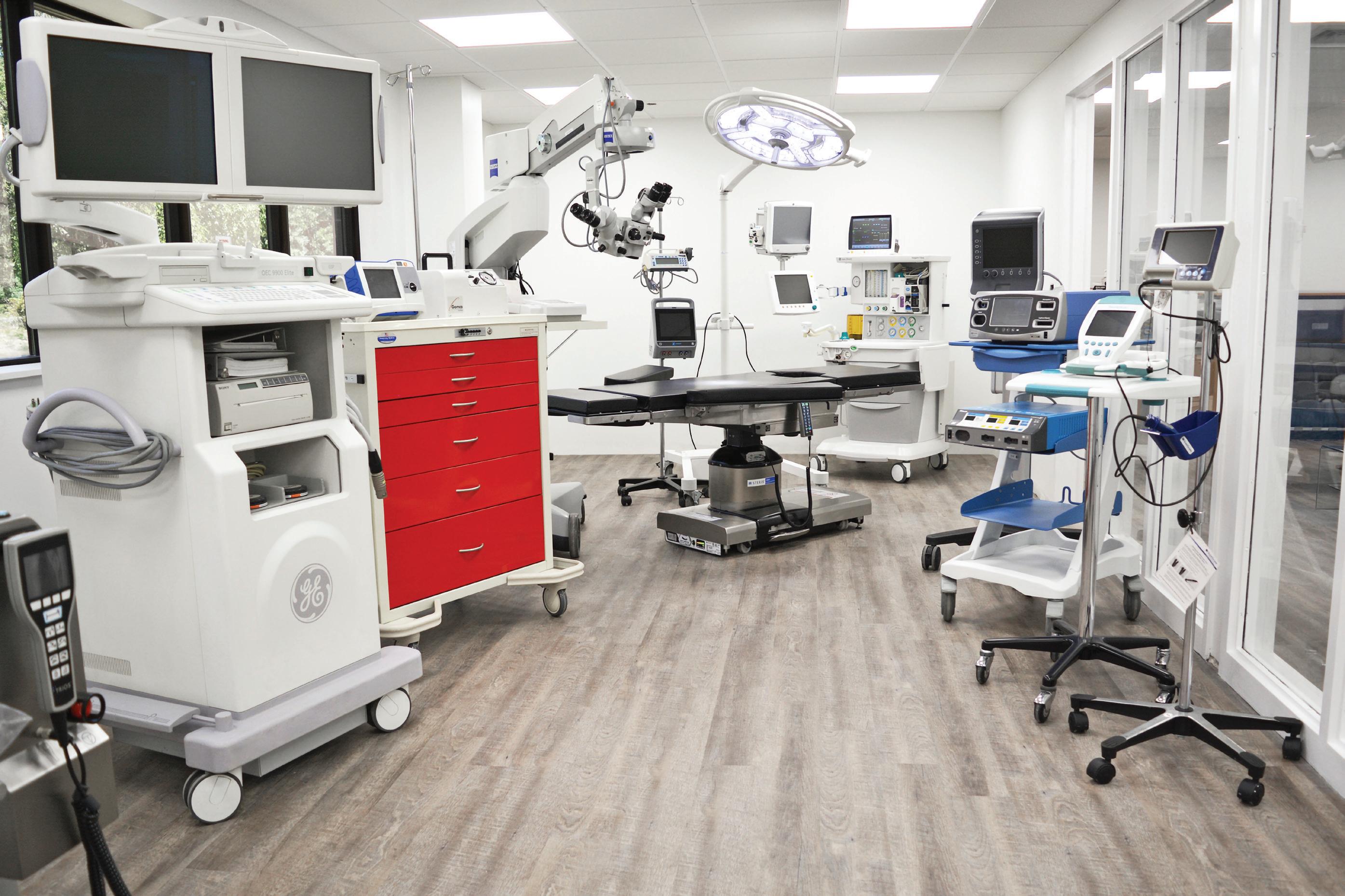
documentation are their ability to be logically and accurately searched – unfortunately, this is also where most fail.
The searchability of work order notes and KB content are generally based on keywords. These keywords should be associated with a logical approach as to how your team would search for information regarding a specific event. As an example, this may start out at a very high level such as manufacturer or model number, narrow to specific software revision or platform option and drill down to a detailed error code or subassembly. The key is your technical team’s willingness to be active participants in ensuring the quality and consistency of the data submitted. There should be no requirement to write a book when completing a work order, but there should be an established minimum expectation. You may require that the error code as displayed on the device be in a specific format or specific failure codes be used for certain service events. The most important requirement should be that the data is usable and repeatable. If I were to search for a specific error code, I should be able to find it for every device it has occurred on as often as it has occurred. The data found should tell me what was done to correct the error in each of those instances.
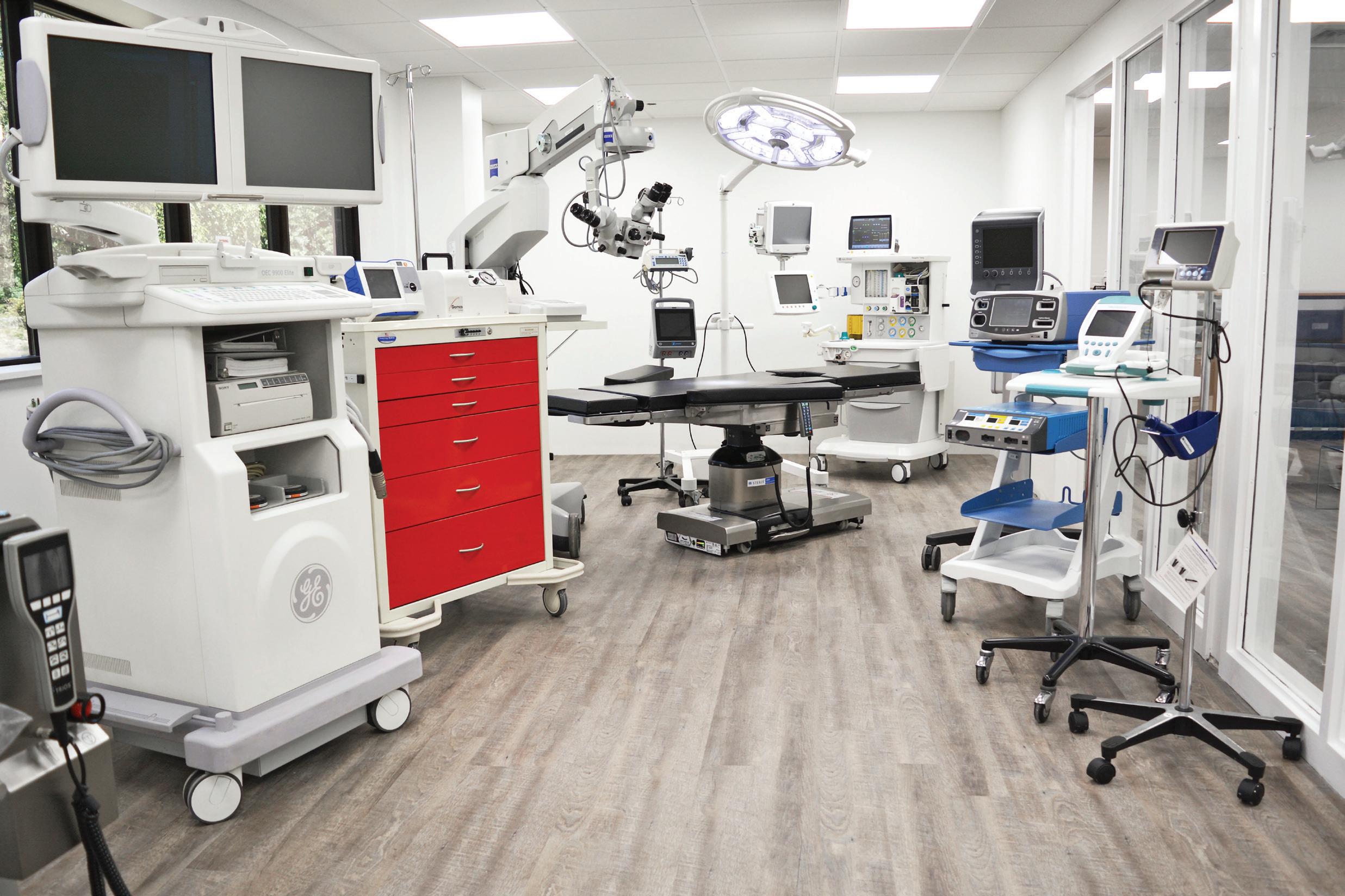
Incidentally, your most seasoned team members should be the greatest contributors to this type of data, which leads us to the most important resource when developing experience.
Next month, my thoughts on mentorship and its effect on developing experience – hope to see you then!

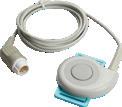

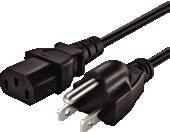
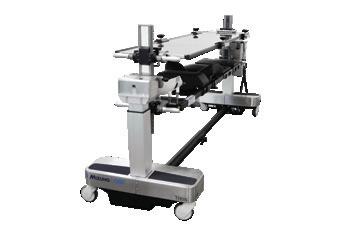
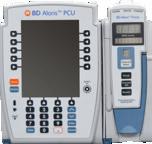

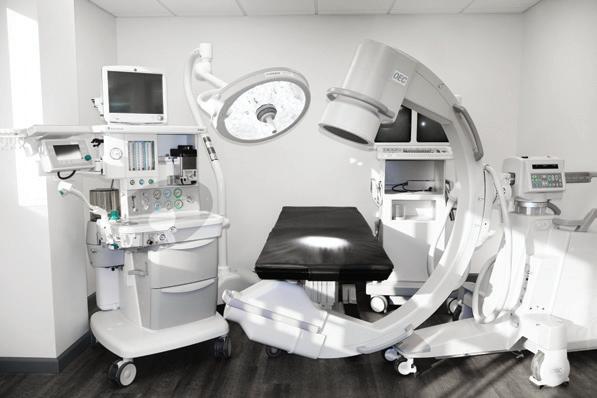

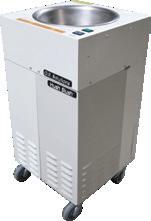
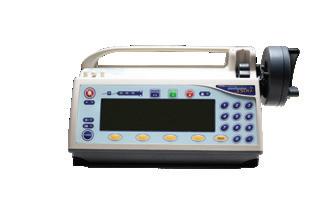
March 2024 | TechNation 35 somamedicalparts.com info@somamedicalparts.com (800)-438-7662







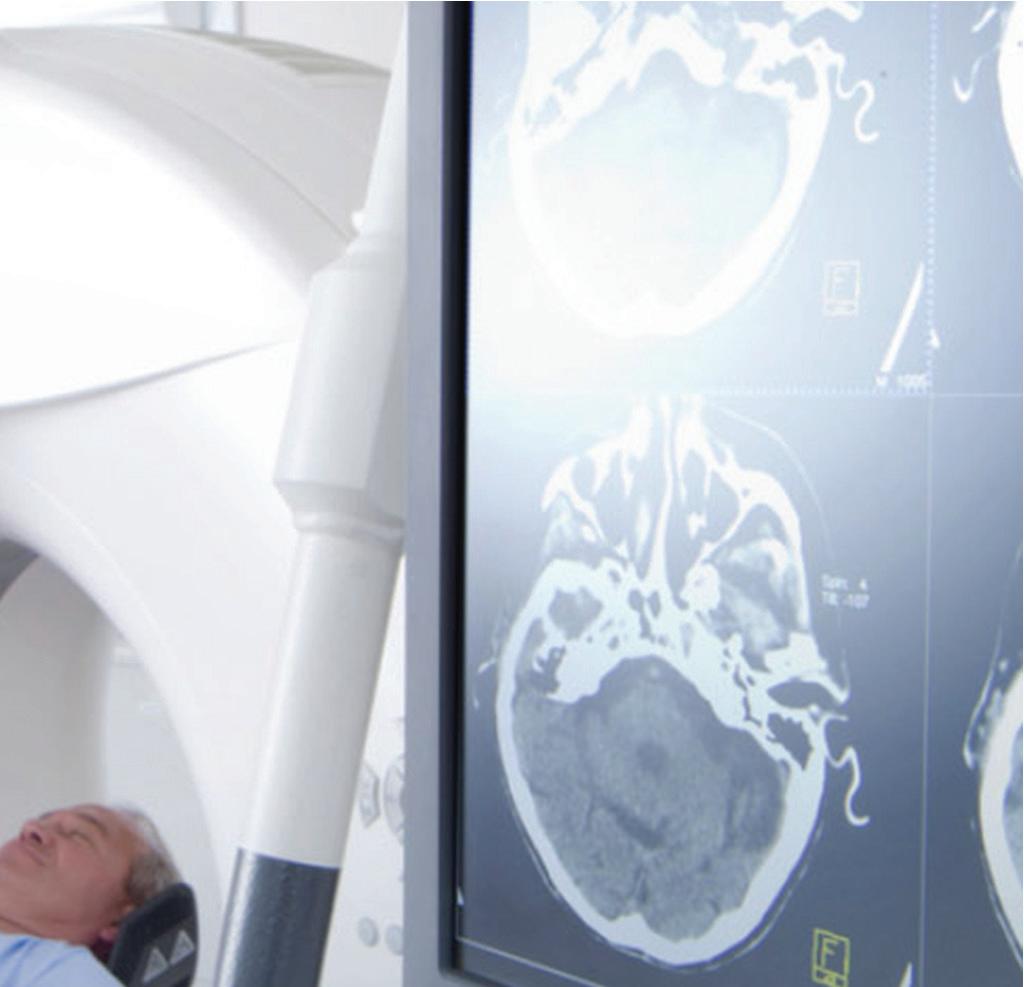

Make smarter health technology decisions
Choose the right capital equipment, supplies, and health IT for your facility with guidance from ECRI Instituteʼs team of biomedical and cybersecurity engineers, clinicians, and human factors experts.
ECRI is a trusted authority on healthcare technologies that improve the quality and cost-effectiveness of patient care.

Get test results and ratings, free of vendor bias

Stay on top of risks with hazard and recall notifications
Compare technology with overviews and specifications
Get Independent Evaluations and Advice
Learn more at www.ecri.org/solutions/device-evaluations or contact us today at 610-825-6000, x5891.



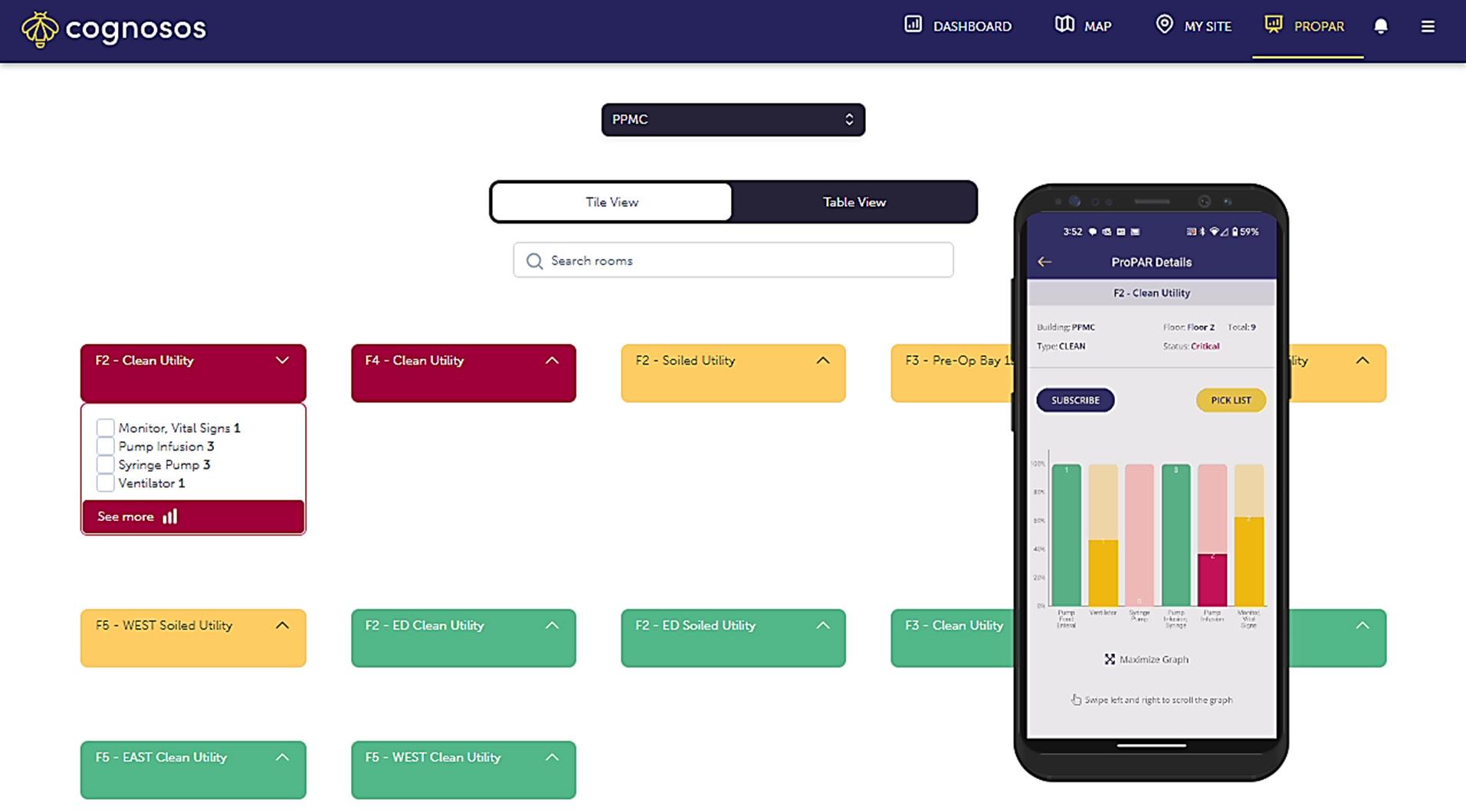
TOOLS OF THE TRADE
Cognosos ProPAR
Prevent nurses from wasting time searching for clean equipment with ProPAR (Proactive PAR) from Cognosos. Room-level accuracy, combined with AI-powered location engines, makes it easier than ever for biomed and central sterile teams to optimize the management of mobile medical equipment. Clean and soiled rooms self-monitor and self-report asset levels, automatically generating replenishment notifications and picklists. This simplifies asset management, saving time and ensuring teams focus solely on areas that require immediate replenishment. Eliminate time wasted searching for assets to
complete the replenishment process by leveraging high-confidence and accurate location information. An easy-to-read dashboard presents a summary of asset availability and PAR-level metrics. Enhance the efficiency of your facility overall by making strategic decisions that result in cost savings and increased operating margins using the data to understand asset throughput, identify bottlenecks, increase equipment utilization and optimize asset counts.
For more information, visit cognosos.com.
THE BENCH
LIVE DEMO: March 6 at 2PM ET Registration on WebinarWednesday.live. Eligible for 1 CE credit from the ACI. March 2024 | TechNation 37

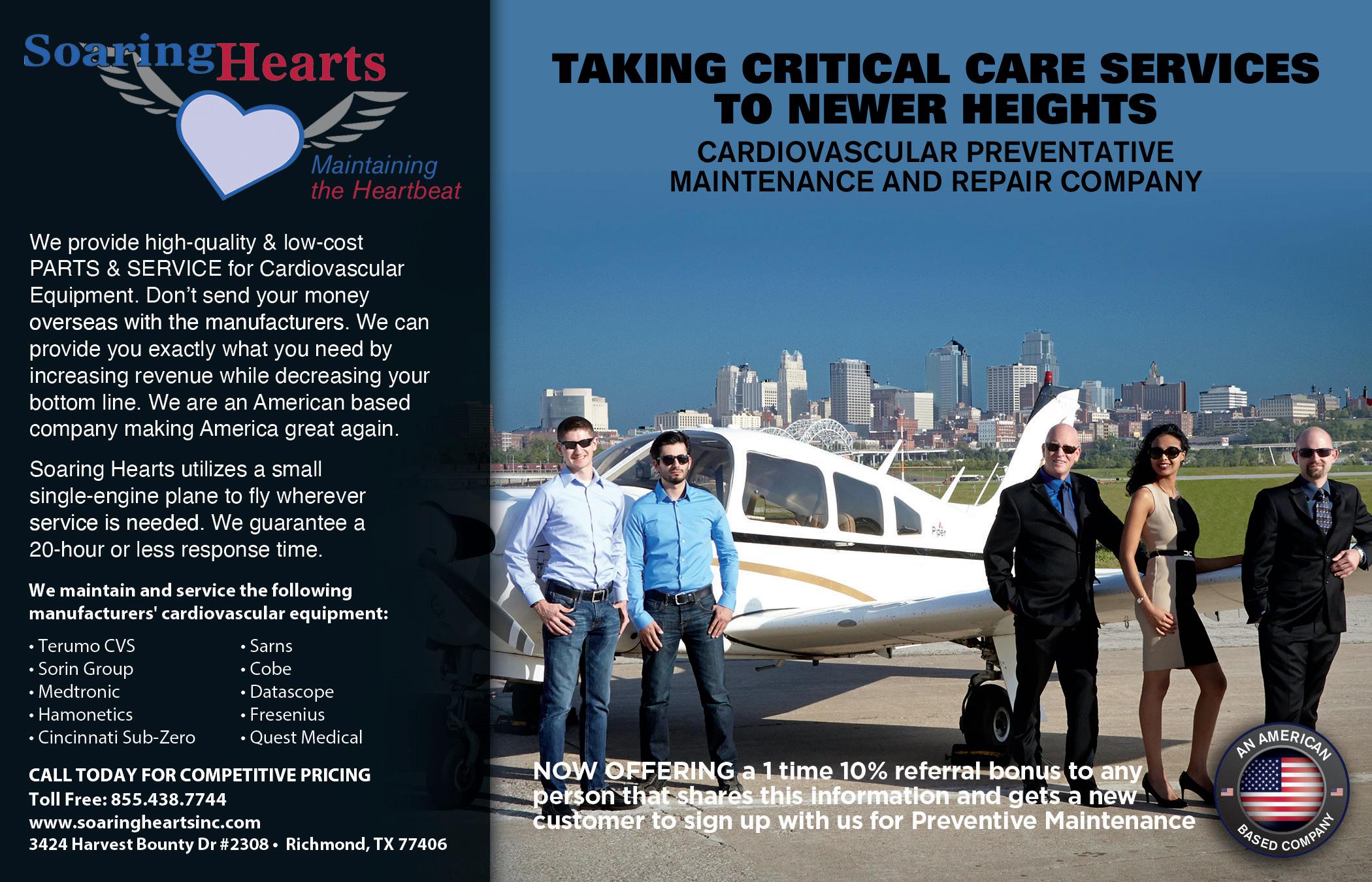

38 TechNation | March 2024
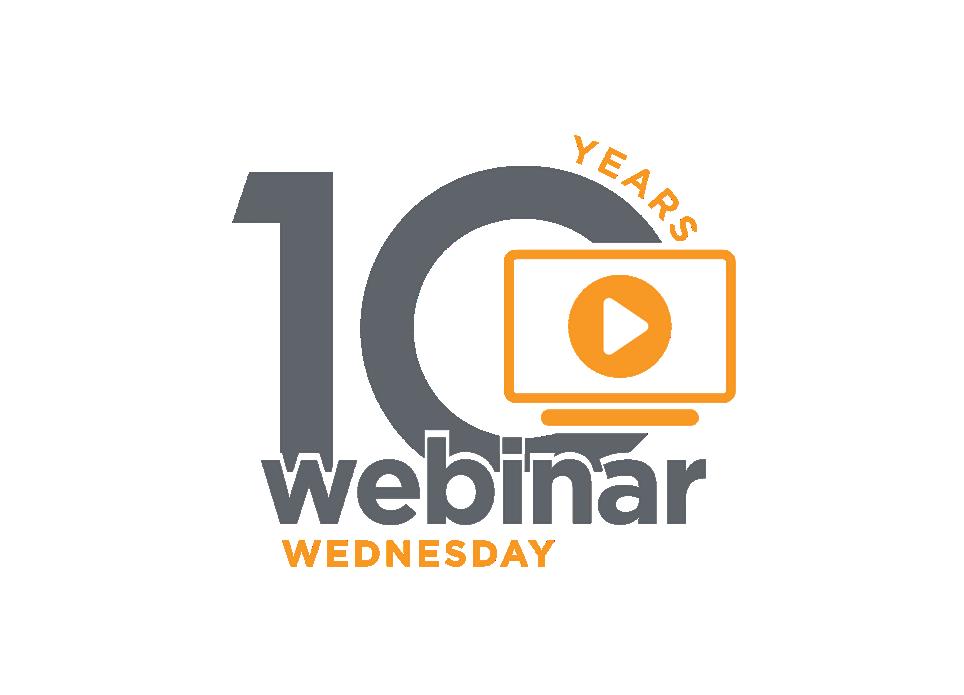


maullbiomedical.com
TOOLS OF THE TRADE: MIST PLATFORM
TechNation hosted the first Webinar Wednesday presentation of 2024 in January and gave away a pair of Apple Air Pods. Troy Hartman with UPMC Biotronics in Maryland was the lucky winner. This is the first of several giveaways planned for 2024 as biomeds are invited to join the 10-year anniversary celebration while earning valuable CE credits from the ACI.
The first webinar of 2024 was the Tools of the Trade Live Demo “Maull Biomedical’s MIST Software Program” sponsored by Maull Biomedical. Presenter Steve Maull gave a wonderful summary about the MIST Software Program. He also walked attendees through a contrast injector PM procedure. The demo illustrated how biomeds can use the software to perform PMs using step-by-step instructions provided via text and short videos. The software even creates a PM report at the end of the procedure!
Maull shared additional information as he fielded questions from attendees.
Attendees gave the webinar a high rating of 4 with the highest possible rating being 5, and answered the question, “What was your single biggest takeaway from today’s product demo?”
“Just seeing the PM from start to finish was very helpful. No better way to demonstrate than to just actually do the procedure. The videos in each step were helpful as well.”
- Shannon Dingus, Manager, Indian Path

WEBINAR: 5 MONEY-SAVING TIPS
The recent Webinar Wednesday presentation “Improving HTM Operational Efficiency: 5 Ways to Save Money, Time and Effort” is eligible for 1 credit from the ACI. The presentation was sponsored by Cynerio. A pair of Apple Airpods were also given away during the session as part of Webinar Wednesday’s 10th anniversary celebration! Children’s Nebraska Biomedical Engineer Michael Mappes won the Apple Airpods during the webinar.
Biomed and HTM team members are the lifeblood that fuel the adoption of modern medical devices. To help handle tight budgets, increasing workloads and responsibility for thousands of devices, these trusty team members are constantly looking for ways to increase efficiency. One common path explored by leading HTM teams is the insight provided by modern security tools. From usage patterns to identifying cost savings, many teams have found that the same systems preventing cyber attacks can be used to increase efficiency, reduce spend and provide better treatment.
In the webinar, the Cynerio and Sodexo teams discussed the five most common efficiency updates seen in health care environments today. Throughout the discussion Sodexo Director of HTM Cybersecurity Ryan Gonzalez and Cynerio Security Evangelist Chad Holmes shared real life examples that impact HTM teams and steps that can be taken immediately. Attendees gave the session positive reviews via a survey that included the question, “Excluding CE credits, why do you attend Webinar Wednesday?”
“Very informative. No expenses involved for traveling, tuition. Great resource.”
- Mitch Hoffman, CBET, from Parkview Health System.
Watch these webinars on-demand in case you missed it. CLICK–WATCH–EARN All webinars, podcast, and product demos are eligible for 1 CE credit from the ACI. cynerio.com
March 2024 | TechNation 39
Neri


LEASE OR BUY!
Monitors | Modules | Telemetry
Infusion Pumps | Defibrillators | ESU
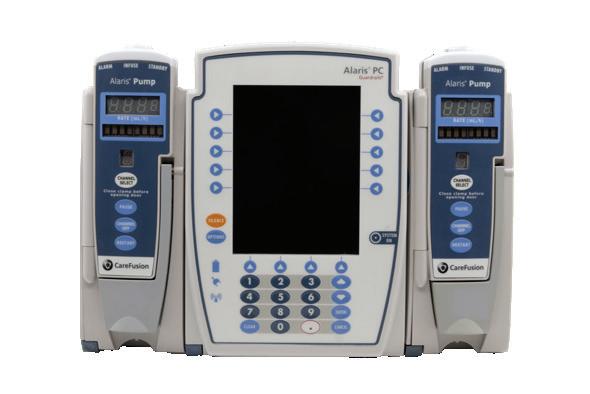
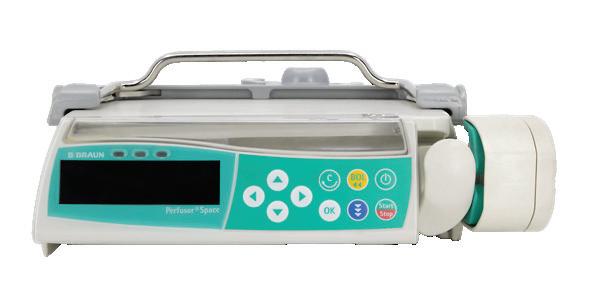

Equipment seems to malfunction at the most inopportune times, but Tenacore makes it fast and easy to schedule service through our online T-Connect portal. Many depot repairs can be shipped or delivered with industry-leading turnaround times. We take the pressure off you and provide solutions that fit your timeline.
We’re in YOUR corner. Call today to schedule repairs, purchase parts or lease equipment.
800.297.2241 | Tenacore.com
You need it now. Who’s in your corner?
Inventory Lead



ROUNDTABLE
AEDs & Defibrillators
TechNation Editor John Wallace recently asked some HTM leaders for the latest information regarding automated external defibrillators (AEDs) and defibrillators for a roundtable article. The goal of this roundtable article is to provide insights regarding important features to look for when purchasing these devices and advice regarding maintenance.
Participants who agreed to share their knowledge are:
• Soma Tech Intl Senior Biomedical Engineer Schleshin Molly David
• ReNew Biomedical Director of Training and Employee Development Dustin Dinkins
• Rigel Medical Product Manager for North and Central America Lewis Lennard
• Datrend Systems Inc. Director of Business Development Owen Liu
• Fluke Biomedical Senior Technical Sales Engineer Justin Ross
• ECRI Principal Project Engineer Mairead Smith
Q: WHAT ARE THE BASIC FUNCTIONS OR FEATURES EVERY DEFIBRILLATOR/AED SHOULD HAVE?
DAVID: A defibrillator is a medical device that delivers an electric shock to the heart to restore its normal rhythm during a sudden cardiac arrest. Basic functions and features that are commonly found in defibrillators include biphasic waveform, automatic and manual modes, ECG monitoring, voice and visual prompts, battery and electrode status indicators, portability and ease of use, pediatric capability, self-testing and diagnostic features, CPR assistance, data recording, and retrieval. For AEDs, the important features include ease-of-use, voice and visual prompts, self-testing and status indicators, automatic operation, CPR guidance, portability and durability, data storage, and training mode. It’s important to note that the specific features may vary between different models and manufacturers. When choosing a defibrillator/AED, considerations should include the intended use (professional or public access), training requirements, and compatibility with local regulations and guidelines.
DINKINS: The most basic function that a defibrillator and AED should have is the ability to analyze and deliver electric shock therapy to a patient in cardiac arrest. This primary function lets medical personnel, or even bystanders, use these devices in an emergency situation to analyze the patient and determine what therapy level needs to be administered.
ROUNDTABLE
March 2024 | TechNation 41
LENNARD: A defibrillator or AED should at minimum exhibit audio and visual prompts for seamless operation. An important attribute is the capacity for automated analysis, identifying cardiac arrythmias and determining the need of an electric shock. An AED must also provide guidance on proper pad placement, as any untrained individual may use them. Performance is arguably the most important function. For example, if a defibrillator energy output is out of specification, it can lead to unsuccessful attempts at restoring a normal heart rhythm, ultimately resulting in the failure to save lives.
LIU: After being revived by a defibrillator, many patients’ heart beats are still irregular. Having a defibrillator with pacemaker running in demand mode would be helpful during monitoring to ensure pacemaker is only active when necessary. For AEDs, models with more “shockable” waveform detection would cover more AED activation scenarios during use. Since AED discharge is determined by the unit itself, users cannot override a discharge if the unit cannot detect a shockable signal.
ROSS: Every defibrillator/AED must have a few fundamental features. These include clear and easy-to-follow instructions (voice-guided for AEDs), and adaptability to every patient size varying from pediatric through adult. With defibrillators an Advisory or AED mode, that includes the latest CPR protocols, and a manual override function for medical professionals. Additionally, it should also include a robust self-testing and alerts for malfunctions features.
SMITH: Defibrillator – Manual monitor/defibrillators used by qualified hospital or EMS personnel should, at minimum, be able to display the ECG waveform clearly and be capable of defibrillation, synchronized cardioversion and pacing. Users must also be able to select the desired energy level quickly and without confusion. The unit must be able to operate on battery power and transmit data to a central database using common methods, such as USB or Wi-Fi. AED – One of the key defining factors of an AED is its ease of use. These devices are generally intended for employees of common businesses, such as security guards, or members of the general public to use. The user interface must be simple, the device must provide adequate guidance, and prompts should walk users through the essential steps to deliver a shock quickly, when warranted. In the U.S., AEDs must also have received premarket approval (PMA) for both adult and pediatric patients. The AED must provide a high degree of accuracy in identifying shockable and non-shockable rhythms, and it must be reliably ready to deliver a shock when needed.
Q:
WHAT TYPES OF CHECKS AND REGULAR MAINTENANCE DO DEFIBRILLATORS/AEDS REQUIRE?
DAVID: Defibrillators require regular checks and maintenance to ensure their proper functioning and readiness for use during emergencies. Here is a list of common checks and
maintenance tasks for defibrillators: Visual inspection for electrode pads, cables, and connections, and exterior damages; battery status indicators; software updates; self-test feature; event data review; expired or damaged accessories; cleaning; environmental considerations; documentation and training; and education. Always refer to the specific user manual and guidelines provided by the defibrillator/AED manufacturer for detailed instructions on maintenance procedures and recommended intervals. Compliance with local regulations or standards related to defibrillator maintenance is also essential, especially in health care or public access settings. Regularly scheduled professional inspections may also be required, depending on the device’s usage environment.
DINKINS: As with any medical device, it’s recommended to perform maintenance checks on these devices following the manufacturer’s specifications. Checks on these devices can include ECG rhythm tests, energy output tests, internal self-tests and patient parameter testing. Using a patient simulator/analyzer on these devices will help ensure your device is within the recommended specs.
LENNARD: Routine maintenance for defibrillators/AEDs is crucial for their reliability in critical situations. Conduct visual inspections, checking cables, connectors, and electrode pads for wear, and monitor the battery status regularly. Periodic self-tests ensure operational functionality, but to ensure performance, a defibrillator analyzer, such as the UniPulse 400, is recommended. This testing tool performs the simulation of various cardiac arrythmias, measures energy levels and charge times, ensuring an AED’s accurate response and better patient outcomes.
LIU: Since every model of defibrillator/AED is different, following the manufacturer’s annual service procedure and checklist should be the starting point, as these manuals will cover critical function checks for your model of defibrillator/ AED. For example, some manufacturers require regular tests using a variable test load to simulate patients of different internal body resistance, which is outlined under AAMI DF-80/IEC 60601-2-4. Without checking the service manual, it is one of the areas that can be overlooked or forgotten during routine testing.
ROSS: Regular maintenance for defibrillators and AEDs is critical, and ranges from daily checks performed by clinical staff, through annual maintenance performed by a service professional. Checks should include verifying the functionality of all the device’s features, buttons, and connections, inspecting all cables and paddles, and ensuring the device provides the correct amount of energy output. Regular battery checks and replacements are also necessary, as well as verifying the readiness and expiration date of electrodes. It is also important that if the Defib/AED has Advisory/AED Mode
ROUNDTABLE
42 TechNation | March 2024

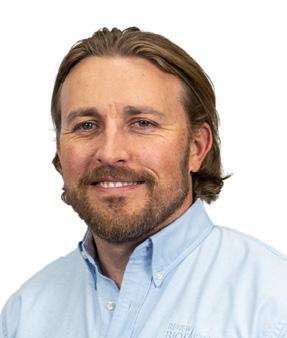
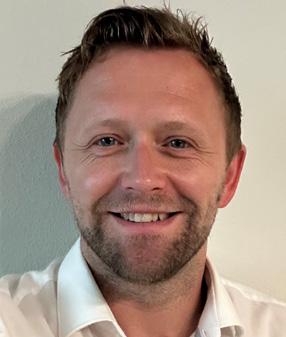


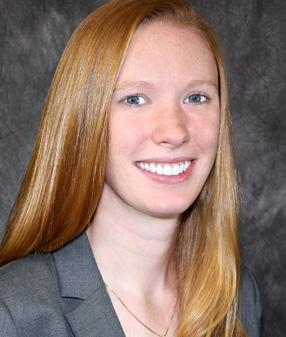
and it has the correct CPR protocol that your facility has adopted. Some defibs may have a lot of features and capabilities, the PMs can get very extensive and involved, and over time many of the service manuals will have a revision. Working with a manufacturer who is focused on providing the latest service revision along with Fluke Biomedical OneQA workflow automation software can help streamline this process, creating a more efficient and effective program.
SMITH: Defibrillators perform regular self-tests to verify readiness for use. In addition to these self-tests, users should visually inspect the unit daily or during each shift to confirm that the unit is clean, plugged in, free from damage, and that accessories (such as electrode pads) are readily available. Historically, many facilities have performed manual discharge tests, as well. Since the defibrillators perform discharge tests during their regular self-tests, manual discharge tests are not generally required, though they can help improve user familiarity. Healthcare technology management (HTM) professionals should perform inspections and preventive maintenance on each defibrillator as recommended by the manufacturer – typically annually. AEDs perform regular self-tests to verify readiness for use – usually daily or weekly. These tests check battery capacity, ECG circuitry, and charge/ discharge circuitry, and display the results with a status indicator (usually an LED on the outside of the unit). HTM professionals or other device managers should ensure that these status indicators are checked weekly. In addition, batteries, electrode pads, and other accessories should be replaced before they reach their expiration date. Fortunately, in most cases, these accessories will last for several years; however, if the device is stored outside of ideal temperature ranges, the life of these accessories can be shortened.
Q: WHAT ARE THE MOST IMPORTANT THINGS TO LOOK FOR IN A DEFIBRILLATOR/AED?
DAVID: When choosing a defibrillator, whether for professional use in health care settings or for public access, there are several important factors to consider. Here are some key things to look for in a defibrillator: Ease-of-use; biphasic waveform technology; simplicity of operation; clear voice prompts; automatic and manual modes; ECG monitoring capability; pediatric capability; portability and durability; battery life and status indicator; self-test and diagnostics; CPR
assistance; data recording and retrieval; compatibility with guidelines and regulations; training options; total cost of ownership; integration with emergency services; durability and environmental considerations; regulatory compliance and support; and training. Before making a decision, it’s advisable to consult with medical professionals, review user manuals, and consider any specific needs or requirements for the intended use environment. Additionally, check for local regulations and guidelines related to the use and maintenance of defibrillators.
DINKINS: A defibrillator/AED should be considered based on the needs of the location or user. Both devices will be able to analyze a patient and deliver shock therapy. Beyond this feature, users will want to decide if they want manual controls and patient monitoring. AEDs are a great choice for public access or BLS due to their ease of use and range of additional features, such as pediatric functions or CPR guidance. AEDs are specifically meant for cardiac arrest emergencies. Defibrillators are for professionals who need to provide advanced care by monitoring patients and checking vitals after stabilization.
LENNARD: When selecting a defibrillator, prioritize usability, automated analysis for timely intervention and durability for versatile deployment. Look for clear prompts, adjustable energy levels, and adhesive pads with precise placement instructions. Ensure a visible battery indicator for readiness and consider optional features like CPR guidance based on specific needs. Factor in regular training and maintenance to guarantee ongoing effectiveness in critical situations and safeguarding patients.
LIU: For defibrillators, I would look for models that can expand with additional modules. There are many advantages with a modular design, for one I can add more features to existing units with a smaller budget without having to replace entire fleets, I can also move “modules” from one hospital zone to another depending on patient/hospital needs, and I can send out just the modules for calibration or repair without downtime from my main units. For AEDs, I would look for units that are compact, high battery capacity and, most importantly, easy to use. AEDs are quite often located in public spaces, so it is possible the operator has never used
Dustin Dinkins ReNew Biomedical
Lewis Lennard Rigel Medical
Schleshin Molly David Soma Tech
Justin Ross Fluke Biomedical
Mairead Smith ECRI
March 2024 | TechNation 43
Owen Liu Datrend Systems Inc.
an AED before, someone will need to learn quickly in those scenarios to save lives.
ROSS: When looking for a defibrillator/AED, the most important aspect to consider is where the device will be utilized and ensure that it has the correct capabilities. There are so many possible parameters to consider, from simple AED function, through a full equipped transport defib. Then consider reliability, user-friendliness, adaptability to various patient needs, and quality of after-sales support. Don’t forget every defib or AED requires some sort of maintenance and upkeep to ensure it works when needed, how much will that cost, who will be performing the required services, and if in-house is your current biomedical test equipment capable of the required services.
SMITH: One key consideration is, whenever possible, to use defibrillators by the same manufacturer throughout a facility – and ideally, one single model. This supports patient transfer, data transmission, and user familiarity with any unit they may need to use. Beyond that, purchasers should choose the advanced monitoring capabilities that offer the most benefit to their application. This can include features like NIBP, EtCO2, SpO2, and 12-lead ECG monitoring. Facilities focused on improving their response to cardiac arrest may want to look for real-time CPR feedback, which has been shown to improve adherence to AHA guidelines for CPR quality. There are multiple benefits to choosing an AED from the same manufacturer as monitor/defibrillators that the AED may be used alongside, such as those used by your facility or local EMS agencies. For health care facilities, this aids in patient transfer between care teams, streamlines data transfer, supports user familiarity, and simplifies the purchase of accessories. Beyond that, an AED should be easy to use and should have features to reduce the time to shock. Several newer models also have remote monitoring capabilities using Wi-Fi or mobile networks so that device managers are notified if the AED fails a self-test.
Q: HOW CAN A HTM PROFESSIONAL EXTEND THE LIFE OF DEFIBRILLATORS/AEDS?
DAVID: HTM professionals play a crucial role in maintaining and extending the life of medical equipment, including defibrillators/AEDs. Here are some strategies that HTM professionals can employ to extend the life of defibrillators:
• Regular preventive maintenance
• Adherence to manufacturer recommendations
• Timely software and firmware updates
• Battery management
• Electrode pad management
• Environmental controls
• Proactive troubleshooting
• Data recording and analysis
• Training and education
• Documentation
• Inventory management
• Collaboration with manufacturers
By implementing these strategies, HTM professionals can contribute to the longevity and reliability of defibrillators, ultimately ensuring that these life-saving devices are ready for use when needed. Regular and proactive maintenance practices are key to extending the life and functionality of medical equipment.
DINKINS: In addition to performing annual maintenance on your unit, it’s important that the installed battery and pads are not expired or damaged. During annual maintenance, check the battery’s performance using a multimeter to ensure it’s not below the recommended voltage. Also during maintenance, clean the device and the battery contact points, ensuring the battery is making proper contact inside the unit.
LENNARD: To optimize the life span of defibrillators, HTM professionals can employ a strategic approach with emphasis on testing and measurement, using a comprehensive defibrillator analyzer. Regular testing using these tools facilitate accurate measurement of the device’s energy output and charge time, ensuring it aligns with international standards. Defibrillator analyzers also enable HTM professionals to simulate various cardiac scenarios, testing the AED’s responsiveness and accuracy in delivering shocks. Testing and measurement aids in early detection of potential issues, allowing for timely intervention and maintenance.
LIU: Keeping your machine and all its connectors clean plus ensuring the battery is replaced during regular intervals are probably the easiest ways to extend the life of your defibrillator/AED.
ROSS: HTM professionals can extend the life of defibrillators/AEDs by following a rigorous, consistent maintenance schedule and using quality test equipment, and the most current version of the OEM service manual. Addressing minor issues before they escalate can save costs and extend the device’s life span. Leveraging a workflow automation software to record PMs and technician notes that are readily available to an entire biomed team creates a more efficient and compliant process.
SMITH: Defibrillators are durable devices that can last for many years. To maintain them in good condition, they should be protected from dropping or other impacts, and they should be stored at moderate temperatures and humidity levels. They should also be cleaned and disinfected in accordance with manufacturer guidelines as needed, while taking care to avoid liquid ingress. HTM
ROUNDTABLE
44 TechNation | March 2024
professionals should be sure to perform recommended inspections and preventive maintenance on the unit, and keep up with manufacturer updates as they become available. AEDs are intended to need little maintenance over their lifetime, so there is little that HTM professionals need to do. To give them the best chance of lasting a long time, AEDs should be stored in a sheltered, though easy to access, location. They should be kept at moderate temperatures and humidity levels. They should also not be subjected to dropping or other impacts that could cause damage. To help reduce the risk of damage, they can be placed in a padded case and/or mounted in a dedicated storage cabinet.
Q: WHAT ELSE SHOULD TECHNATION READERS KNOW ABOUT DEFIBRILLATORS/AEDS?
DAVID: TechNation magazine readers interested in defibrillators and automated external defibrillators (AEDs) may find the following additional information relevant:
• Regulatory compliance
• Industry trends
• Integration with health care systems
• Telemedicine applications
• Training and education programs
• Global initiatives
• Data security and privacy
• Community engagement
• Research and development
• Sudden cardiac arrest (SCA) statistics
• Collaboration with emergency services
• Post-event analysis
Please hire trained professionals for your equipment maintenance. Soma Tech Intl can be reached at 800-4387662 for any professional needs. By staying informed about these aspects, TechNation magazine readers can contribute to the ongoing dialogue surrounding defibrillators and AEDs in health care, fostering advancements, and ensuring the effective deployment of these critical life-saving devices.
DINKINS: An AED/defibrillator is a device we all hope we never have to use; but when the time comes, it has to work. An AED has one job, and that is to save a patient’s life in cardiac arrest. These devices are often forgotten in a cabinet or hung on a wall and may go untouched until needed. A note about storage: always store your AED with the battery and pads installed. In an emergency, the unit must be ready for action. As an HTM or medical professional, we must check these daily and perform annual maintenance, so they stay ready to save a life.
LENNARD: The future of defibrillators holds exciting possibilities with the integration of Artificial Intelligence (AI) algorithms, which may enhance cardiac rhythm analysis, reducing false positives and negatives. AEDs
will likely connect with health care software, allowing real-time communication with medical professionals and facilitating remote guidance during resuscitation efforts. Smart connectivity features may enable automatic data transmission for maintenance alerts and event summaries. We’ve also seen Augmented Reality (AR) as a major player now in HTM, and assistance could simplify AED operation through visual overlays or step-by-step guidance.
LIU: When it comes to patient safety, regular PMs of defibrillators/AEDs are extremely important to minimize tragedy. In 2022, a father died in a U.S. hospital when a defibrillator used on him malfunctioned and exploded during use. In 2023, a passenger died on an U.S. airline when the battery in an AED unit failed. Perhaps these are some of the reasons why the FDA categorizes defib analyzers as a medical device and require FDA approval to be sold in the United States.
ROSS: TechNation readers should know that defibrillators/AEDs are life-saving devices, and their maintenance should never be compromised. It needs to work the first time, every time. Consider the working environment of these devices. AEDs/defibs may be transported in the trunk of police cruisers, or compartments of a firetruck, exposed to harsh environmental conditions, and possibly even dropped. Ensuring these devices are in top-notch condition is essential to patient safety. Fluke Biomedical can greatly help in ensuring effective testing, tracking, and documenting of the device’s performance, thus providing reliability and peace of mind.
SMITH: ECRI is sometimes asked about the different biphasic waveforms that defibrillators use, and whether one waveform or energy protocol is better than another. The short answer is that all biphasic waveforms used in the U.S. are highly effective for defibrillation and cardioversion, but there is insufficient evidence to support the superiority of one waveform over another. Therefore, ECRI recommends that facilities prioritize other purchasing considerations, such as those listed above, over waveform characteristics. Similarly, the 2020 AHA guidelines state that, lacking conclusive evidence that one biphasic waveform is superior to another, it is reasonable to use the manufacturer’s recommended energy dose for the first shock. Higher energy levels may be considered for subsequent shocks. AEDs are intended to reduce the time from onset of cardiac arrest to delivery of a lifesaving shock. They enable bystanders to take action. However, of the roughly 50,000 cardiac arrests that occur in public locations every year in the U.S., AEDs are used by bystanders only about 10% of the time. As a country, we have a long way to go in ensuring that AEDs are ready and easily found, and that bystanders are prepared to act.
March 2024 | TechNation 45
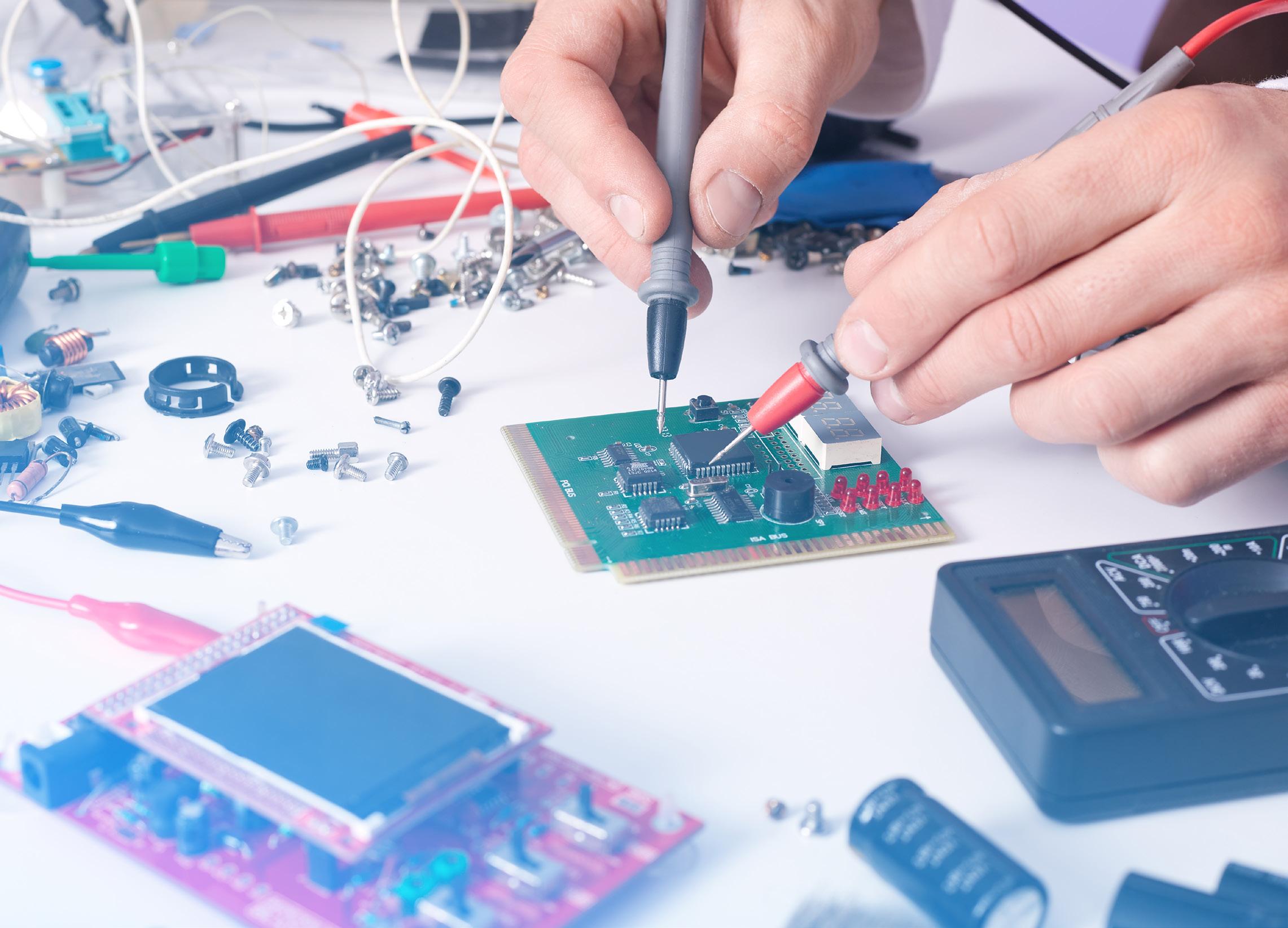
TECHNATION TECHNATION Breaking News: THE FUTURE OF HTM JOBS IS HERE. htmjobs@mdpublishing.com for posting inquiries htmjobs.com to register today • A niche job board for the HTM and imaging communities powered by TechNation. • 2800+ actively looking biomedical and imaging professionals. » Completely free and confidential registration and application process.

TECHNATION TIMES TECHNATION TIMES
• The fastest growing HTM talent network in the country.
• 350+ open opportunities throughout the United States.
» A variety of posting options ranging from single-job postings to 12-month unlimited memberships.
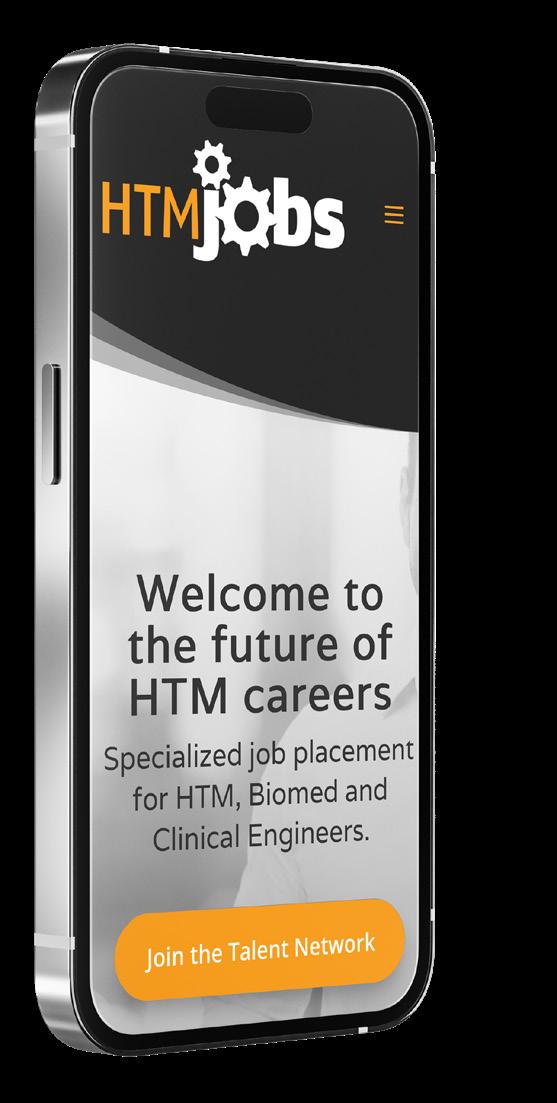
“My HR department advertised on various government sites and our web site but we did not get a single applicant in over 120 days. Fairbanks Alaska is hard to recruit for but I took out an ad on HTM Jobs and got two good applicants in less than 30 days. I am hiring them both. Thanks HTM Jobs.”
Featured Employers: Agiliti, TRIMEDX, Renovo Solutions, Kaiser Permanente, MultiMedical Systems, SPBS, Inc., Blue Water Thinking and more!
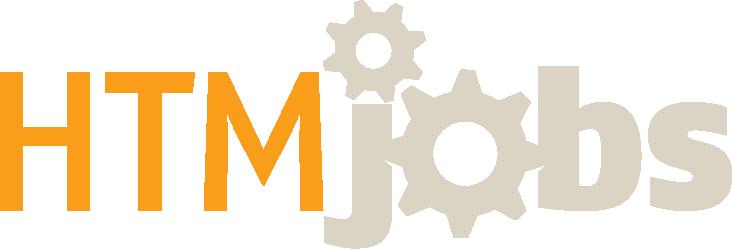 - D. Anderson, Tanana Chiefs Conference
- D. Anderson, Tanana Chiefs Conference

Cybersecurity Update
COVER STORY
48 TechNation | March 2024
From Ransomware to Medical Devices
BY K. RICHARD DOUGLAS

In September of 2023, the hotel and casino operator MGM Resorts International came under cyberattack. Although the firm refused to pay the ransom demanded by the attackers, the disruption to business cost the organization more than $100 million. Days later, Ceasars Entertainment, another Las Vegas-based casino and hotel chain, revealed that its database had been compromised and the driver’s licenses and Social Security numbers of many of its members had been stolen.
According to Security Magazine, there are over 2,200 attacks each day which breaks down to nearly one cyberattack every 39 seconds. Despite the best efforts of an increasing cybersecurity workforce, the cyber threat landscape is worsening
Data breaches, data extortion and ransomware attacks continued to increase in size and frequency during 2023. While few people have escaped catching COVID-19, the reality is that few people have escaped being victims of a data breach.
Trying to encapsulate the breadth and scope of cyber warfare in recent decades is nearly impossible. Hotel chain guests, financial service company customers and entertainment company members are just a small sampling of consumers impacted by these cyberattacks. Governments, both national and local, have also been the victims of attacks that have disrupted operations.
Financial institutions would seem to be a prime target; and they are. This has included banking, brokerage, consumer finance companies, credit card issuers and insurance companies. The attacks can target both the company’s databases as well as unsuspecting customers.
Non-public information was hacked into and stolen even before there was an Internet. Thieves stole financial market information from the French Telegraph System in 1834. With the advent of the Internet, and the vast universe of data connected to it, the opportunities were rife for cybercriminals to hack into secured databases and take what they want.
This hacking and use of computer viruses goes back to the 1960s when Allan Scherr, an MIT student, created a punch card that would cause the university’s mainframe computer to spit out all the passwords in the system.
The 1970s saw one of the first “viruses” as well as the first antivirus software program.
The 1980s and 1990s saw an increase in “black hat hackers,” who were able to access personal computers and steal data, financial records or blackmail businesses for money.
The year 2007 saw an attack on the government, businesses and media of Estonia; maybe the first attack on an individual country. In 2015, the fears of many cybersecurity experts were realized as Ukraine’s power grid was attacked.
With incursions that can be described as “significant” increasing in numbers every year, the need for shared best practices and immediate mitigation measures are critical.
While the federal government may provide a repository of best practices, there has been little action recently that actually acts to harden the threat surface against attack. This leaves the response up to the ideas and innovations of private and public companies and organizations in the cybersecurity space to mitigate current threats.
The costs of these cyberattacks only increase for companies as reputation is damaged, regulatory fines mount up and lawsuits are initiated.
TARGET: HEALTH CARE
One of the most vulnerable targets of cyber criminals is health care and the increasing number of connected devices. This is also the most lucrative segment for hackers and cybercrime. Not only are the hackers beginning to learn of the vulnerabilities of many connected devices, but they are fully aware of the vulnerability of sick patients dependent on technology and caregivers, who are easily manipulated when the health of patients is at stake.
“The global WannaCry ransomware cyberattack in 2017, which hit hundreds of thousands of computers in more than 150 countries, was a tipping point in the evolution of health care cybersecurity. The attack targeted health systems, among other organizations, and disrupted services at numerous health systems, resulting in thousands of canceled operations, appointments and generally significant delays in treatment. This was a wakeup call for the medical device industry,” says Scott Trevino, senior vice president of cybersecurity at TRIMEDX.
The earliest incursions into the networks of health care organizations were more fishing expeditions.
“Earlier the attacks on health care seemed to be inadvertent attacks i.e. attackers were looking for mis-configured devices on the Internet and attacking them. In addition, there was a lot of focus on accessing credit cards and health care wasn’t the big focus,” says Shankar Somasundaram, CEO and founder at Asimily in Sunnyvale, California.
He says that over the past few years, that has changed.
March 2024 | TechNation 49

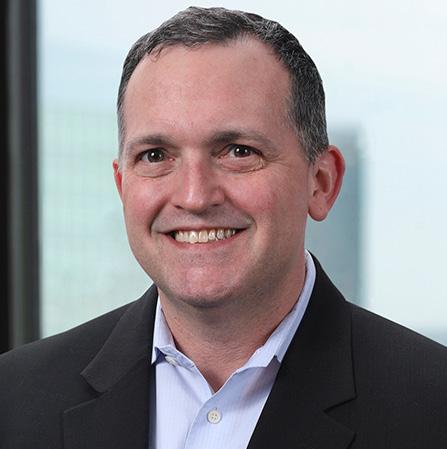
“Health care has become a big focus, as attackers seem to be targeting the devices used in the health care environment. The fact that health care records can fetch them 1,000 to 10,000X more than a credit card has also motivated attackers financially. And new ransomware attacks, to lock down health systems data and holding them to ransom, is not a technique we saw as much many years ago,” Somasundaram says.
This valuable information, paired with its accessibility, makes health care an inviting target.
Trevino says that measures to bolster medical device cybersecurity have developed rapidly in the years since the WannaCry attack, and at the same time, more medical devices have become network connected.
“While network-connected and more complex software-based devices have transformed patient care for the better, they also present more difficult cybersecurity challenges for both design and servicing. One such implication is that these devices have presented more vulnerabilities bad actors can exploit,” he says.
Trevino says that should a health system’s network be breached; vulnerable medical devices allow hackers the potential for easy laterals supporting the nefarious motives of the bad actors.
“To this point, most health care cyberattacks are not focusing on using connected devices to directly alter treatments and harm the patient. However, vulnerable devices provide openings to exploit within the hospital’s cybersecurity ecosystem – and once compromised, health systems are often forced to shut down operations, divert patients, and delay life-saving care, which can have devastating consequences,” Trevino adds.
The potential for these types of consequences just increases with the pace of exploits.
“We need to acknowledge that health care cybersecurity practices are steadily improving. However, looking at the increasingly sophistication and growing volume of attacks, we do need to wonder if our defenses are keeping up,” says Axel Wirth, CPHIMS, CISSP, HCISPP, AAMIF, FHIMSS, chief security strategist at MedCrypt.
Wirth says that the number of ransomware attacks on health care organizations is skyrocketing and cyber adversaries are steadily improving their methods with the objective to increase the price they can command, as well as make sure that victims pay up.
“For that purpose, they have developed various strategies, including timing of the attack (before weekend

or holidays), making restoration difficult (e.g., by damaging Windows boot sectors or destroying backups), as well as looking at double extortion where they not only hold data for ransom but also threaten release of sensitive data or go after patients for additional payment,” Wirth says.
COMPROMISED CARE
Is there still a risk of medical devices being controlled by bad actors?
“More so today than ever before. There are still a lot of legacy medical devices, many health systems are constrained by budget and resources which has only gotten harder in the last year and attackers have ramped up their efforts to attack health care. In fact, medical devices have been attacked in many of the ransomware attacks that have happened over the last couple of years,” Somasundaram says.
These attacks can impact the ability for clinicians to render care, including emergent care.
“With medical devices there is, of course, always the concern about patient harm, e.g., as a result of device malfunction (whether the attack was targeted or not). However, what we see today is mainly an impact on a hospital’s ability to deliver care; e.g., if my emergency room CT scanner is taken down then I am not able to correctly diagnose patients with suspected stroke. Recent research did demonstrate that a cyber attack on a hospital has measurable impact on patient outcomes,” Wirth says.
This threat to patient care has caught the attention of lawmakers along with federal agencies.
“As cyberattacks on health care organizations increase, there is a renewed legislative focus on medical device cybersecurity. Four new U.S. cyber laws have passed since 2021 – most recently in the Consolidated Appropriations Act. This issued new medical device cybersecurity requirements and empowered the FDA to ensure devices are secure,” Trevino says.
He says that as 2024 approached, the industry was closely monitoring how the FDA will enforce its new cyber mandates for medical devices and if Congress will advance additional cybersecurity legislation.
“As the FDA has indicated to Congress, cybersecurity collaboration between groups that service medical equipment, original equipment manufacturers (OEMs), independent service organizations (ISOs) and others that own and service equipment are highly encouraged in
 Shankar
Somasundaram
Asimily
Axel Wirth MedCrypt
Shankar
Somasundaram
Asimily
Axel Wirth MedCrypt
COVER STORY 50 TechNation | March 2024
Scott Trevino TRIMEDX
order to achieve the shared goal of improved patient care and patient safety,” Trevino says.
He says that could mean additional patches, more hardened medical devices and more comprehensive medical device cybersecurity programs within health systems.
SECURITY MEASURES AND SEGMENTATION
The threat landscape is ever-changing. Cyber criminals engineer new malware or concoct new social engineering schemes. Cybersecurity must also evolve to respond to the newest threat, weed out the newest worm or malware or harden the surface against threats with new protective measures.
Somasundaram says that the way to protect against the newest targeted attacks comes through understanding vulnerabilities and potential paths attackers can use to take advantage of the vulnerability, understanding potential threats and have the ability to capture data at the time of the incident to help with forensic analysis.
“In addition, segmentation, including targeted segmentation which is the most resource and cost effective, macro segmentation, micro-segmentation are all practices that have evolved to help react to a cyber-security event. Finally, new techniques and technologies are coming in, so the practices continue to evolve,” he says.
One component of health care cybersecurity starts at the point of sale.
Good security practices require a well-segregated network with layered defenses as well as additional
security monitoring tools that protect systems (like medical devices) that lack security defenses and need that complementary layer of protection via the network. In the long run, we need to improve the security posture of our medical device ecosystem and it all starts with purchasing,” Wirth says.
All measures taken to protect information and patients and others should be transparent and disclosed.
“Cybersecurity leaders must ensure rigorous cybersecurity practices are in place and provide evidence that they are being followed and that actions have been, and are being taken, where necessary. Recently, the SEC charged SolarWinds and its chief information security officer (CISO) with fraud for misleading investors about the company’s cybersecurity practices and failing to disclose known risks during the time it was the target of a massive cyberattack. This could set a new a precedent for the accountability expected and potential consequences for security professionals,” Trevino says.
The cybersecurity landscape for this year will see even more ransomware attacks, discoveries of new vulnerabilities in IoT, and the continued emergence of AI-enabled attacks. In other words, both health care enterprises and all other repositories of non-public information will remain at risk. IS/IT and biomed must remain vigilant and informed. It is incumbent upon those trusted with non-public information to have an awareness of emerging threats as well as to engage in constant education of mitigation methods.

“We need to acknowledge that health care cybersecurity practices are steadily improving. However, looking at the increasingly sophistication and growing volume of attacks, we do need to wonder if our defenses are keeping up.”
– Axel Wirth, CPHIMS, CISSP, HCISPP, AAMIF, FHIMSS, chief security strategist at MedCrypt
March 2024 | TechNation 51
TECH CHOICE AWARDS
(The Wrenchies)
TECH CHOICE AWARDS CELEBRATE HTM PROFESSIONALS
STAFF REPORT
TechNation magazine continues to promote and applaud the men and women of healthcare technology management (HTM) with the addition of the inaugural Tech Choice Awards. The Tech Choice Awards (also known as the Wrenchies) shine a spotlight on the heroes of HTM.
The idea for the awards came via a LinkedIn post by Wesley Reid CHTM, CBET, CRES, the director of tech management with ENTECH.
“As most of my ideas do, the idea for the Tech Choice Awards was born of constant open discussion with peers in our industry. Just so happened it was my favorite peer and fiance Theresa Heitchler who encouraged me to post the inquiry on LinkedIn as we talked about challenges, shop life, opportunities, and appreciation for our community,” Reid said. “We love celebrating our HTM colleagues and know TechNation does as well. I believe giving everyone a vote and access to submission will enfranchise the entire community, inspire excellence, and bring us together to celebrate each other’s commitment to our beloved profession.” A special thank you goes out to the sponsors who helped make the awards possible. The sponsors enjoyed amazing publicity during the nomination and voting process. The sponsors did not have any input when it came to selecting the honorees. The winners are based 100 percent on votes from the HTM community.”
A special thank you goes out to the sponsors who helped make the awards possible. The sponsors enjoyed amazing publicity during the nomination and voting
process. The sponsors did not have any input when it came to selecting the honorees. The winners are based 100 percent on votes from the HTM community.
Finalists in each category were selected during a month-long nomination process.
Next, HTM pros were invited and encouraged to vote online. The Wrenchies are the “people’s choice awards of HTM” thanks to an outpouring of support from TechNation readers, biomeds and the entire HTM community. The online voting period saw more than 5,000 votes recorded.
The Tech Choice Award categories are:
• Lifetime Achievement Award, sponsored by Tri-Imaging Solutions
• Professional of the Year Award, sponsored by Renovo Solutions
• Department of the Year Award, sponsored by USOC Medical
• Young Professional of the Year Award
• Women in Leadership Winner, sponsored by Avante Health Solutions
• Director/Manager of the Year, sponsored by MW Imaging
• ISO Employee of the Year Award, sponsored by Elite Biomedical Solutions
• Military BMET of the Year Award, sponsored by CBET
• Humanitarian of the Year Winner, sponsored by Healthmark Industries
• Industry Influencer of the Year, sponsored by Soma Tech Intl
• Ingenuity Award
• Association of the Year Award, sponsored by MultiMedical Systems
• Outstanding Vendor of the Year Award

52 TechNation | March 2024
THANK YOU TO OUR SPONSORS:
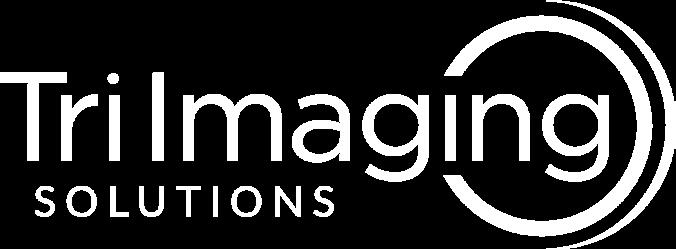





College
of Biomedical Equipment Technology



Wrenchies March 2024 | TechNation 53
The

SPONSORED BY:

YOUNG
PROFESSIONAL OF THE YEAR
Taylor Dunbar, Clinical Engineering Specialist Ohio State University Wexner Medical Center
Dunbar’s interest in project management has been an academic pursuit and she also has an interest in women’s opportunities in engineering fields.
Challenges are a part of the HTM profession and instilling confidence in clinical colleagues may be one of them. Yet, overcoming some of those challenges results from proving capability. Dunbar has taken on the challenge.
PROFESSIONAL OF THE YEAR
Allison Woolford, CBET, Biomedical Equipment Specialist, Duke University Hospital
“My goal is to help the students truly understand what life is like in a hospital setting. I am also trying to set up a semi-annual presentation where various biomedical technicians can come in and connect with the students. That way, they can see the various job opportunities for biomedical technicians,” she says.
It is no surprise; the HTM field has been enriched by having biomeds like Woolford, who are both devoted to their work as well as contributing to the training of future biomeds.

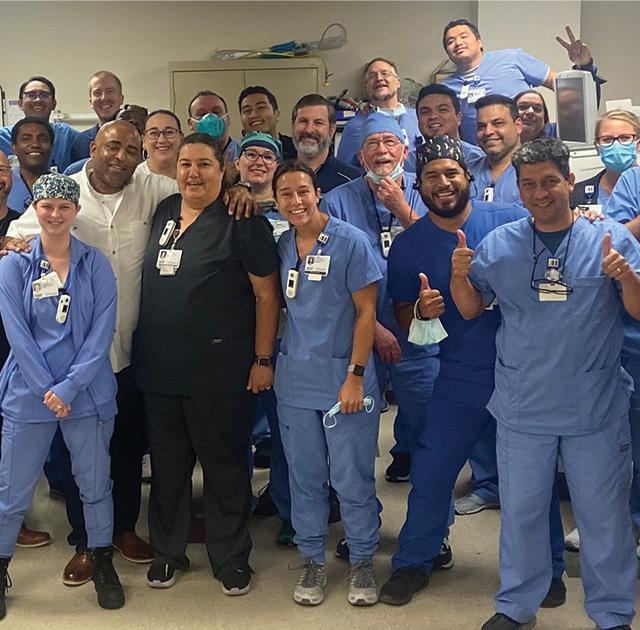
DEPARTMENT OF THE YEAR AWARD
The Houston Methodist Biomedical Engineering Department
With eight hospitals, an academic institute and 2,509 operating beds, Houston Methodist includes 27,947 employees, with many working in biomed. The 85-member biomedical engineering department is led by System Director Anthony Maroulis.
With big responsibilities and big challenges, this talented team of technicians and engineers has solved problems and addressed pandemic-related trials to the benefit of patients and clinical staff. They are also partnering to train the next generation of biomeds learning in an ideal environment.
TECH CHOICE AWARDS
SPONSORED BY:
54 TechNation | March 2024
“Pat Lynch has long been an advocate of the biomedical field and everyone that works in it, working with the top professional organizations all the way down to the state biomedical societies, as well as working overseas with mission groups and foreign hospitals.”
- Kelly VanDeWalker, vice president, Indiana Biomedical Society

LIFETIME ACHIEVEMENT AWARD
Patrick Lynch, CHTM, CBET, CCE, MBA, CPHIMS
Patrick “Pat” Lynch, CHTM, CBET, CCE, MBA, CPHIMS, is the recipient of the inaugural Tech Choice Awards Lifetime Achievement Award presented by TechNation magazine based on nominations and online voting by the HTM community. The Lifetime Achievement Award is sponsored by Tri-Imaging Solutions.
Indiana Biomedical Society Vice President Kelly VanDeWalker nominated Pat for the award.
“Pat Lynch has long been an advocate of the biomedical field and everyone that works in it, working with the top professional organizations all the way down to the state biomedical societies as well as working overseas with mission groups and foreign hospitals,” VanDeWalker wrote. “You could walk into almost any biomedical shop, mention Pat’s name and someone would know who he is, and some would have even worked with him on some committee.”
“For some of us, Pat is a go-to to find out information or answers about changes in the career field,” he added. “His resume and background speak for itself.”
VanDeWalker pointed out that Pat is currently fighting pancreatic cancer and continues to be active in the HTM community while undergoing treatment.
“There is not another person more deserving of this award at this time than Pat Lynch,” VanDeWalker concluded.
MD Publishing President John Krieg echoed that sentiment.
“The outpouring of votes for Pat was incredible. In fact, one fellow nominee, Ken O’Day of BC Group, requested that all of his votes be given to Pat as he felt Pat was deserving of the win,” Krieg said. “This award is well-deserved for the positive impact and support Pat has given to the HTM community throughout his many years of dedicated service.”
The HTM community agreed with overwhelming support. Hundreds of biomeds logged in and voted for Pat to receive the inaugural award.
HTM colleagues also shared an abundance of comments expressing Pat’s positive impact on biomedical engineering and biomeds everywhere.
WellStar Health’s Gregory Goll, CHT, CBETM, is among those who shared praise for Pat.
“I was not surprised,” to find out about the award. “In our profession, Pat’s influence is global versus regional.”
Goll describes Pat as the ultimate HTM advocate.
“Pat has never worried about challenging what and why we maintain our equipment. The focus was adding value to what we do, this is supported by other members of our community. Patient safety always is a pillar of his presentations,” Goll explained.
“Pat promoted our field and was a mentor in starting many biomedical organizations. I sent him surplus patient cable and sensors for Biomeds Without Boarders. Normally, after a new installation, these items were basically considered trash, but still had a useful remaining life. Pat had created a way to save these items which could impact patient care in other parts of the world,” Goll added.
“Pat set an example for many of us to continue. Look at what you do and always look to improve. He is always engaged and sets an example to follow. Above all, I consider it an honor to have his respect and friendship,” Goll added.
SPONSORED BY:
March 2024 | TechNation 55
TECH CHOICE AWARDS

MILITARY BMET OF THE YEAR
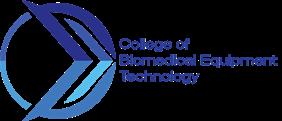
SPONSORED BY:
Josh Garvin, VISN 10 Information Systems
Biomedical Equipment Support Specialist at U.S. Department of Veterans Affairs
“Joshua Garvin is a veteran of the United States Army where he was an intelligence analyst for many years. Since 2012, Josh has been working for the Department of Veterans Affairs in networking- and cybersecurity-related capacities. As of March 2021, he has been a Biomedical Equipment Support Specialist (BESS) for the Veterans Integrated Service Network (VISN) covering Michigan, Indiana and Ohio. In his time with VA, he’s made a significant impact to the healthcare technology management (HTM) community in this region and throughout the Veterans Health Administration (VHA). Josh has worked to ensure VHA medical centers in his region meet the key performance indicators related to cybersecurity, such as vulnerability management. He’s also played a hand in countless VISN-wide projects such as the deployment of Zeiss FORUM Eye PACs in preparation for an electronic health record changeover. Josh’s passion for cybersecurity is even more evident in his enthusiasm to educate those that need or wish to learn more about the topic. He holds education sessions in the VA for interested BESS for several years, and he’s even created training content available to all biomedical engineers and BESS. The topics covered range from medical device security KPI improvements, basic networking skills, adding devices to the domain, PowerShell tutorials, IBM web reports, isolation management and much more. Josh also takes the time to provide additional support and education to those VA sites that express the need. He has regularly held one-on-one trainings for sites struggling with cybersecurity actions and/or have new VA HTM staff onboard. He is the co-lead for the National VHA HTM IT Education Workgroup that aims to educate the HTM field in medical device security knowledge. This expertise has even been featured in a variety of TechNation articles with Josh as co-writer to three published articles. He truly encompasses what it means to be the Military BMET of the Year from his time in the Army to now serving his fellow Veterans as a BESS for the Veterans Health Administration.” - Jennifer Harrison, Biomedical Engineer, Veterans Health Administration
DIRECTOR/ MANAGER OF THE YEAR
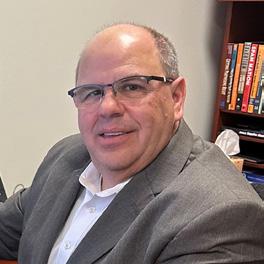
SPONSORED BY:

Chris Nowak, Director, Clinical Engineering at Arkansas Children’s Hospital
Chris Nowak is personable and professional all at the same time. He has the ability to recall names of the hundreds of HTM professionals he has met over the years. He knows “the clinical engineering, HTM business, like the back of his hand, from A to Z.” His credentials include CBET, CHP, CSCS, and past president of AAMI. Nowak is applauded for his attention to detail and always “doing what is right” for patients and his staff. He supports the continuing education of team members and always wants the best for those who work with him. He is truly concerned about their wellbeing.
SPONSORED BY:
ISO EMPLOYEE OF THE YEAR

“Keven Sun is everything an ISO employee/ BMET/CBET should be. Keven has that ‘can do’ attitude and he wears it so well. There is nothing technical/ mechanical that Keven cannot and will not fix. He is the kind of young, eager, full of potential BMET/CBET that everyone wants on their team and I am lucky to have him on mine. I have known Keven for a few years now and I have watched him grow as a tech and as a person. So much of this job is accolades and recognition and certifications and rightfully so. However, when did we forget the importance of being a genuinely nice person. I would bet that each of us would rather work with an extremely talented and genuinely nice person versus the know it all biomed with all the certs after his/her name. Patient care and mutual respect are our 2 top priorities here at CME. We place these above all else and Keven Sun knows his customers well and always provides this level or higher of service. We are in a selfless career field, where pats on the back are rare. I want to give Keven his time to shine because he has earned it as a young CBET and yes, because he is a genuinely kind person that everyone wants to work with.”
- John Waller, New England Regional Biomedical Services Manager, CME CORP
Keven Sun, Biomedical Service Technician, CME Corp
56 TechNation | March 2024
SPONSORED BY:
Emmanuel Essah, Biomedical Program Manager at Mercy Ships
“You can use your God-given skills and your talents in the biomedical engineering field to bring hope and healing to the forgotten poor. You will get to befriend patients that we serve. Even though I do not have direct interaction with patients in my day-to-day job, the equipment that I repair or maintain is used to treat the patients. Whether it’s for monitoring, diagnosis, etcetera,” Essah says.
Emmanuel Essah is making a real difference in the lives of his fellow Africans and bringing his skill set to the benefit of those who need medical intervention desperately.
“Emmanuel is an amazing biomedical professional who has been serving with Mercy Ships for many years. In his current position as the biomedical project manager, he travels around West Africa and educates local health care professionals in the biomedical industry.”
- Kimberly Ames, Medical Recruiting Specialist, Mercy Ships

HUMANITARIAN AWARD INGENUITY AWARD
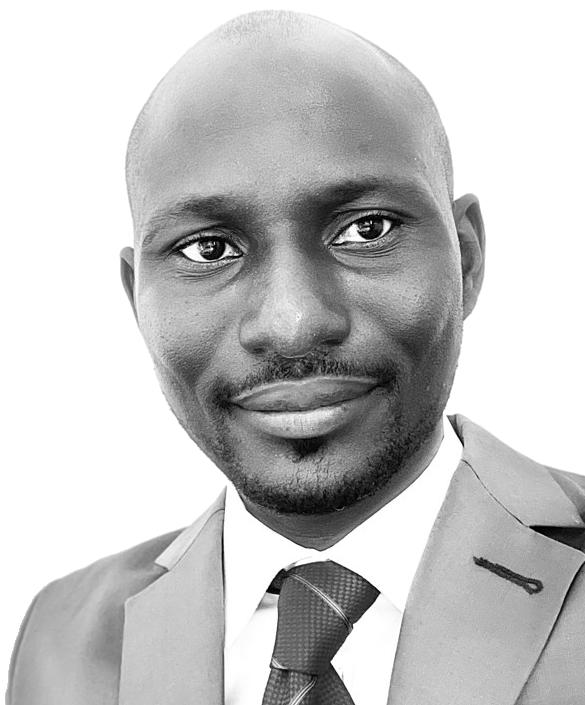
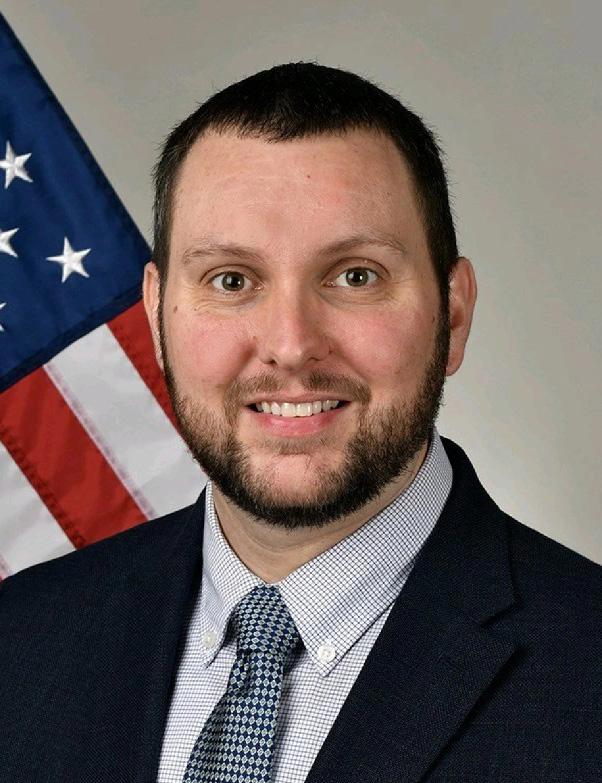
Carl Cross, Biomedical Engineer at VHA
“He innovated an entire PowerBI Analytics portal for the Medical Device Cybersecurity data for the entire VHA Healthcare Technology Management (HTM) community which consists of approximately 2,000 Biomedical Equipment Support Specialists and Biomedical Engineers throughout the U.S. This portal compiles key cybersecurity data as it relates to medical equipment in VHA medical centers. Since its inception, this portal has been utilized over 175,000 times by VHA HTM professionals, and it directly benefits the HTM community on a daily basis.
He has also developed enterprise interactive reports for tracking each Cybersecurity and Infrastructure Security Agency (CISA) directive to monitor remediation of cybersecurity vulnerabilities in the field. These reports are vital to the successful management of cybersecurity threats to medical systems in the VHA health care system.”
March 2024 | TechNation 57

WOMEN IN LEADERSHIP WINNER
Dana Hamed, Clinical Engineering Supervisor at Middlesex Health
SPONSORED BY:
“Dana has taken on a difficult challenge in stride this year, both becoming supervisor and an interim manager for our department. Despite the difficulty of covering both positions for a prolonged period, Dana has stepped up to the new roles and responsibilities. Dana exemplifies many key leadership qualities, she has a strong work ethic, stays until the job is done, and she’s available to help solve crisis issues at any time. Most importantly, she leads by example by being kind and empathetic, always willing to help find solutions, and committed to learning and improving.”
- Kyle Cagnoli, Clinical Engineer, Middlesex Health
“Her style of leadership is one of her greatest strengths. She is strong and decisive while being personable with the team to ensure their concerns are met equitably. She has a great mindset to evaluate a problem and works to solve it for the betterment of the patients the facility serves.”
- Michael Heusser, Chief Biomedical Engineer for VA
CT
INDUSTRY INFLUENCER OF THE YEAR
Bryant Hawkins, Sr.
HTM on the Line podcast
“Bryant is an outstanding leader, influencer, educator, mentor and friend. Not only does he impact the HTM industry with his time and service, but he gives of himself as an open and transparent human. He is dedicated to the field by reminding us to pour our knowledge and experience out for new HTM professionals. His passion and dedication to connect with others in our field is one of a kind. All the while he remains humble, as he shines brightly. He acknowledges that this industry is not a solo mission to become successful, but we are a community that commands integrity to keep patients and clinicians safe. Among many awesome titles, he most certainly deserves the acknowledgement of TechNation’s Influencer of the Year.”
- Nicole Ruffin, Biomedical Equipment Technician, Crothall Healthcare
SPONSORED BY:
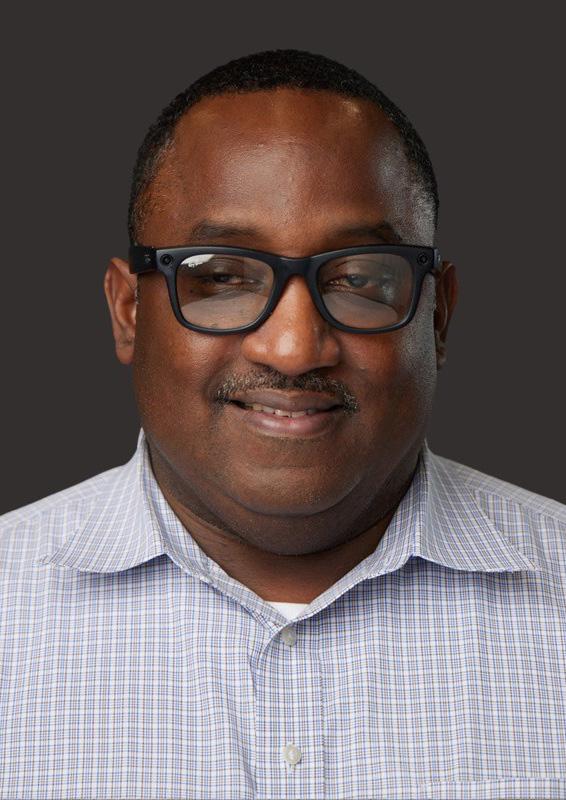
TECH CHOICE AWARDS
58 TechNation | March 2024

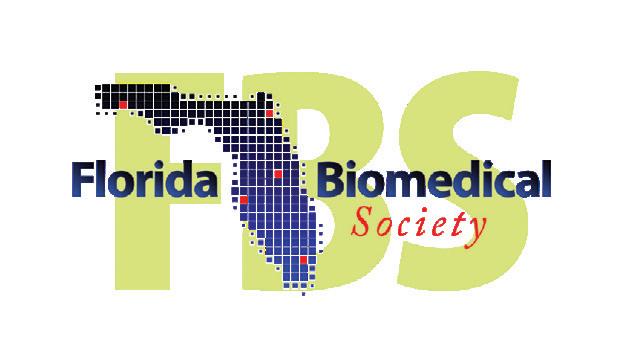
OUTSTANDING VENDOR OF THE YEAR ASSOCIATION OF THE YEAR
Florida Biomedical Society
“Sage Services Group and Wes Stichweh provide top notch service for all of our patient monitoring needs. Whenever I have something broken, Wes is just a phone call away. I don’t even have to worry about boxing it up. No matter how big or how small, he will stop by the hospital to pick it up. Even if he is on vacation and can’t make it to the hospital, he will send me the repair form and a FedEx label for me to ship it out. Once it is shipped out, the turnaround time is amazing. I know that within a week, I am going to have my device back and it is going to be working better than ever. The convenience and the repair process are impeccable.”
- Allison Woolford, Biomedical Equipment Specialist, Duke University Hospital
“The Florida Biomedical Society truly deserves recognition and an award for their exceptional contributions to the field. Their annual symposiums are not only highly informative but also incredibly engaging and consistently attracting a diverse and substantial audience. What sets them apart is their commitment to creating a family-friendly atmosphere. Beyond their academic pursuits, the society’s members actively participate in community initiatives, showcasing their dedication to giving back. With their substantial reach and impact, the Florida Biomedical Society stands as a prominent and influential force in the biomedical community. Their unwavering commitment to education, inclusivity, and community engagement makes them a deserving recipient of this esteemed award.”
- Myra Becerra, Biomed Supervisor, Memorial Healthcare System
SPONSORED BY:
Services Group, sageservicesgroup.com
Sage
March 2024 | TechNation 59
See the Digital Supplement for more
To find out more about the inaugural Tech Choice Award winners visit the digital supplement online.
The special issue includes detailed information about The Wrenchies and winners from each category.
Nominations for the 2025 Tech Choice Awards will be opened later this year. Nominations and winners selected based 100% on votes from those who make up the HTM industry.
Visit 1technation.com/tech-choice-awards for more details.

SPONSORS:



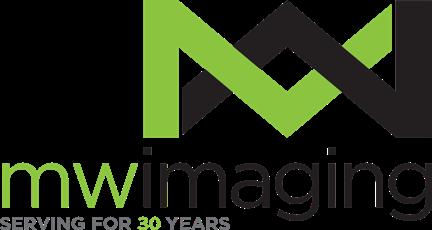
TECH CHOICE AWARDS
TheWrenchies THANK YOU AGAIN TO OUR 60 TechNation | March 2024









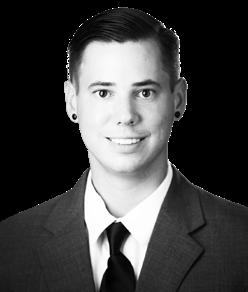

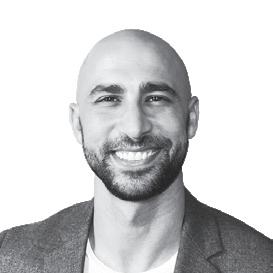




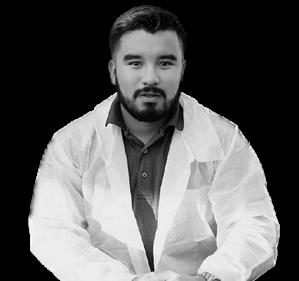









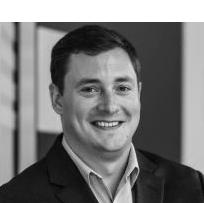





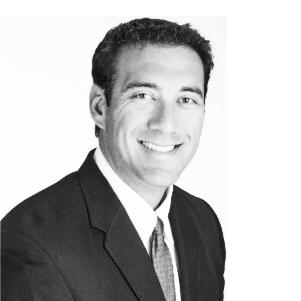





































40UNDER 40 YP AT MD Deadline To Apply APRIL 26, 2024 APPLY NOW! for the 2024 Class of 40 Under 40 MD YPat YOUNG PROFESSIONALS AT MD EXPO! ( ) For more information on YP at MD, visit our site! 1TECHNATION.COM/YP/
CAREER CENTER Is
Being a Mentor the Right Choice
For You?
BY KATHLEEN FURORE
How can someone decide if being a mentor is right for them? What are some things they should consider before becoming one?
Entrepreneur and business coach
Mike Shapiro, author of “Read the Tape: Using Situational Awareness to Predict Business and Personal Probabilities,” who has mentored more than 1,000 individuals, has created a tagline that sums up his approach to successful mentoring: finding joy in the success of others.
“I believe that the driving force of wanting to be a mentor must come from a passion to want to help others grow, learn and succeed,” Shapiro says.
Harrison Tang, CEO of Spokeo, echoes Shapiro.
“To determine if being a mentor is right for you, consider your passion for fostering development, as well as your genuine commitment to the growth of others,” Tang says.
Asking yourself the following questions can help you determine if you have what it takes to be a successful mentor.
• Do I have the necessary experience and expertise?
“There are many mentors and coaches that have this title but not the experience,” Shapiro says. “In my opinion, you must have the knowledge, skills and experience that would benefit someone else. Mentoring involves sharing insights and guidance based on your own experiences.”
• Will I be able to properly interpret what the mentee is looking for and asking?
This, says Shapiro, means having great patience and communication skills to communicate clearly and constructively while actively listening. “Mentoring isn’t
about making someone who you think they should be. It’s about them becoming the best version of who they are,” he says.
Tang also stresses the importance of having strong communication skills.
“Successful mentoring necessitates clear idea articulation,” he says.
• Can I make the time commitment to regularly support someone’s growth?
As Shapiro notes, mentoring is a time-consuming process if done well. “Consider if you have the availability and willingness to commit regularly and be available often,” Shapiro says. “You must be able to set boundaries and determine how much time and energy you can realistically dedicate to mentoring as being available is critical.”
• Do I have a high degree of patience and empathy?
“These are essential qualities for developing a supportive relationship with mentees,” stresses Tang, who sums up the requirements for and the benefit of being a mentor. “It is critical to understand that effective mentoring necessitates not only experience but also a genuine desire to contribute to the professional journeys of others, leaving a positive and lasting impression,” he concludes. “Drawing on my own experience, mentoring has been extremely rewarding, providing a unique opportunity to share industry knowledge and insight.”
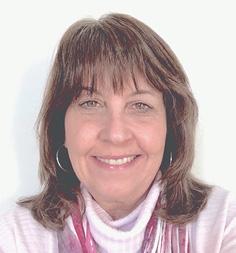
Kathleen Furore is a Chicago-based writer and editor who has covered personal finance and other business-related topics for a variety of trade and consumer publications. You can email her your career questions at kfurore@yahoo.com.
EXPERT ADVICE 62 TechNation | March 2024
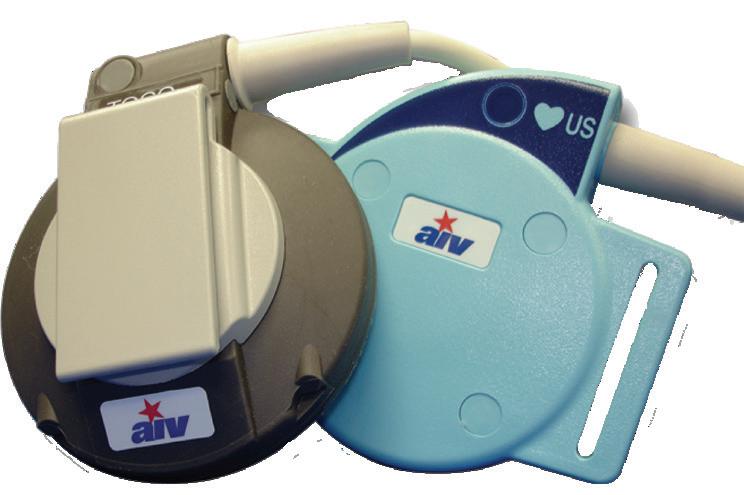

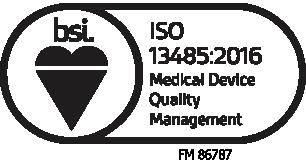


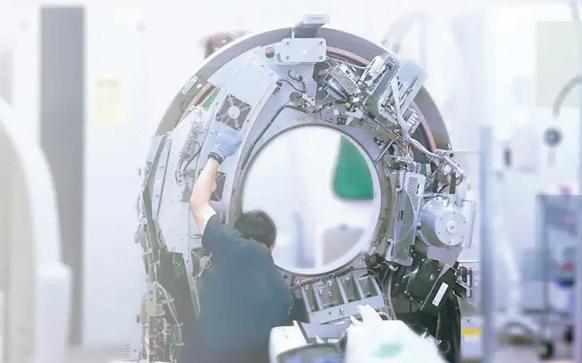
New AIV-Manufactured Fetal Transducers OEM Performance for a Fraction of the Cost Transducers are compatible with most popular GE/Corometrics & HP/Philips models Functionally equivalent to OEM Nearly identical in appearance FDA 510k listed devices 717B 877.266.6897 aivsales@aiv-inc.com Visit us at Booth #221 Reduce Spend Save 15% or more on your current service spend without sacrificing quality or performance. Really Safe In addition to quality onsite support, our RenovoSecure, managed cybersecurity program, helps keep your networked medical devices protected and your patients safe. Reliable Service Customized, flexible programs that deliver comprehensive biomedical and imaging services, including OEM centric service models for critical devices. Cybersecurity. Clinical Engineering. Capital Equipment Planning. renovo1.com HTM: It’s Not Just Something We Do, It’s ALL We Do… and we make it Really Simple. Healthcare Technology Management March 2024 | TechNation 63

20/20 IMAGING INSIGHTS
“What’s That Noise” Part 3
BY TED LUCIDI, CBET
We’ve explored how excessive RF energy in the vicinity of an ultrasound study can affect image quality (typically during color Doppler imaging) and that the amount of and quality of RF suppression is related to the integrity of the shielding that runs from the probe, through the scanner, extending to the accessories/external interfaces and ultimately to the system and facility ground.
Last month, we provided multiple, unique scenarios in which external variables were the root cause of the artifact and presented the argument that, according to our data with ultrasound probes reported to experience this issue, that less than 10% actually have a hard failure.
Typically, by the time that a service engineer receives a request to investigate a potential noise problem, there may be little chance that the problem will be present and be reproducible once on-site. This issue is one of the most challenging to solve. Only through thorough investigation, detailed documentation, process of elimination, and impeccable timing can the source actually be identified … and then, only some of the time.
IMPORTANT GUIDELINES FOR TROUBLESHOOTING ANY IMAGE QUALITY OR PERFORMANCE ISSUE.
• Always, compare the performance of a probe against that of the same EXACT model. There are
differences between probe model designs and comparing the performance of an L12-5 to that of a C5-1 may introduce variables. If comparing performance of one probe model to that of another, artifacts may shift to a different area of the image, may be more/less pronounced, or may not be present at all.
• Always, compare performance using the same EXACT system preset and EXACT system settings. Scanner presets can pre-configure over 50 different settings within the scanner hardware and software, and not remaining consistent can introduce variables.
• Always test the system/probe in the same physical location in the facility, the same room, similar scanner placement, using the same electrical outlet and the same network connection.
BEST PRACTICES AND PROVEN TROUBLESHOOTING TIPS FOR NOISE ARTIFACTS
• Provide a cellphone number to the end-users so that they can contact you when the problem is occurring. If you are in the same facility, drop what you are doing and immediately respond. You should personally view the noise and the environment.
• Identify if the problem is isolated to only one probe model.
• Identify if the problem is isolated to only one scanner.
• Identify if the problem is isolated regionally … only occurring in 1 room, within the OR, or only on certain floors. Document the exact location and the exact electrical outlet in-use.
• Identify if the problem is isolated temporally … only occurring in the morning or afternoon. Document the exact time.
EXPERT ADVICE
64 TechNation | March 2024
Verify Quality Grounding: A best-practice for troubleshooting most ultrasound issues is to start with a clean, known-good system to minimize variables. A solid system ground is integral to RF suppression, so perform a power cord resistance test (electrical safety test) to verify a quality ground and address as required. Grounding/spring clips surround the scanner’s connector ports (which extend the scanner’s system ground to the probe). Inspect and replace broken, missing or worn spring clips and remove any oxidation from their surfaces using a mild abrasive pad, eraser, alcohol prep pad or similar.
Verify a Clean System: Due to the volume of linens in-use, health care facilities are extremely dusty environments, and dust build up inside of equipment can lead to a whole host of problems. Depending upon the amount of and the location of dust and debris, it can act as an insulator between connections or a bridge between components, electrical traces and ground planes. Inspect the connector ports of the scanner for excessive dust build up, as a fine layer of dust or oxidation can compromise the quality of connection. This is extremely important for scanners/probes using pin-less connectors, such as the GE E-series and Siemens S-series scanners. Next steps would include a thorough cleaning of the interior of the scanner. Open the front-end processor of the scanner, remove, clean and reseat all PCBs. Thoroughly clean the power supply and fan assemblies, as these areas become coated with dust despite the use of and cleaning of the scanner’s air filter(s). Most card cage covers use spring clips, similar to those surrounding the connector ports. A common problem is a buildup of oxidation or decreased tension on the clips which can affect RF suppression. Inspect the insides of card cage covers or other areas which may have ground/spring clips, removing any oxidation.
End-User Troubleshooting: There’s some basic troubleshooting that end-users can and should perform when noise issues present. Have the sonographer disconnect/reconnect the probe to the scanner using the same scanner port and observe the image for noise. Follow that by disconnecting/reconnecting the probe using a different scanner port. Finally, have the sonographer unplug items, in the immediate vicinity of the scanner, such as gel warmers, blanket warmers, electric beds, etc. and turn off all cellphones.
External Connections: It may be out of the comfort zone for some users, but next steps should include disconnecting any/all external cables from the scanner (external video, USB, network, etc.) to eliminate broken/ open shielding as a potential source. Next, power off the scanner, move the power plug to a different outlet (preferably on a different electrical circuit), power on and observe the image.
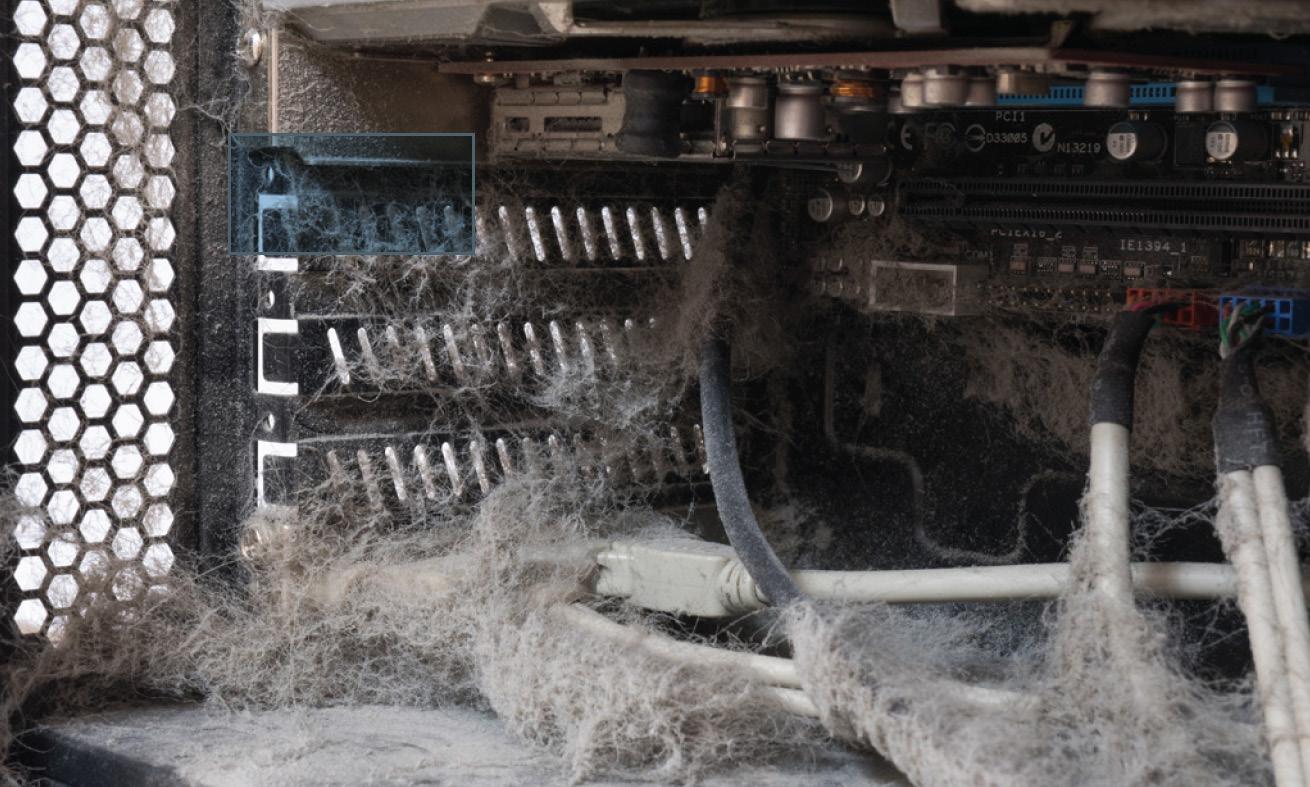
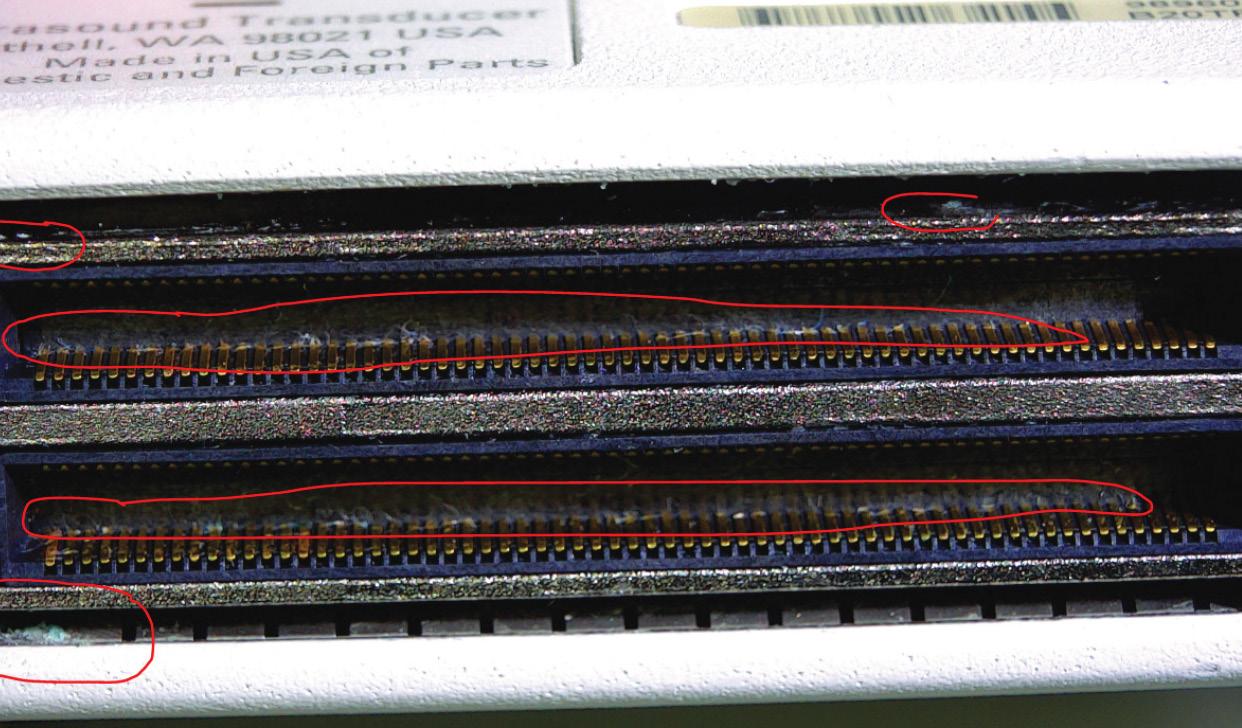
Additional Steps: Devices such as treadmills, X-ray and CT systems, motors, surgical lights or other devices in the immediate vicinity of the scanner could experience breakdowns in their own shielding. Further troubleshooting involves relocating the scanner to a different physical location within the department followed by relocating the scanner to a different physical location elsewhere in the facility and observing the image.
Our world is full of electro-magnetic pollution and most medical devices are designed to address it. RF interference is like the wind, it comes and goes. It may be strong today and weaker tomorrow. When it seems as though replacing the probe is the easiest solution and in doing so appears to solve the problem, just wait. Until you uncover the true root cause, the search will never be over.

SPONSORED CONTENT
Ted Lucidi, CBET, is the director of commercial operations and business analytics at Innovatus Imaging.
March 2024 | TechNation 65
Dusty electronics can bridge electronic signals meant to be isolated
THE FUTURE
Importance of Alumni
BY JOIE N. MARHEFKA
As I write this column, I am working on planning our semi-annual alumni event. Once each semester, we invite alumni to join current students for pizza and conversation. This gives the students a chance to hear from recent graduates and learn about their experiences with internships, job searching, starting their first job in the field, and working in HTM in general. The students have an opportunity to ask questions as well as to make connections that may help them when looking for a job. The alumni share advice and also some crazy stories.
These events also allow the alumni to connect with each other as they provide opportunities to catch up with old friends and make professional connections. Often, a group of alumni and faculty will head out afterwards to continue the informal conversation in a more social setting. The feedback from both students and alumni has been overwhelmingly positive, and I know the alumni look forward to these events each year.
Beyond this event, I wanted to share some of the other ways that our alumni stay connected with the school and program. In many cases, these connections directly benefit our students. In addition, staying connected with the school and program can also benefit the alumni.
One way that alumni can get involved is by giving guest lectures. We’ve had recent graduates talk about finding their first job, give a lecture on a day in the life of a biomed, or do a question-and-answer session. Alumni with a bit more experience in the field have given lectures on various types of equipment, networking and device integration, and many other topics. We’ve also had alumni do practice interviews, which the students have found to be extremely beneficial.
Alumni are also invaluable as members of our Industrial Advisory Committee. This group is comprised of alumni as well as professionals who hire our graduates.
The committee provides input on our curriculum to assure that it aligns with industry needs. While all of the members’ feedback is valuable, it is always great to hear the perspective of alumni who are familiar with the program and have experience in the industry.
I love hearing from alumni, and often do when their employers have openings. I get numerous emails every year from alumni who ask me to share opportunities with our students and other recent graduates. Alumni also make excellent supervisors for our interns as they are particularly familiar with our curriculum. We’ve started pairing first year students with alumni mentors, and the feedback from students has been overwhelmingly positive. Finally, we often invite alumni to participate in other events on campus, such as a Women in STEM event held at the beginning of each year.
From talking to our graduates, I know that many of them enjoy the interactions with the students and want to give back to the school. There are also some more direct benefits that alumni gain from staying in touch and getting involved. I’m always happy to share resources with alumni as well as to write recommendations for jobs or additional education. Staying connected with an alumni network is also a helpful way to learn about opportunities in the field.
If you are currently engaged with your alma mater, I’m sure that the students and faculty appreciate it more than you know. If you are not, I strongly encourage you to reconnect and look for opportunities to get involved. It will certainly benefit current students and will likely provide benefits for you, ranging from new professional connections to the satisfaction of giving back.
I am grateful for all that our alumni do to support current students. I also really enjoy mentoring current students at my alma mater.

Joie N. Marhefka, Ph.D., is the biomedical engineering technology program coordinator at Penn State New Kensington.
EXPERT ADVICE
66 TechNation | March 2024


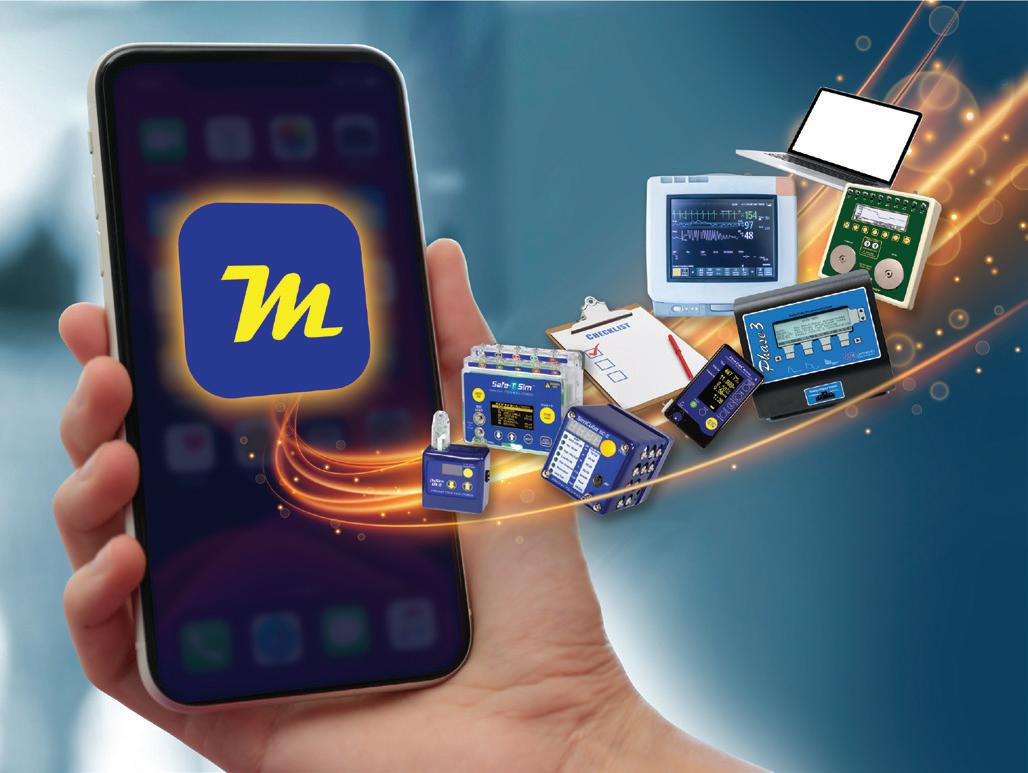




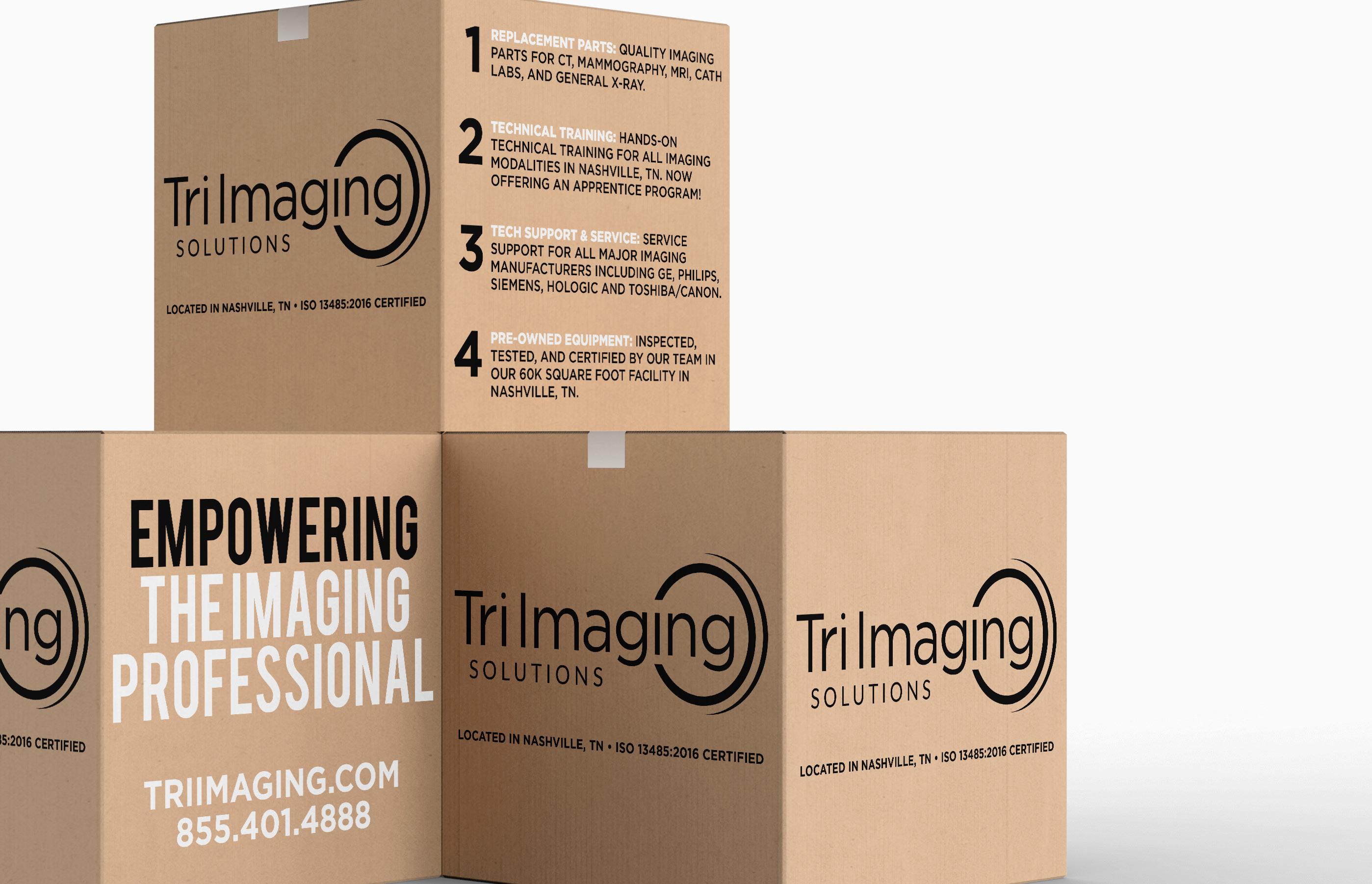
Wireless automation has arrived! Automated Electrical Safety, Simulation & IV Pump Test Sequences P Complete control + data capture P Run user-defined / manufacturers’ checklists P Generates a complete electronic test report THE TOTAL PACKAGE HAS ARRIVED. March 2024 | TechNation 67
CYBERSECURITY
Safeguarding Healthcare: The Imperative of Cybersecurity in Hospital Vendor Support
BY NADIA ELKAISSI, CHTM
i cture a state-of-the-art hospital, where robot caretakers are zipping down the hallways and doctors are evaluating patient data using AI-driven diagnostic tools. Although the cutting-edge technology may seem more appealing for patient care, what the clinical staff did not realize, is that the technology was coded to function and send data to a third-party vendor. In this scenario we run into the issue that even though the goal is to improve the efficiency of evaluating and diagnosing patients, it may end up increasing the risk factors associated with exposure to sensitive patient data.
As the advancement of technology progresses, the increase in vendor support follows suit, consequently elevating the risk of breaches of patient data. It is for this reason that health care environments need to enforce a strong cybersecurity program that oversees and assesses the risk associated with external vendor access. This is a crucial step in protecting patient data and upholding the integrity of hospital services. There are several different ways health care professionals may manage external vendor access, including:
• pre-selection evaluation
• strong contractual agreements
• continuous monitoring of vulnerabilities
PRE-SELECTION EVALUATION/RISK ASSESSMENT
Before equipment is considered for purchase, there should be a thorough evaluation conducted on the
system. The evaluation should include if the equipment meets the needs of the health care environment, and also whether it meets the hospital’s safety and integrity standards. When reviewing the vendor support, it is important to review security protocols such as data encryption, access controls and authentication processes. You should be analyzing the vendor’s experience in a health care environment and the type of ongoing vendor support they will be providing – especially with the increase in vendor support options that are moving to cloud solutions.
It is important to review the vendor’s data protection policies and ensure it aligns with hospital policies. By doing the groundwork and detailed investigation up front, it will eliminate a significant number of risks that can be associated with selecting the wrong system.
STRONG CONTRACTUAL AGREEMENTS
For any external vendor support, it is imperative that a strong contractual agreement is established and thoroughly outlines the cybersecurity responsibilities of the vendor. The document should include clearly defined standards and requirements that the vendor must adhere to. There should be detailed information describing what areas access is required and the function, data protection and security.
In addition, there should be a concrete list of access controls with a topology diagram to line out the communications. Multiple parties should be involved in the evaluation of the contract to evaluate any legal or security requirements that need to be included. By addressing these elements, you are mitigating potential risks associated with vendor support. Consistent reviews and updates to the
CONNECTED 68 TechNation | March 2024
P
contract are necessary in order to ensure all cybersecurity risks are addressed and any regulatory changes are documented.
CONTINUOUS MONITORING OF VULNERABILITIES
Once the external vendor support is established, the work does not stop. As cybersecurity experts, it is our job to conduct regular vulnerability assessments on the system and identify any potential weaknesses. Since the system is exposed to an external connection, it leaves the system open to any new cybersecurity threats. The hospital or health care environment should have cybersecurity monitoring tools consistently scanning all systems and identifying any known vulnerabilities. By identifying and evaluating potential weaknesses, you will be able to proactively address any security gaps before they become a larger issue.
As the health care industry continues to embrace the advancement in medical technology, it also increases the need for vendor security. Hospitals and cybersecurity experts need to be proactive in their approach to assess, monitor and enforce security measures with vendors. By evaluating and conducting risk assessments, developing strong partner agreements and monitoring vulnerabilities, hospitals can ensure vendor support can be implemented without compromising patient data or security.
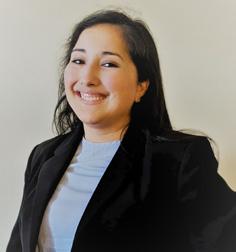
Nadia ElKaissi, CHTM, is a biomedical engineer in healthcare technology management at the VA Central Office.
March 2024 | TechNation 69
HIMSS
Implications of the EU Artificial Intelligence Act
Po licymakers in the European Union have reached a landmark agreement around artificial intelligence. The Artificial Intelligence Act is the world’s first comprehensive attempt to regulate this evolving technology and its wide-ranging implications, seeking to build trust and confidence in an emerging technology.
As stated in the Public Policy Principles, HIMSS believes “generating genuine trust and transparency in AI algorithms is core to fostering the engagement of the health care community in the use of AI.” The rules within the AI Act aim to bring transparency and trust to the use of AI, which HIMSS believes will lead to continued growth in health care applications for AI technology.
“We appreciate the effort of policymakers in the EU to reach this landmark agreement, which is leading the world in tackling the challenge of regulating this evolving technology that has vast potential to improve patient outcomes, reduce health care costs and combat clinician burnout,” said Tom Leary, HIMSS senior vice president and head of government relations.
“We will continue to advocate for government agencies across the globe to collaborate with AI advocates and health care leaders to create standardized definitions of AI and promote education among key stakeholders to ensure consistent understanding of AI’s wide-ranging applications in health care,” Leary added.
HIMSS noted in its response to the European
Commission’s Data Strategy and White Paper on Artificial Intelligence from 2020 that AI has enormous power to create patient-centric and outcome-oriented medical technologies and solutions.
Government agencies across the globe must collaborate with AI advocates to create standardized definitions of AI and promote education of those definitions to ensure consistent understanding among wide-ranging applications in health care.
HIMSS noted in its response to the European Commission’s Data Strategy and White Paper on Artificial Intelligence from 2020 that AI has huge power to create patient-centric and outcome-oriented medical technologies and solutions. Patients expect more effective, personalized and convenient services. AI can be applied to ever-growing volumes of research and patient data to understand people at an individual level and to deliver personalized products and services that provide increased medical value and quality of life. However, as an emerging technology AI demands that risks are managed, that trust in its proper use is fostered and that the needs of industry in developing AI tools are considered.
HIMSS and its members look forward to working with the EU to promote trustworthy rules around AI at an international level to help meet this standardization, including involvement at the G7, the Organisation for Economic Co-operation and Development, the Council of Europe, the G20 and the United Nations, and in particular the World Health Organization.
CONNECTED 70 TechNation | March 2024
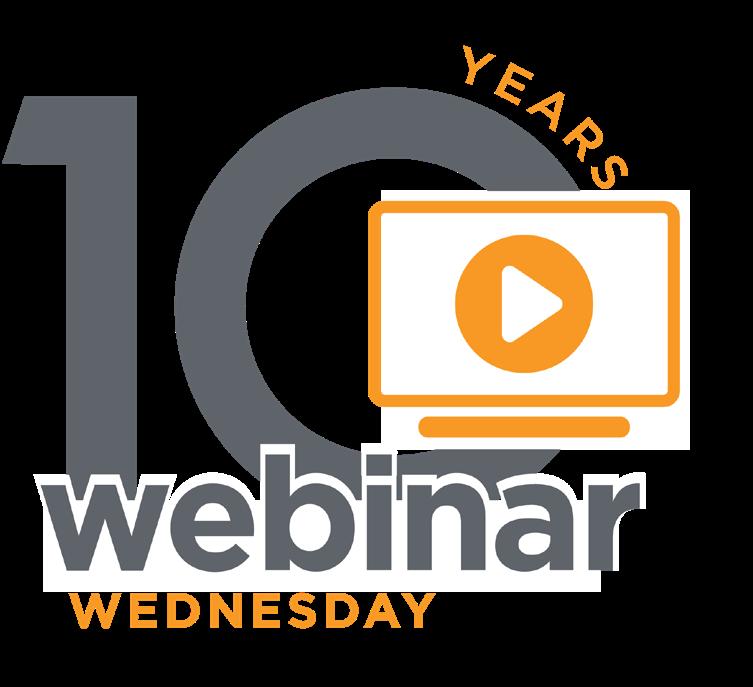
CLICK-WATCH - EARN

All webinars, podcast, and product demos are eligible for 1 CE credit from the ACI.
ON-DEMAND:

sponsored by Kontakt.io
Quantifying ROI: Measuring the Value and Impact of Improved Medical Device Management

sponsored by FSI
[Tools of the Trade Demo] FSI’s CMMS
sponsored by TRIMEDX
Clinical Engineering: Navigating Industry Trends
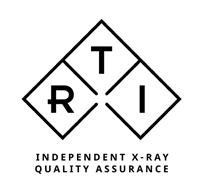
sponsored by RTI Group
Revolutionizing X-ray Meter
Technology: Mako – A Meter and a Milestone
TUNE IN TO ANY LIVE WEBINAR TO WIN!

LIVE:

MARCH 6 | Cognosos
[Tools of the Trade Live Demo]
Save the date for this live webinar. Participation is eligible for 1 CE credit from the ACI.
MARCH 27 | Cynerio
Save the date for this live webinar. Participation is eligible for 1 CE credit from the ACI.
PODCASTS:
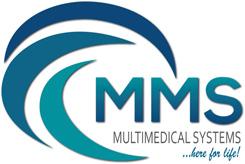
sponsored by MMS
Building Standards for the HTM Industry
webinarwednesday.live

HEALTH-ISAC Cybersecurity Principles and Practices for Legacy Medical Devices
BY PHIL ENGLERT
In the previous column, I introduced the International Medical Devie Regulators Forum (IMDRF) publication “Principles and Practices for the Cybersecurity of Legacy Medical Devices” (N70) and the four life cycle stages – development, support, limited support, and end of support (EOS). The N70 document contains recommendations for three responsibility areas – communications, risk management and transfer of responsibility. It makes clear how the responsibilities shift from medical device manufacturer (MDM) to health care provider (HCP) as the product life cycle progresses. In this installment, I will review the risk assessment efforts and the transfer of risk likely occurring at each of these stages.
During the development stage, the risk assessment responsibility falls entirely on the product manufacturer as they design and determine needed controls based on the intended use of the medical device. These activities include threat modeling, risk assessments and security testing to ensure the controls and mitigations are effective. The security assessment also includes vulnerability identification and risk identification based on the device security design, controls and mitigations.
The product manufacturer also develops a plan for post-market monitoring of cybersecurity vulnerabilities and ensuring the availability of security patches and mitigations based on device risk capabilities. Knowing the requirements will aid HCPs during the procurement and life cycle management planning. During the product consideration and evaluation period, HCPs should request high-level architectures that identify and describe all the communication boundaries including the ports needed and the protocols required as well as the data exchanged and the protections and hardening in place to
protect those transactions. This information will help network architect teams determine how to best connect and configure the device on the network to minimize the risks introduced by the product.
Healthcare technology management teams should also seek life cycle maintenance activities. Traditionally, this includes periodic maintenance schedules and determining on-demand maintenance strategies. The update and patching cycle are also important to know. This is another element of the periodic maintenance cycle and HCPs will want to know the frequency of the update and patch cycles and who is responsible for performing the work. Is it part of the service agreement? Will the update be made available online and be the responsibility of the onsite HTM staff? The procurement phase is a good time to map out all the service activities and identify who will be responsible for completing each task. A RACI1 matrix is an excellent tool for keeping track of team roles and relaying those responsibilities to the broader team. During the development stage, the IMDRF document does not assign the HCP with any responsibility, but knowing the MDM’s responsibilities can set the stage for cyber success.
The support stage is identified by active marketing, continued product refinement and regular maintenance activities. During the support stage, responsibilities are negotiated between the MDM and the HCP. Maintenance tasks identified in the initial product RACI may be reassigned as time passes because training, skills, capacities and costs change over time. The IMDRF document states baseline security recommendations that become critically relevant during the support stage which starts with a security assessment that considers the operating environment, network segmentation, access controls, inventory management, vulnerability management and more.
CONNECTED 72 TechNation | March 2024

HCP staff members will work closely with their local information technology and IT security teams as well as MDM product and support teams to determine the best strategies and role assignments to best protect clinical operations, patient safety, and data privacy throughout the fielded life of the medical technology. During the support stage, the IMDRF recommends that MDMs provide updated security artifacts as well as communicate key life cycle milestones in advance. The IMDRF recommends two to three years’ notice for end of life and end of support milestones, so HCPs have adequate time to consider and prepare for those transitions. Keep in mind that during the support phase, MDMs are still primarily responsible for monitoring the external environment for new and emerging threats and vulnerabilities.
HCPs should establish a communication plan with MDMs to ensure updated Manufacturer Security Statements for Medical Device Security (MDS2), Software Bill of Materials (SBOMs), technical bulletins, recalls, alerts and other security artifacts are communicated to the maintainers of the devices so that record is kept up to date and needed actions are taken. A working and effective communication plan is the best way to ensure a collaborative partnership for maintaining the cybersecurity posture of medical technologies.
During the support stage, capacities and competencies may also change with staff turnover, training, upskilling or outsourcing. Adapting an established support strategy and plan to accommodate any of these events provides HCPs with the best opportunity to maintain mission readiness. It may be as simple as revisiting and updating a RACI and then communicating those changes to each impacted party. Additionally, a well-documented support plan better prepares the HCP to adapt strategies or responsibilities as needed.
The IMDRF N70 document defines end of life (EOL) as “when the manufacturer no longer sells the product beyond its useful life” and end of support (EOS) as “when the manufacturer terminates all service support activities.” Each of these milestones typically involves a transfer of risk from the manufacturer to the HCP. At each stage, the HCP should update the risk assessment for the product. This should include gathering the most current cybersecurity information including MDS2, SBOM and other artifacts.
At EOL, the manufacturer may stop providing product updates that may have included security fixes. Find out when security patches will be made available and who will install them. If you plan to use a device past EOS, get a list of all vulnerabilities present so they can be monitored. Ask the manufacturer for recommended mitigations including segmentation, hardening, access control and configuration settings. Meet with IT and IT security teams to establish a not-to-exceed risk threshold and monitor for new device vulnerabilities and unexpected network traffic as signals for device retirement.
Managing the cyber risk of medical technology requires a partnership between the manufacturer and the health care provider. Understanding the risks at each life cycle stage is essential for managing those risks from stage to stage. Planning is best begun during the procurement process, but can be started at any stage with a risk assessment and a good communication plan between the HCP and MDM.
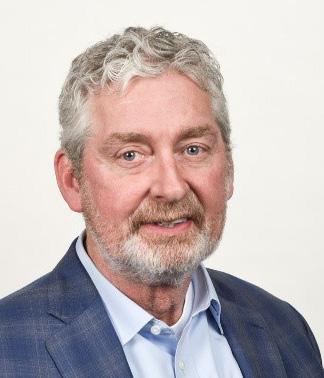
Phil Englert is the director of medical device security for Health-ISAC.
March 2024 | TechNation 73
NETWORKING NOTES
Wi-Fi 7 Arrives Soon
BY GARRETT SEELEY, MS, CBET
Of all the articles I have written over the past 12 months, it would be good if we looked back at the wireless standards. Just for grins, I recently checked the Wi-Fi standards to keep abreast of updates and, sure enough, a new set of hardware is due to be released with an expanded set of capabilities and features. Regardless of if someone is used to the Wi-Fi standards or not, hospitals use wireless devices every day. More devices are using wireless as the Medical Internet of Things (MIoT) gradually expands. HTM professionals have experience with Wi-Fi cards and the 2.4 GHz frequency band. However, the field keeps changing and growing.
Previous articles addressed Wi-Fi types A, B, G, N and mentioned the AC and AX standards. We covered encryption and mentioned WPA3. We even mentioned the G wireless channels. Let’s start with the first change of the new year. The terms are going to change again. Slowly, wireless is moving away from the 802.11 IEEE lettering standard and evolving to a Wi-Fi number. This is purely for marketing and to help eliminate confusion. In fact, they now refer to the 802.11G standard as Wi-Fi 3, as it was the third and most prolific of the standards. The new standard, 802.11 BE, is going to be referred to as the Wi-Fi 7 standard. It is expected to be released in 2024. I will not talk in depth about QAM, which is a mathematical way of transmitting data in a wave shift and amplitude change. Just know that QAM became able to transmit more information in fewer clock pulses as the Wi-Fi number increased. In this regard, Wi-Fi 7 is the most modern and fastest QAM option.
Wi-Fi 7 is faster but will limit newer channels because of its wider bandwidths.
With the advent of Wi-Fi 4, IEEE introduced multiple channel broadcasts, effectively using multiple channels at a time. The N wireless devices did this but took a large
block out of the the 2.4 GHz channels. Functionally, there were 12 channels to Wi-Fi 3, however the channels are too close to each other and bleed together. Therefore, there are only 3 channels to use in the 2.4 GHz range. Using more than one of these channels restricts the whole band. The Wi-Fi 3 native speed was 54Mbps. Wi-Fi 4 used at least 2 of the 3 useable channels, effectively reducing the channels to 1, but giving a 6-times speed jump, up to 300Mbps. It was made for gaming and streaming videos to high-use devices. However, the channels became bogged down because of the channel width, increasing from 20 to 40 MHz. Wi-Fi 4 took up more frequencies. The FCC answer was to expand the channels to give another band; the 5 Ghz band. This allowed Wi-Fi 4 to have more than one functional range. The 5 GHz band features up to 29 single band transmissions, and up to 12 40MHz bands. A newer standard was produced, the Wi-Fi 5 or AC standard. It allows for up to 4 bands to be used together, giving a functional boost to 1800Mbps by using 80 MHz bands. However, we grew as wireless users. People in apartment buildings were all trying to have their own Wi-Fi in an environment of hundreds of access points. The Wi-Fi 6, or AX standard, tried to expand into the 6 GHz frequency range with over 50 new single channel transmissions, however it immediately absorbed them with a 160 MHz bandwidth option. The speeds were impressive, but the wider bandwidth options took the new 6 GHz bands down to a measly seven 160 MHz bands. With usage of the 5 GHz frequencies, it expanded to nine total data paths.
Wi-Fi 7, the BE standard, will expand this feature to 320 MHz, essentially locking a user into the 5 or 6 GHz bands, and offering only three options for data flow. It will be fast, over 30 Gbps, at the cost of available bands. Overall, this may hamper the usability of Wi-Fi 7, particularly in areas with multiple access points, such as public hospital areas or apartment buildings. One thing that may help Wi-Fi 7 is a Wi-Fi 6 feature often called Color. It allows for frequency sharing and is essentially a method for multiple devices sharing a channel without losing speed. In this feature, access points do not talk to all
CONNECTED 74 TechNation | March 2024
devices all the time. Rather Wi-Fi 6 and 7 access points group devices in a way that will allow for a sort of frequency sharing. Coloring a transmission adds dead spots, giving other access points time for communication. This allows multiple access points to function better together in the same area.
Wi-Fi 7 offers better beam forming, but no expansion to WPA security.
Additionally, one of the most effective means of controlling multiple transmissions in the same environment is beam forming. By using several antennas to shape a transmission, access points can steer the waves toward a specific receiving device. It was introduced in Wi-Fi 5 with the N standard and expanded with Wi-Fi 6. This feature is called Mu-MiMo, or mutli-users, multi-in and multi-out and was standardized in Wi-Fi 6. Wi-Fi 7 will expand it to UL Mu-MiMo (Uplink Mu-MiMo), which builds on the Wi-Fi 6 techniques. Another hold over from Wi-Fi 6 is the WPA3 encryption. It offers more data bits in the hashing algorithm but, to be honest, has already been countered by online hackers using embedded exploits. I wanted Wi-Fi 7 to introduce WPA4 or some new encryption that closes the exploits better than Wi-Fi 6. However, encryption is a topic best left for another article.
Only a short 4 years after the latest release of Wi-Fi 6 version E, the new Wi-Fi 7 standard, 802.11 BE, is due to be released this year. The changes look like they are going to be good. Wi-Fi 7 is going to support the new 6 GHz band natively. It will greatly increase speed but reduces the Wi-Fi 7 to only three useable wideband data streams. Keep in mind the color feature will help to keep the channel usage functionally separated. All these changes push the Wi-Fi 7 transfers data up to a theoretical 30 Gbps. In addition, the better beam shaping is supposed to support up to 10 simultaneous high-use devices.
WPA3 is going to be used as the encryption standard. All considered, the new Wi-Fi 7 standard is a speed boost in a day and age when most users are still playing with Wi-Fi 5 devices. Most hospitals would be happy to have a Wi-Fi 6 system, and now Wi-Fi 7 is on the horizon. This will prompt several hospitals and manufacturers to upgrade their new wireless designs to make the most of video capturing and streaming of new technologies, such as 3D augmented reality. The question is, are our devices ready for it?
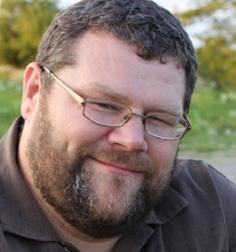 Garrett Seeley, MS, CBET, Biomedical Equipment Support
Garrett Seeley, MS, CBET, Biomedical Equipment Support
Specialist, VISN 17: VA North Texas Health Care System, Dallas Veterans Affairs Medical Center.
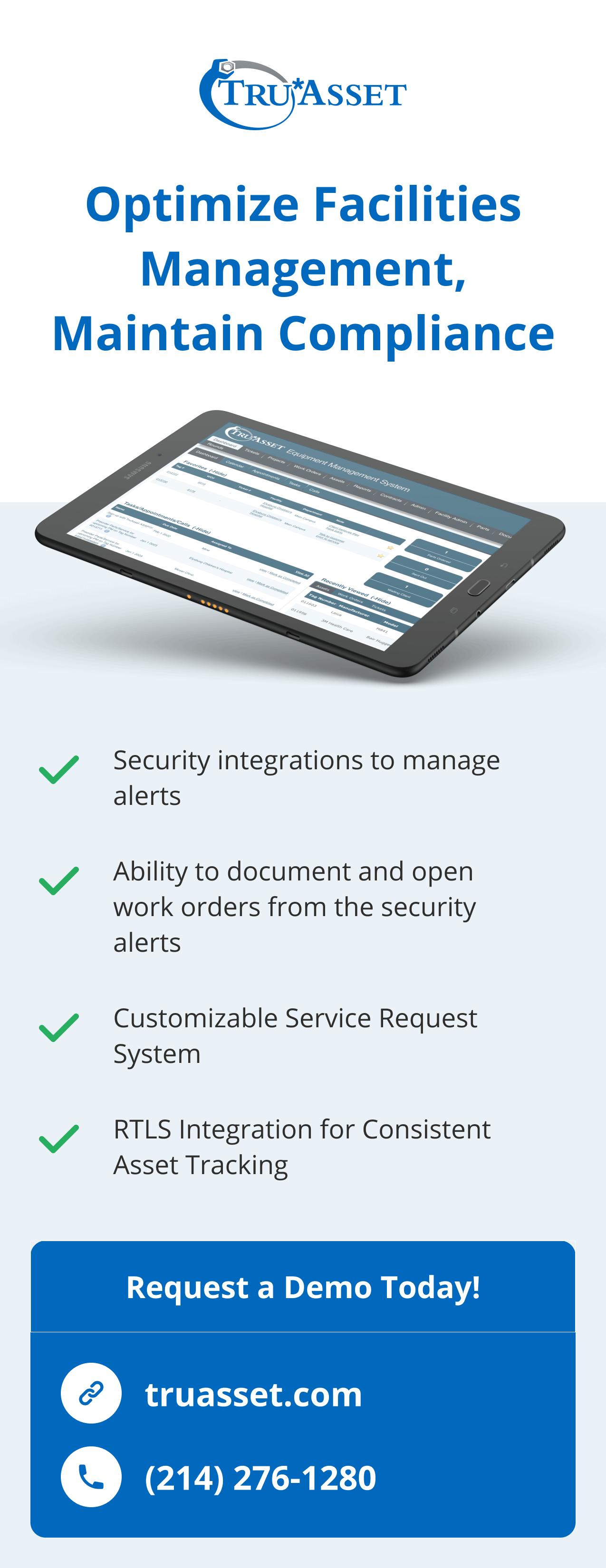
March 2024 | TechNation 75
WHAT’S ON Y UR BENCH?
Joji John
Biomedical Technician I
• Testing equipment
• Laptop with extra monitor
• Notepads
• Calendar
• Water bottles
• Pen
Submit your bench to be featured in TechNation at 1technation.com/my-bench/. You could win a $25 Amazon gift card via the “What’s On Your Bench” Contest!

more, and nothing but happiness come through






BREAKROOM THE
This is a lucky day because MMS has skilled HTM professionals ready to walk in your door! Short or long term BMET staffing available. Just reach out and say Hello@multimedicalsystems.com and one of our team members will reach out to you. For more services visit us at www.multimedicalsystems.com
your
76 TechNation | March 2024
May your troubles be less, your blessings be
door!
TECHNATI N P LL
What is your favorite Little Debbie snack?
17%
STAR CRUNCH
COSMIC BROWNIE 33%
OATMEAL CREAM PIE 42%
HONEY BUNS
Connect with TechNation on LinkedIn at linkedin.com/company/iamtechnation to participate in our next poll: What is the most important thing to you in the workplace?

March 2024 | TechNation 77
8%
BULLETIN BOARD
An online resource where medical equipment professionals can find all the information needed to help them be more successful! The easy to navigate Bulletin Board gives you access to informative blogs, expos and events, continuing education opportunities, and a job board. Visit MedWrench.com/BulletinBoard to find out more about this resource. Follow MedWrench on facebook.com/medwrench & linkedin.com/company/medwrench

UPCOMING EDUCATION
MARCH 18 - 29, 2024
MULTI-PRODUCT C-ARM TRAINING: OEC 9900 & OEC 9800
BLOGS:
ROBOTICS IN BIOMEDICAL ENGINEERING: REVOLUTIONIZING HEALTHCARE
UPCOMING EXPOS & EVENTS
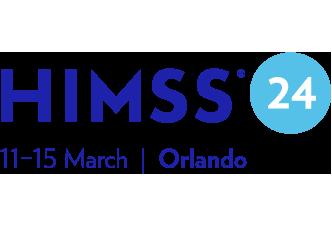
Join HIMSS for their annual symposium in Orlando, FL.
MARCH 11-15, 2024
MARCH 25 - 29, 2024
SERVICING THE GE DIGITAL PORTABLES (SUPER-BEE) FAMILY


CMIA Connect in Anaheim, CA Snow day in Franklin, TN
78 TechNation | March 2024

ACROSS 1 Critical factor when purchasing patient monitors 3 Arrange, often technically as software or hardware 8 Consultant 10 Medical occurrence 12 Specialist that deals with the throat and connected channels to it, abbr. 13 Protection from virus spread 14 Danger signals, 2 words 18 Unify, especially different technical systems 23 Measurement of radiation dosage 24 Government’s levy 25 Trusted company offering expert service for patient monitoring equipment including repairs, rentals, and more 27 Start 28 Artery build up 31 Measure of the amount of light on photographic film 32 Tubular channel DOWN 1 Feature of in patient monitoring systems to alert medical personnel when needed 2 Lower edge of a roof 3 Budget consideration when buying any medical equipment 4 Bundle of axons 5 Cooling substance 6 Put into operation 7 NYC time, abbr. 9 Sign, as a contract 11 Cubic measurement, abbr. 15 Able to adapt to different departments and systems 16 Main arterial passage 17 Wing 18 Upgrade 19 Hollow cylinders used in catheters, for example 20 Part of the larynx consisting of the vocal cords and the opening between them 21 Eroded, with away 22 Small amount 26 Pelican State sch., abbr. 28 Commuter’s transport 29 Hosp. section, abbr. 30 Floor cover BIOMED BRAINBUSTER Visit 1technation.com/crossword for an interactive puzzle. March 2024 | TechNation 79

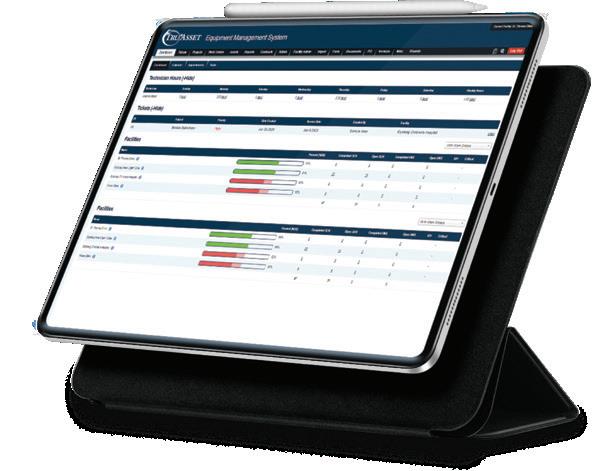

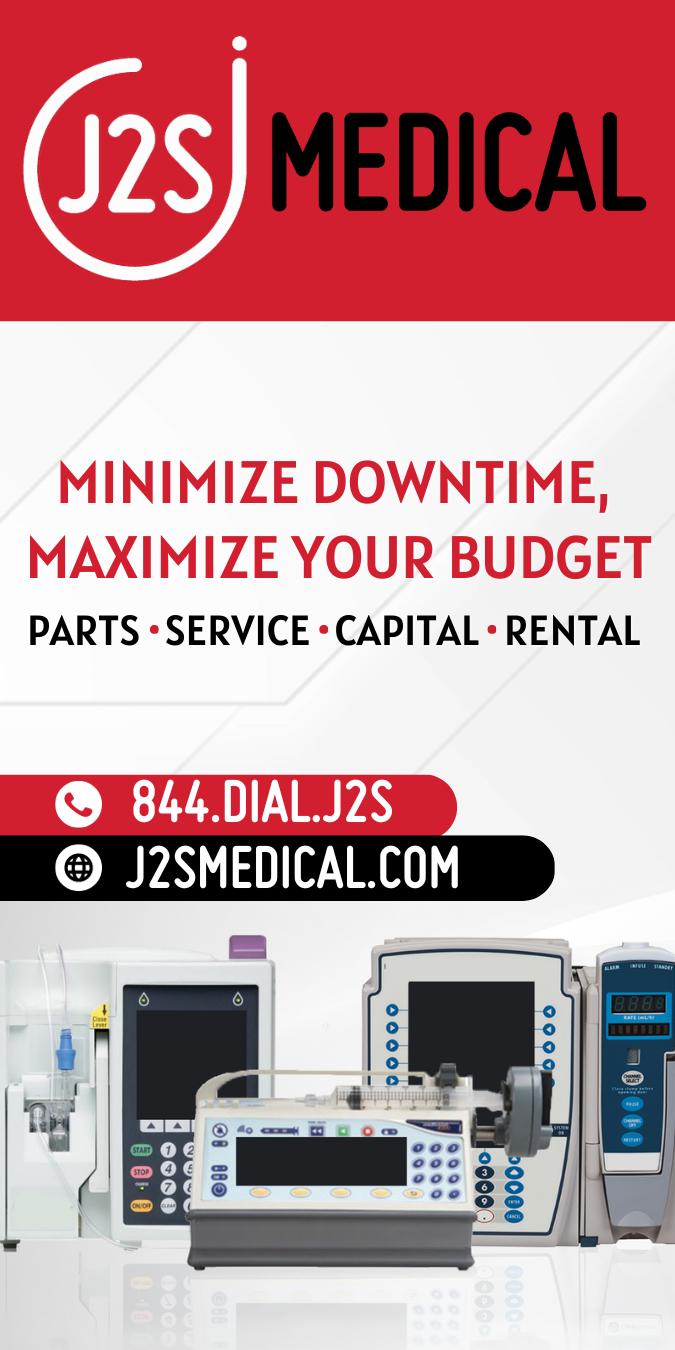


80 TechNation | March 2024 Diagnostic Solutions is a customer service based parts provider that specializes in all imaging modalities and manufacturers. Created to offer hospitals and ISO’s a cost effective and time saving solution for ordering imaging replacement parts, equipment moves, ultrasound probe repair and on-site service. Contact us today, we are confident you will see us as THE Parts Solution! 330.296.9729 diagnostic-solutions.com CONTACT US TODAY! We’ve got the solution! Operate Efficiently, Perform Real Time, Simplify Compliance Simplify the PM Process www.truasset.com 214-276-1280 sales@truasset.com
CMIA SCRAPBOOK
CMIA Connect 2024 was a success with members, vendors and visitors coming together for networking, education and a full exhibit hall. The event was held January 18-20 at the Hilton Anaheim with a schedule that included two days of connection and education. A night of bowling was an added feature for many with a chance to connect while knocking down pins.
For more information about CMIA and upcoming events, visit CMIA.org.
1. CMIA members were on-hand to greet attendees and vendors as they arrived at the 2024 CMIA Connect.
2. Cheers to Jennifer Nichols, CMIA conference chair, for the hard work she put into planning a successful CMIA Connect!
3. Kushang Patel was among those honored during the CMIA Connect awards dinner. Patel received the Frank Yip Scholarship, created to honor the memory of beloved CMIA member Franklin Yip.
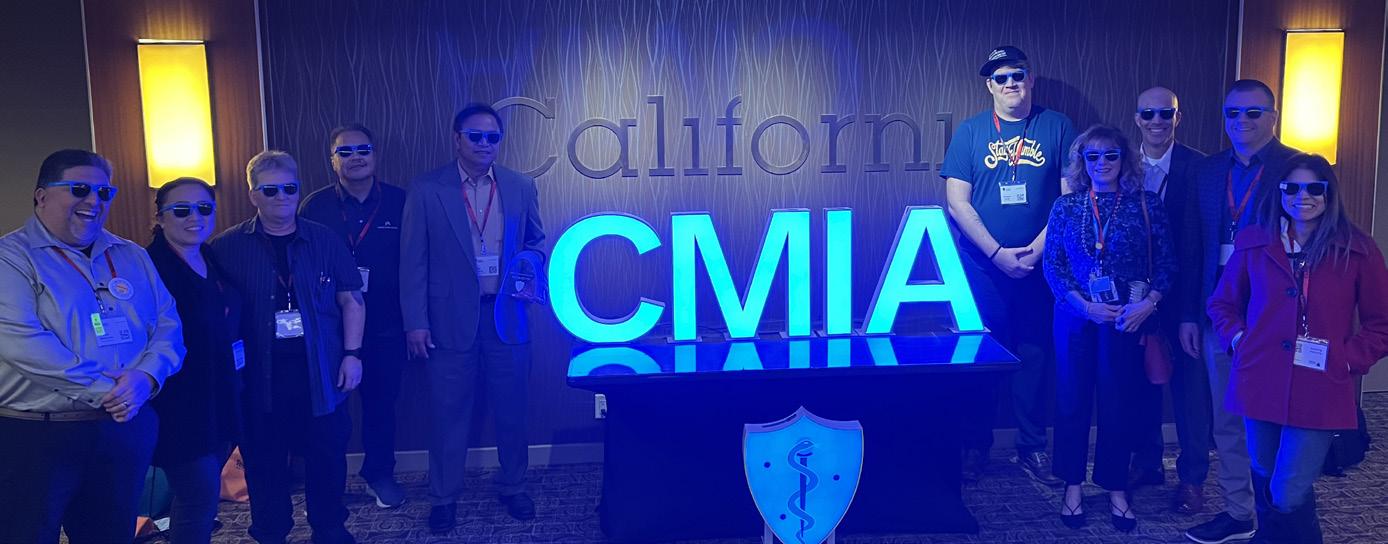
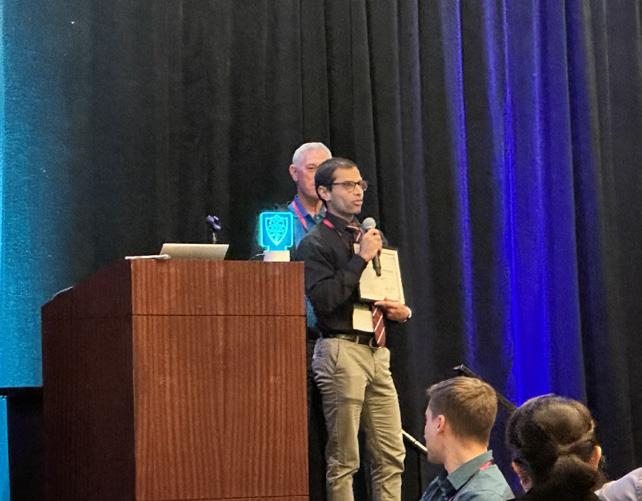
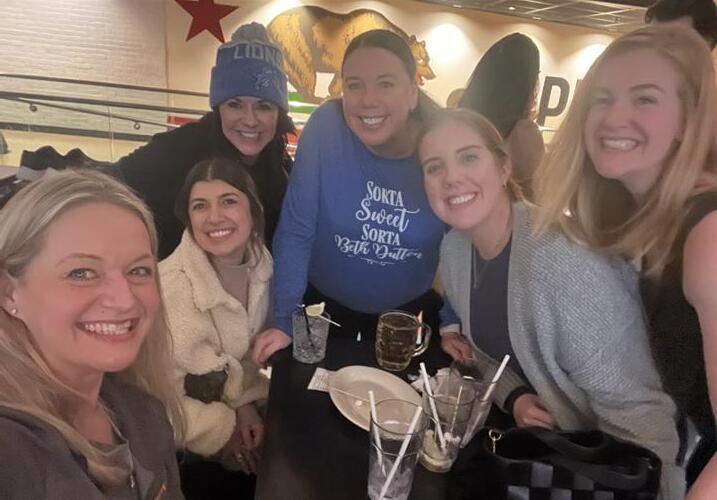
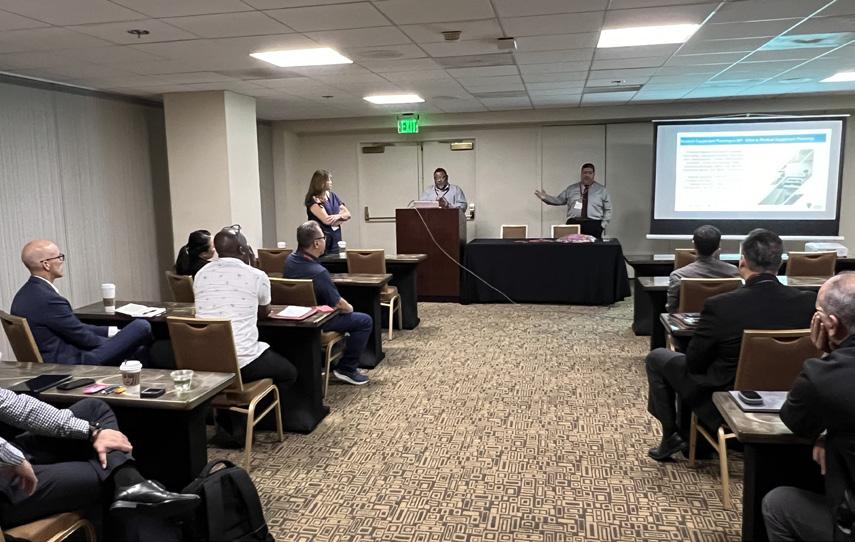
4. This group of ladies could SPARE time to STRIKE a pose at the USOC-sponsored finale event, a fun time bowling at Splitsville Luxury Lanes.
5. Education is a top priority at CMIA Connect. Attendees were able to learn from industry leaders and vendors while earning CE credits.
6. Binseng Wang gave a well-received keynote address titled “AEM Program Based on Evidence-Based Maintenance.”
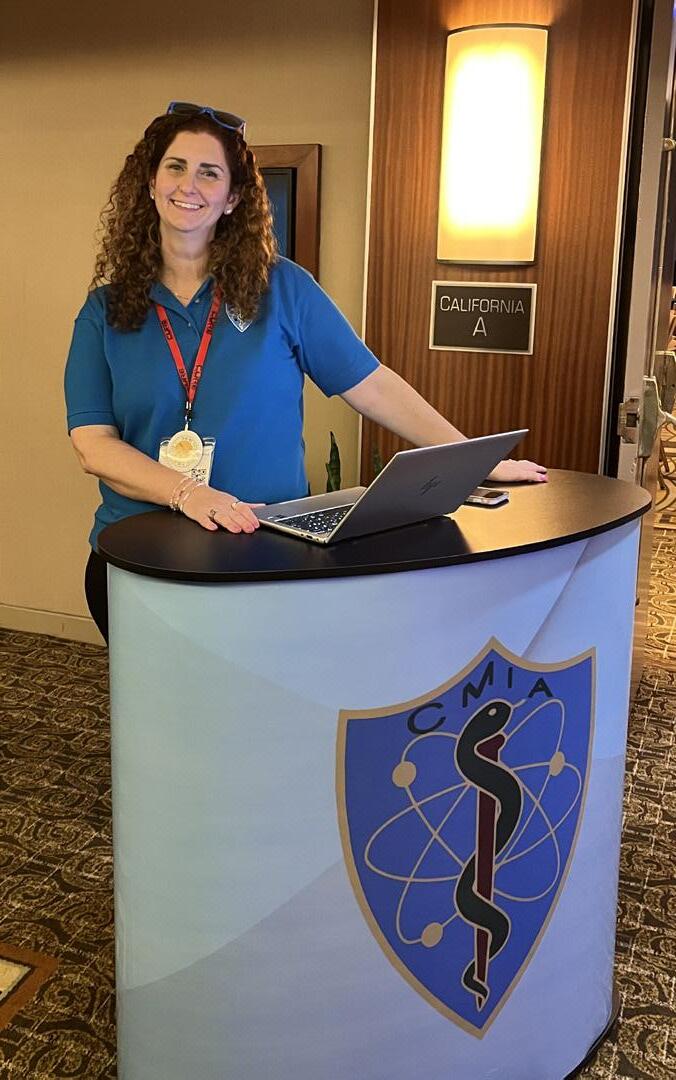
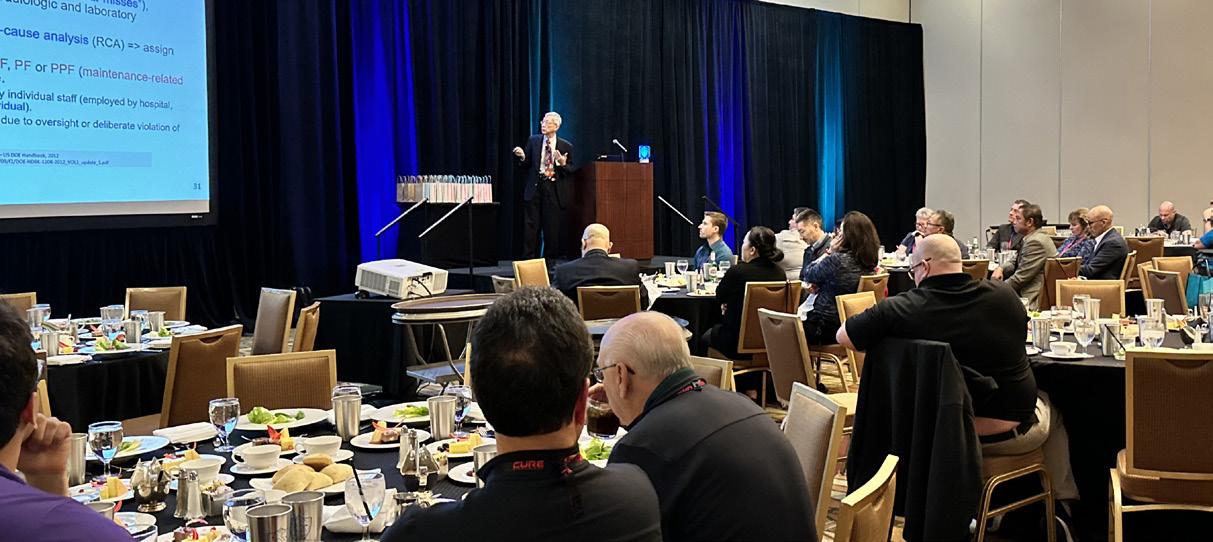
BREAKROOM
1
3
5 6
4
2
March 2024 | TechNation 81
Company Info AD PAGE PARTS SERVICE TRAINING Company Info AD PAGE PARTS SERVICE TRAINING SERVICE INDEX Anesthesia USOC Medical usocmedical.com • 855-888-8762 3 P P Asset Management EQ2 eq2llc.com • 888-312-4367 23 Renovo Solutions renovo1.com • 844-4RENOVO 63 P P TruAsset, LLC truasset.com • 214-276-1280 75,80 Biomedical BC Group International, Inc BCGroupStore.com • 314-638-3800 BC College of Biomedical Equipment Technology cbet.edu • 866-866-9027 11 P J2S Medical www.j2smedical.com • 844-342-5527 80 P P Maull Biomedical Training maullbiomedicaltraining.com • 440-724-7511 33 P P P MultiMedical Systems multimedicalsystems.com • 888-532-8056 76 P P Probo Medical probomedical.com • 3174947872 6 Pronk Technologies, Inc. pronktech.com • 800-609-9802 2,31,67 Renovo Solutions renovo1.com • 844-4RENOVO 63 Soma Tech Intl somatechnology.com • 800-438-7662 35 C-Arm Probo Medical probomedical.com • 3174947872 6 P P Soma Tech Intl somatechnology.com • 800-438-7662 35 P P Cardiac Monitoring Jet Medical Electronics Inc www.jetmedical.com • 714-937-0809 67 P P The Soaring Hearts Group soaringheartsinc.com • 855.438.7744 38 P P Cardiology Southeastern Biomedical, Inc sebiomedical.com/ • 828-396-6010 20 P P CMMS EQ2 eq2llc.com • 888-312-4367 23 Pronk Technologies, Inc. pronktech.com • 800-609-9802 2,31,67 TruAsset, LLC truasset.com • 214-276-1280 75,80 Computed Tomography CM Parts Plus cmpartsplus.com • 877-267-2784 38 P P Diagnostic Solutions diagnostic-solutions.com • 330-296-9729 80 P P KEI Medical Imaging Services keimedicalimaging.com • 512-477-1500 33 Maull Biomedical Training maullbiomedicaltraining.com • 440-724-7511 33 P P P RSTI rsti-training.com • 800-229-7784 7 P P P Tri-Imaging Solutions triimaging.com • 855-401-4888 17,67 P P P Consultancy NVRT Labs Inc. nvrtlabs.com • 77 Contrast Media Injectors Maull Biomedical Training maullbiomedicaltraining.com • 440-724-7511 33 P P P Cyber Security College of Biomedical Equipment Technology cbet.edu • 866-866-9027 11 P Renovo Solutions renovo1.com • 844-4RENOVO 63 Defibrillator Soma Tech Intl somatechnology.com • 800-438-7662 35 P P Diagnostic Imaging CM Parts Plus cmpartsplus.com • 877-267-2784 38 P P Diagnostic Solutions diagnostic-solutions.com • 330-296-9729 80 P P Innovatus Imaging innovatusimaging.com • 844-687-5100 8 Maull Biomedical Training maullbiomedicaltraining.com • 440-724-7511 33 P P P Probo Medical probomedical.com • 3174947872 6 P P Renovo Solutions renovo1.com • 844-4RENOVO 63 Tri-Imaging Solutions triimaging.com • 855-401-4889 17,67 P P 82 TechNation | March 2024
Company Info AD PAGE PARTS SERVICE TRAINING Company Info AD PAGE PARTS SERVICE TRAINING SERVICE INDEX Education/Training College of Biomedical Equipment Technology cbet.edu • 866-866-9027 11 P ECRI Institute ecri.org • 610-825-6000 36 P Maull Biomedical Training maullbiomedicaltraining.com • 440-724-7511 33 P NVRT Labs Inc. nvrtlabs.com • 77 RSTI rsti-training.com • 800-229-7784 7 P Tri-Imaging Solutions triimaging.com • 855-401-4892 17,67 Webinar Wednesday http://webinarwednesday.live/ • 71 P Employment/Recruiting HTM Jobs www.htmjobs.com • 46 Multimedical Systems multimedicalsystems.com • 888-532-8056 76 Endoscopy Healthmark Industries hmark.com • 800-521-6224 4 P P Multimedical Systems multimedicalsystems.com • 888-532-8056 76 P P General ALCO Sales & Service Co. www.alcosales.com • 800-323-4282 85 EQ2 eq2llc.com • 888-312-4367 23 Infection Control Healthmark Industries hmark.com • 800-521-6224 4 P P Infusion Pumps AIV aiv-inc.com • 888-587-6759 63 P P BC Group International, Inc BCGroupStore.com • 314-638-3800 BC J2S Medical www.j2smedical.com • 844-342-5527 80 P P J2S Medical www.j2smedical.com • 844-342-5527 80 P P Multimedical Systems multimedicalsystems.com • 888-532-8056 76 P P PM Biomedical pmbiomedical.com • 800-777-6474 80 P P Pronk Technologies, Inc. pronktech.com • 800-609-9802 2,31,67 USOC Medical usocmedical.com • 855-888-8762 3 P P Installs/Deinstalls KEI Medical Imaging Services keimedicalimaging.com • 512-477-1500 33 Laboratory College of Biomedical Equipment Technology cbet.edu • 866-866-9027 11 P Mammography RSTI rsti-training.com • 800-229-7784 7 P P P Monitors/CRTs Soma Tech Intl somatechnology.com • 800-438-7662 35 P P Tenacore LLC tenacore.com • 800-297-2241 40 P P MRI CM Parts Plus cmpartsplus.com • 877-267-2784 38 P P Diagnostic Solutions diagnostic-solutions.com • 330-296-9729 80 P P Innovatus Imaging innovatusimaging.com • 844-687-5100 8 KEI Medical Imaging Services keimedicalimaging.com • 512-477-1500 33 Probo Medical probomedical.com • 3174947872 6 P P Tri-Imaging Solutions triimaging.com • 855-401-4891 17,67 P P Nuclear Medicine Diagnostic Solutions diagnostic-solutions.com • 330-296-9729 80 P P Online Resource MedWrench www.MedWrench.com • 30 Oxygen Blender Tenacore LLC tenacore.com • 800-297-2241 40 P P Patient Monitors AIV aiv-inc.com • 888-587-6759 63 P P BC Group International, Inc BCGroupStore.com • 314-638-3800 BC March 2024 | TechNation 83
Company Info AD PAGE PARTS SERVICE TRAINING SERVICE INDEX CONTINUED PM Biomedical pmbiomedical.com • 800-777-6474 80 P P Pronk Technologies, Inc. pronktech.com • 800-609-9802 2,31,67 Southeastern Biomedical, Inc sebiomedical.com/ • 828-396-6010 20 P P Tenacore LLC tenacore.com • 800-297-2241 40 P P USOC Medical usocmedical.com • 855-888-8762 3 P P Refurbish Innovatus Imaging innovatusimaging.com • 844-687-5100 8 Rental/Leasing J2S Medical www.j2smedical.com • 844-342-5527 80 Repair AIV aiv-inc.com • 888-587-6759 63 P P BC Group International, Inc BCGroupStore.com • 314-638-3800 BC CM Parts Plus cmpartsplus.com • 877-267-2784 38 P P Innovatus Imaging innovatusimaging.com • 844-687-5100 8 PM Biomedical pmbiomedical.com • 800-777-6474 80 P P Soma Tech Intl somatechnology.com • 800-438-7662 35 Tenacore LLC tenacore.com • 800-297-2241 40 Replacement Parts AIV aiv-inc.com • 888-587-6759 63 P P Diagnostic Solutions diagnostic-solutions.com • 330-296-9729 80 P P J2S Medical www.j2smedical.com • 844-342-5527 80 KEI Medical Imaging Services keimedicalimaging.com • 512-477-1500 33 PM Biomedical pmbiomedical.com • 800-777-6474 80 P P Tenacore LLC tenacore.com • 800-297-2241 40 USOC Medical usocmedical.com • 855-888-8762 3 Software EQ2 eq2llc.com • 888-312-4367 23 TruAsset, LLC truasset.com • 214-276-1280 75,80 Surgical MultiMedical Systems multimedicalsystems.com • 888-532-8056 76 P Telemetry AIV aiv-inc.com • 888-587-6759 63 P P PM Biomedical pmbiomedical.com • 800-777-6474 80 P P USOC Medical usocmedical.com • 855-888-8762 3 P P Test Equipment BC Group International, Inc BCGroupStore.com • 314-638-3800 BC P P Healthmark Industries hmark.com • 800-521-6224 4 P P Pronk Technologies, Inc. pronktech.com • 800-609-9802 2,31,67 P P Radcal Corporation www.radcal.com • 800-423-7169 25 Southeastern Biomedical, Inc sebiomedical.com/ • 828-396-6010 20 P P Ultrasound Innovatus Imaging innovatusimaging.com • 844-687-5100 8 MW Imaging www.mwimaging.com • 877-889-8223 5 P P P Probo Medical probomedical.com • 317-494-7872 6 P P Summit Imaging Inc. mysummitimaging.com • 866-586-3744 27 P P P X-Ray RSTI rsti-training.com • 800-229-7784 7 P P P Tri-Imaging Solutions triimaging.com • 855-401-4890 17,67 P P Company Info AD PAGE PARTS SERVICE TRAINING 84 TechNation | March 2024
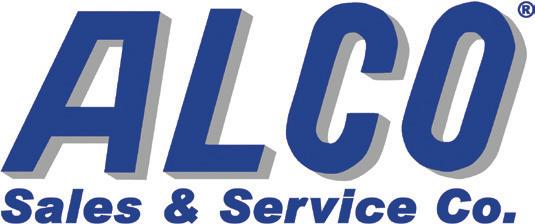
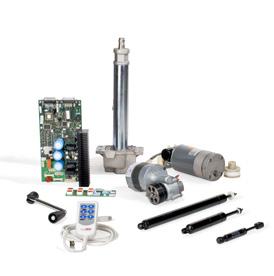

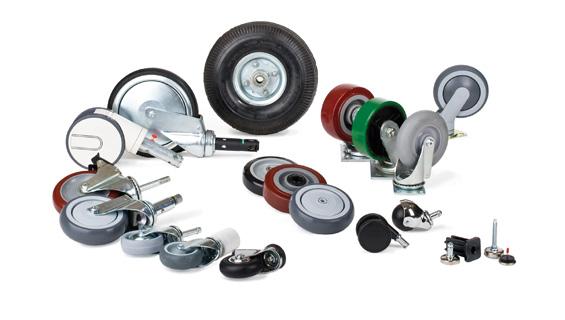
ALPHABETICAL INDEX AIV 63 ALCO Sales & Service Co. 85 BC Group International, Inc BC CM Parts Plus 38 College of Biomedical Equipment Technology 11 Diagnostic Solutions 80 ECRI Institute 36 EQ2 ………………………………… 23 Healthmark Industries 4 HTM Jobs 46 Innovatus Imaging …………………… 8 J2S Medical 80 Jet Medical Electronics Inc 67 KEI Medical Imaging Services 33 Maull Biomedical Training 33 MedWrench 30 MultiMedical Systems 76 MW Imaging 5 NVRT Labs Inc. 77 PM Biomedical 80 Probo Medical 6 Pronk Technologies, Inc. 2,31,67 Radcal Corporation 25 Renovo Solutions 63 RSTI 7 Soma Tech Intl 35 Southeastern Biomedical, Inc 20 Summit Imaging Inc. 27 Tenacore LLC 40 The Soaring Hearts Group ………… 38 Tri-Imaging Solutions 17,67 TruAsset, LLC 75,80 USOC Medical ………………………… 3 Webinar Wednesday 71 March 2024 | TechNation 85 800.323.4282 alcosales.com GET 10% OFF! ORDER ONLINE AND GET 10% OFF YOUR 1ST WEB ORDER! COUPON CODE: FIRSTORDER Specializing in Replacement Parts for: Beds Stretchers OR/ER Wheelchairs & Casters ALCO Sales has your solution!
SHOW US YOUR SH P
The Show Us Your Shop feature is where TechNation will share submitted photos of your biomed/HTM shops. Clean? Messy? We want to see them ALL!
Simply post your photo on social media and use the hashtag #ShowUsYourShop. A member of the TechNation team will contact you for approval.
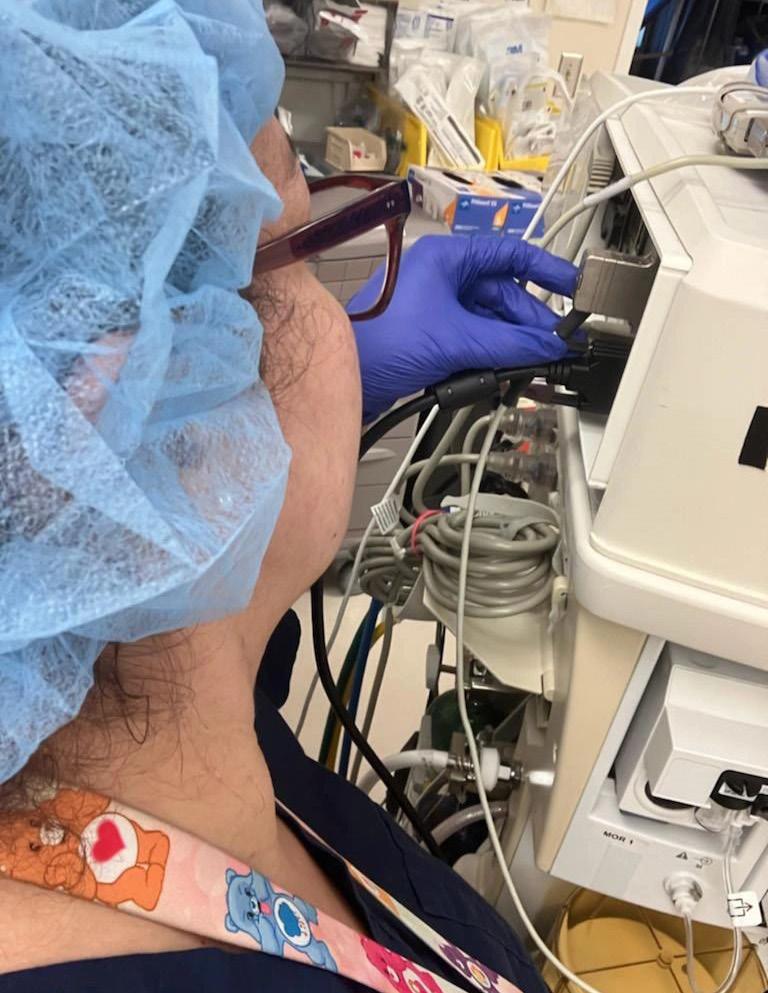


“I got to replace a couple of cables on an anesthesia device, with the help of my awesome teammates!”
“Biomeds contribute to so much in our health system you wouldn’t think of. I put together 2 of these for Histology. They are camera interfaces to look at tissue and organs of cadavers. I put one together next to a cadaver table and another next to body parts in jars. Oh memories.”
“It’s been a De(C-ARM)ember filled with completing PMs and conducting on-site repairs on a few 9900 Elites. Managed to fit in some ultrasound PMs and repairs.”
Photo by Nicole Ruffin Photo by Chace Torres, CBET, CHTM
BREAKROOM
Photo by Yousif Elbosiry
86 TechNation | March 2024
DISCOVERING THE POSSIBILITIES
REGISTER NOW!
DON'T MISS THE KEYNOTE!
Confidence is NOT Rocket Science: How to Overcome the Self-doubt of Impostor Syndrome presented by Maureen Zappala | April 8th at 2 PM Join the AAMI CBET Study Course that will be led by Dave Scott. NOTE: $125 fee applies for CBET Review Course registration and includes both Sunday and Monday sessions. VIP Pass is not applicable.
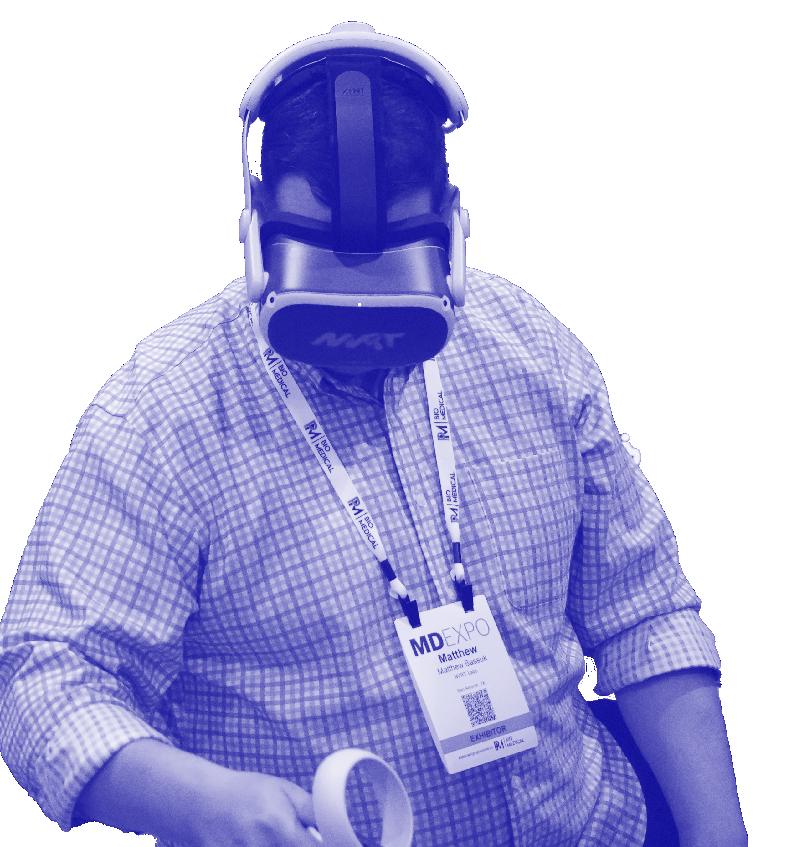
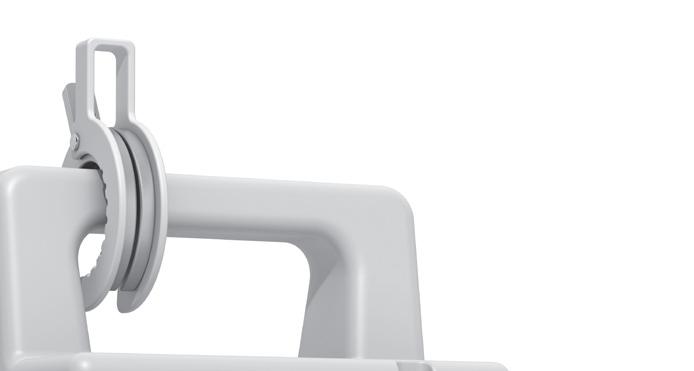

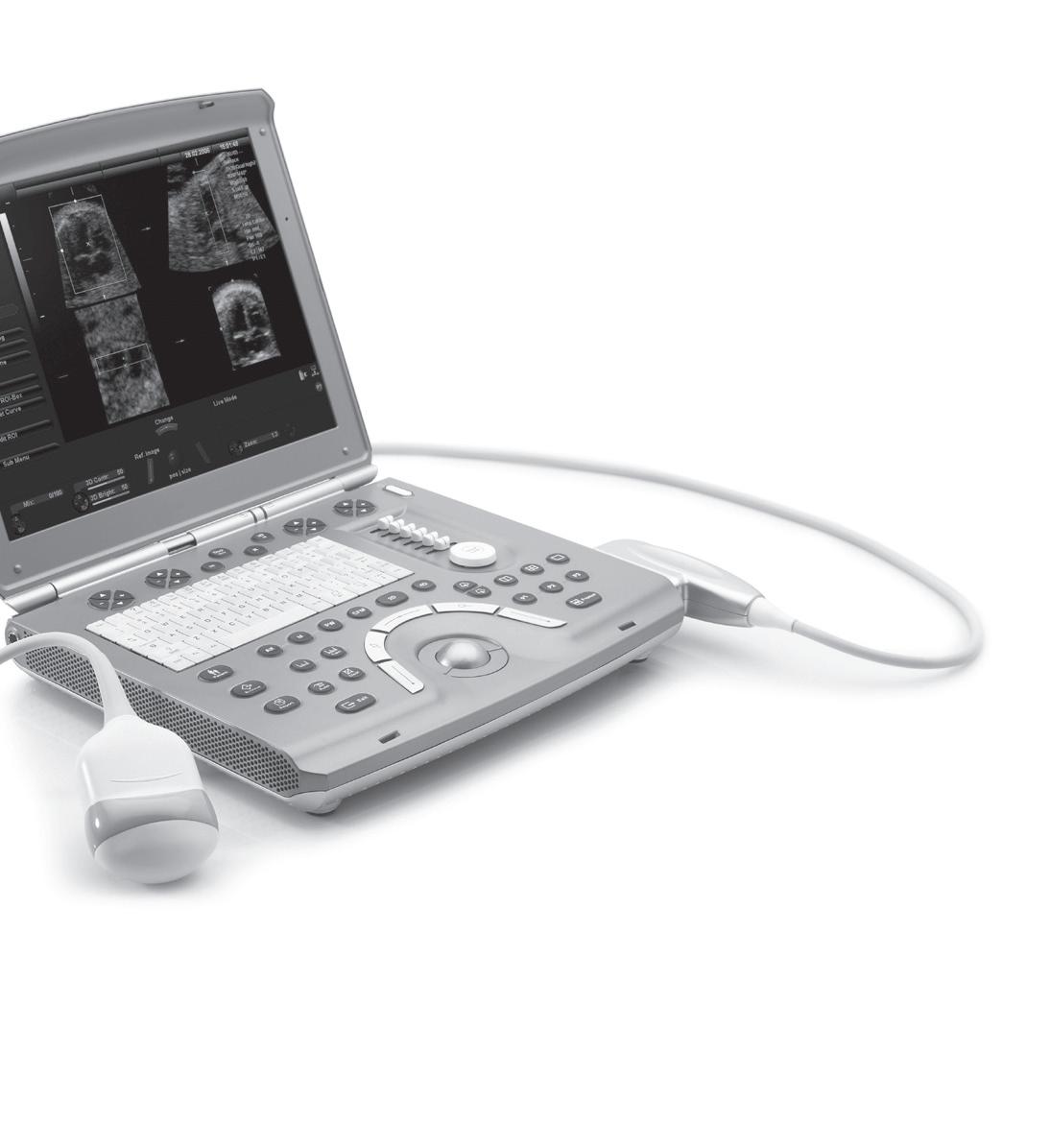

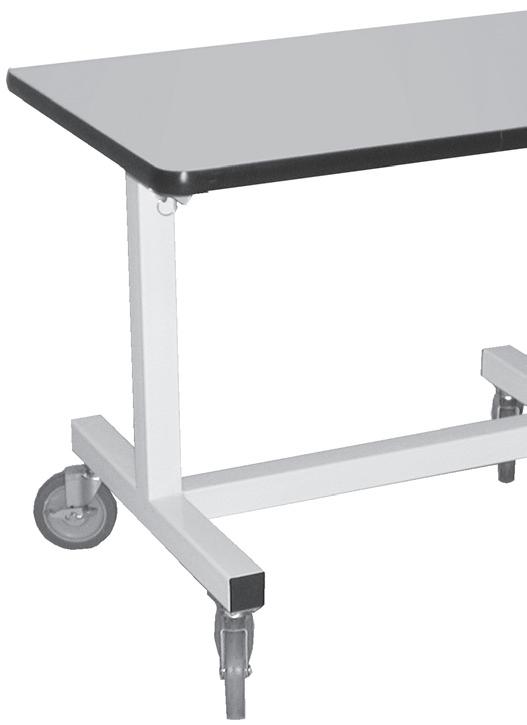


LAS VEGAS | APRIL 7-9, 2024
SCAN HERE
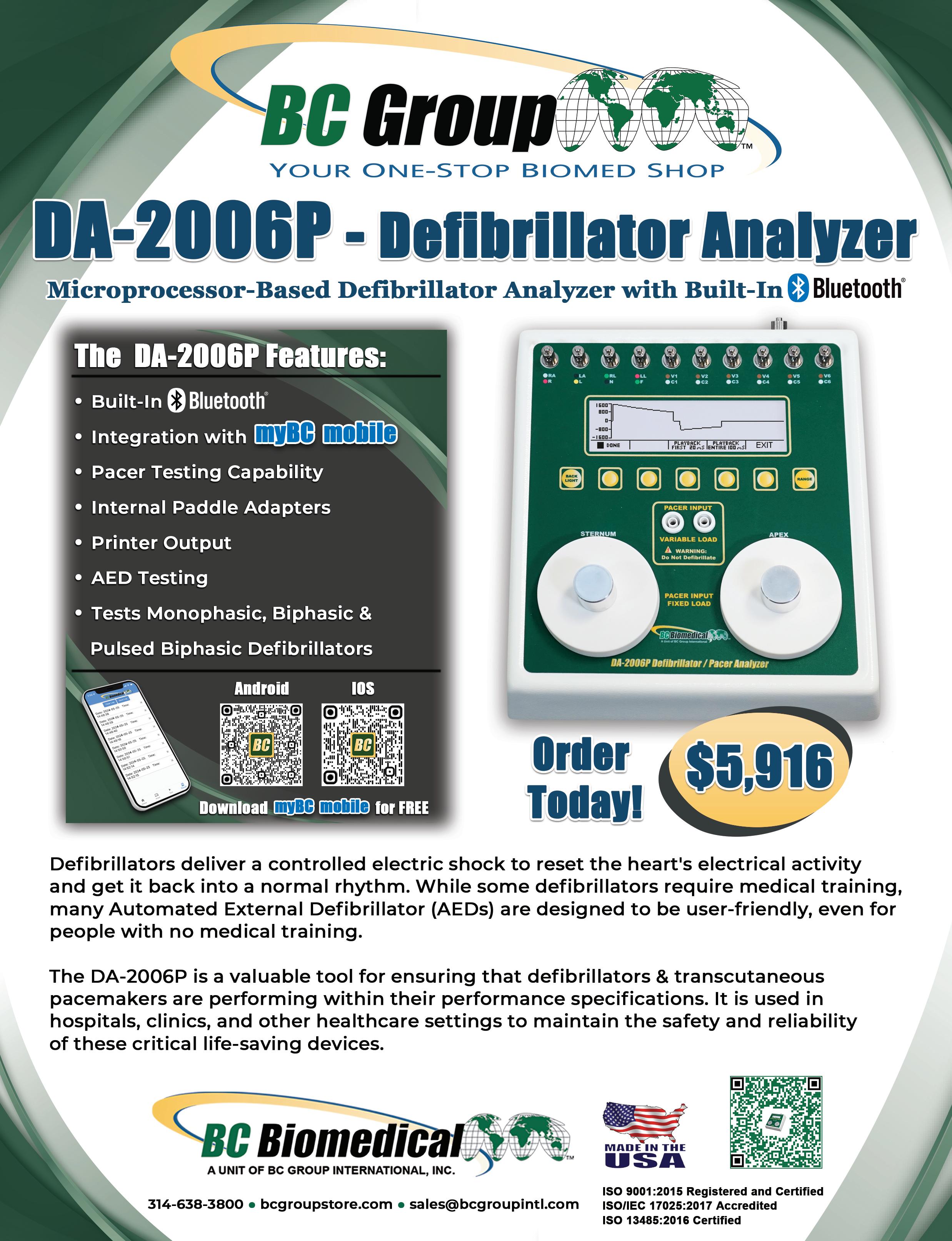



























































































































































 - D. Anderson, Tanana Chiefs Conference
- D. Anderson, Tanana Chiefs Conference





 Shankar
Somasundaram
Asimily
Axel Wirth MedCrypt
Shankar
Somasundaram
Asimily
Axel Wirth MedCrypt














































































































 Garrett Seeley, MS, CBET, Biomedical Equipment Support
Garrett Seeley, MS, CBET, Biomedical Equipment Support







































